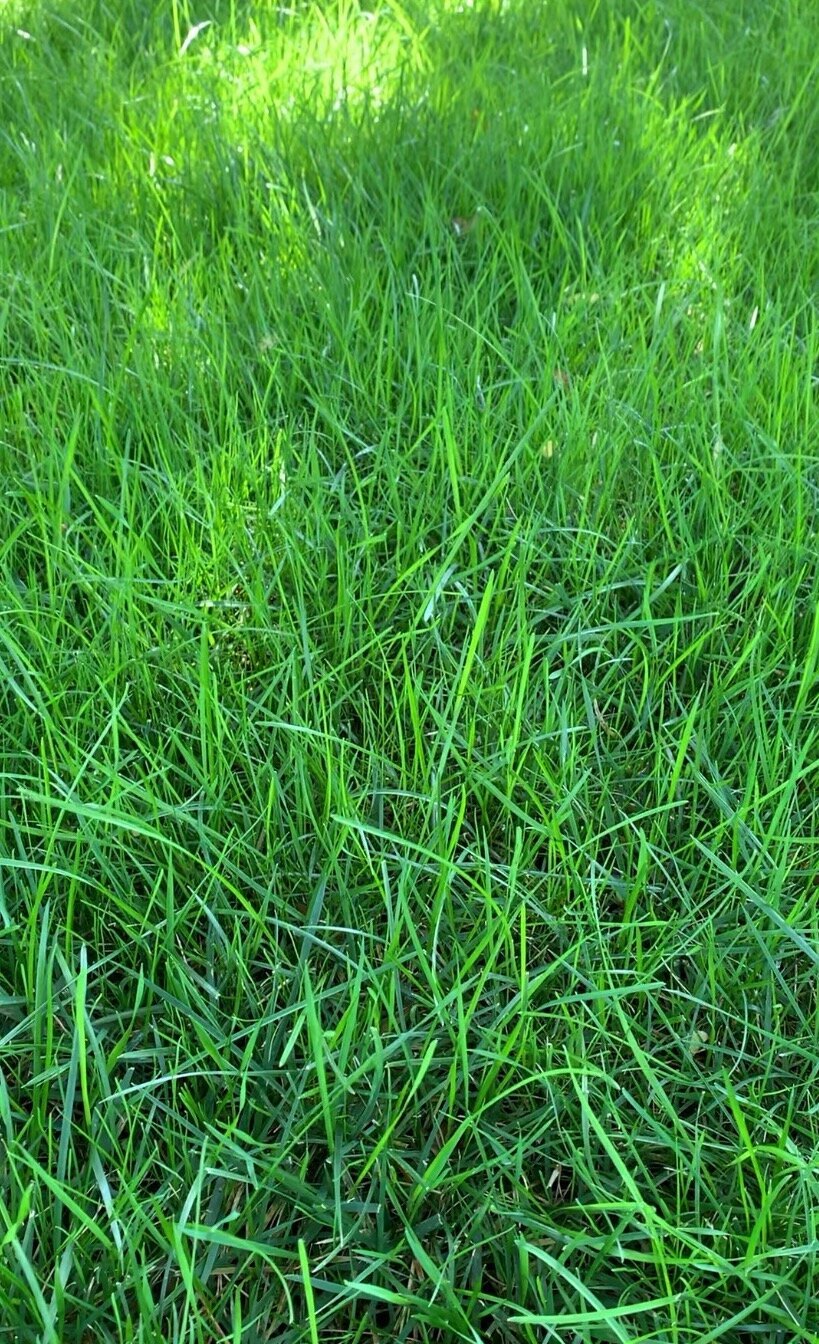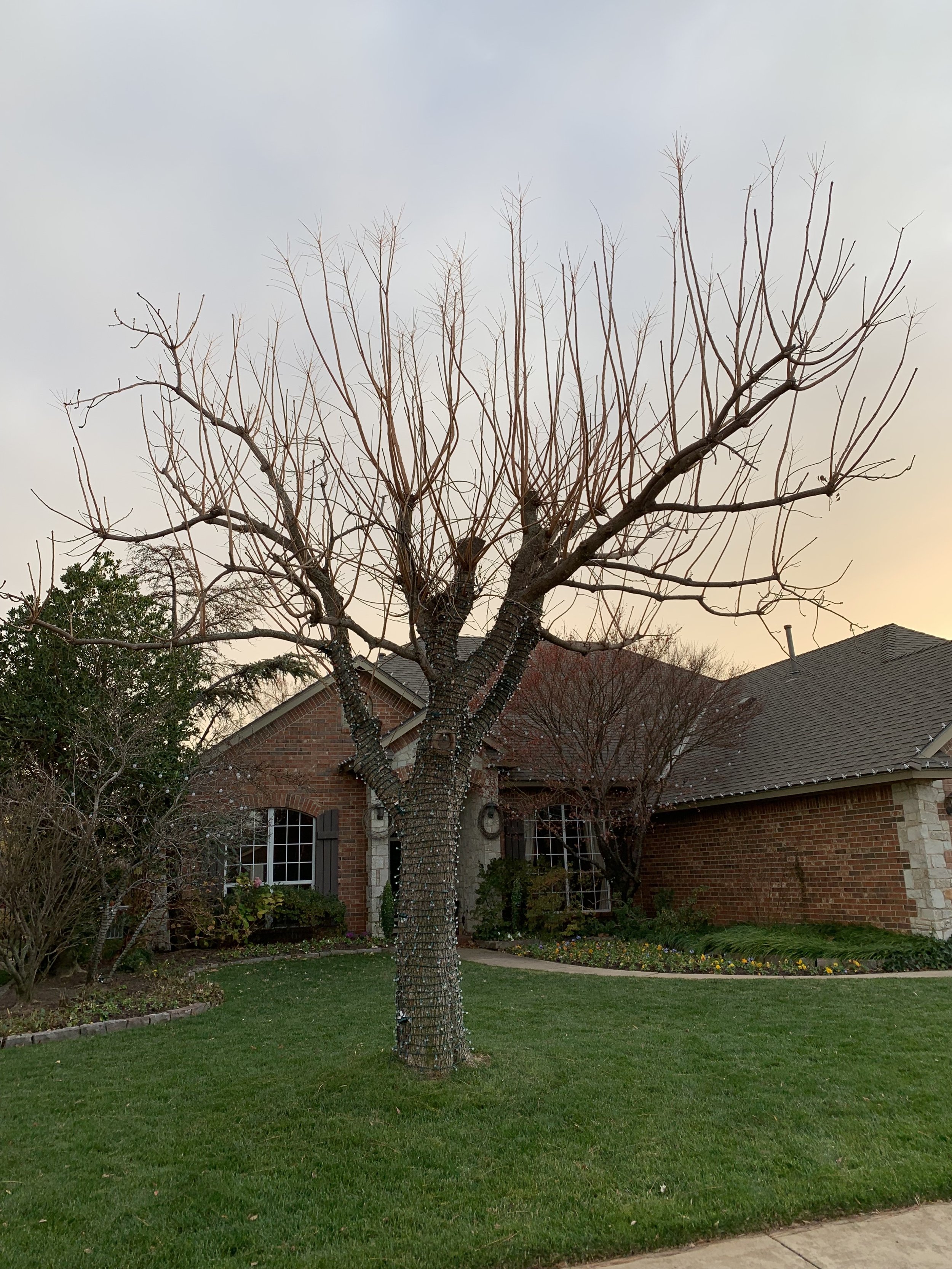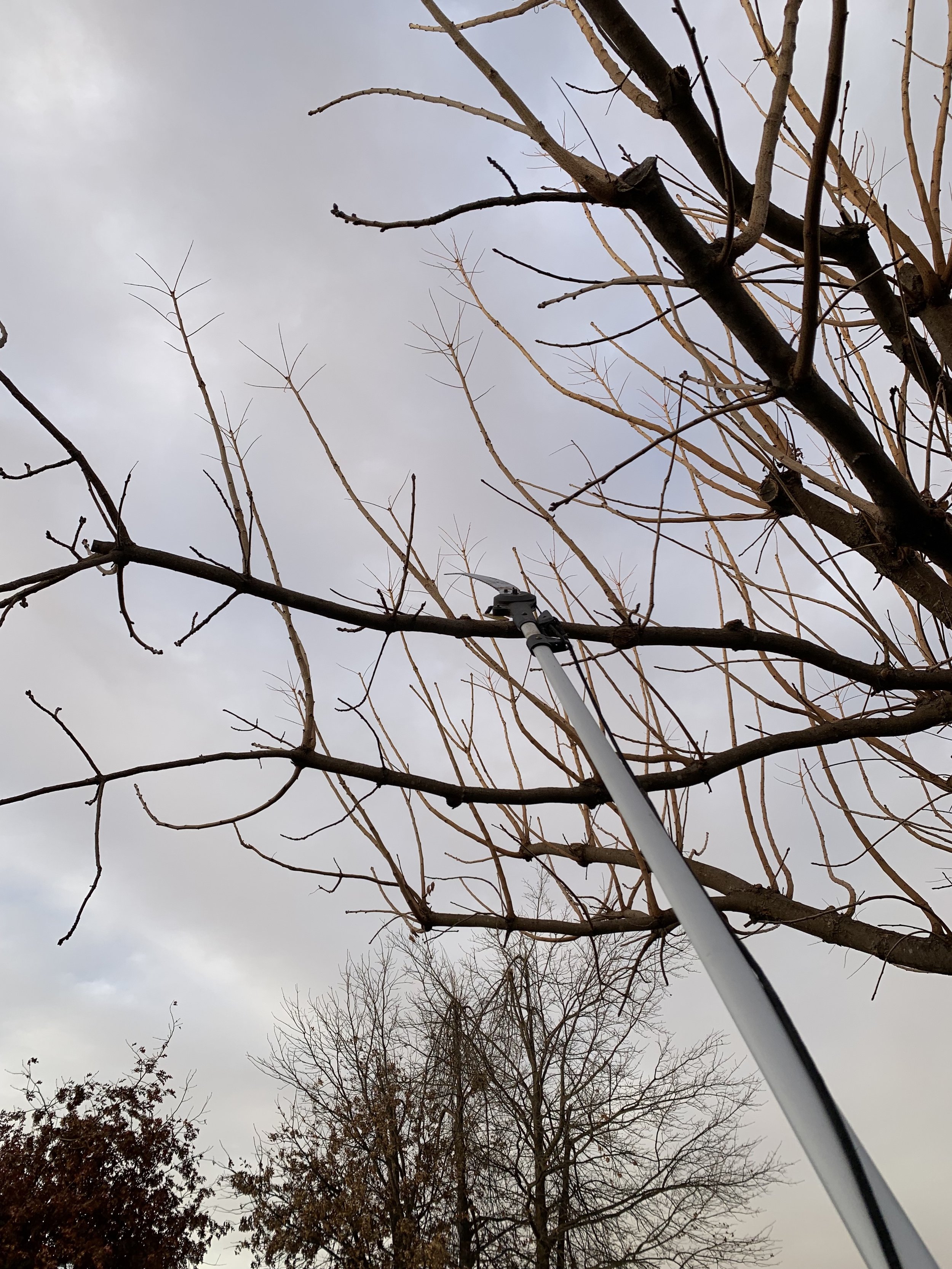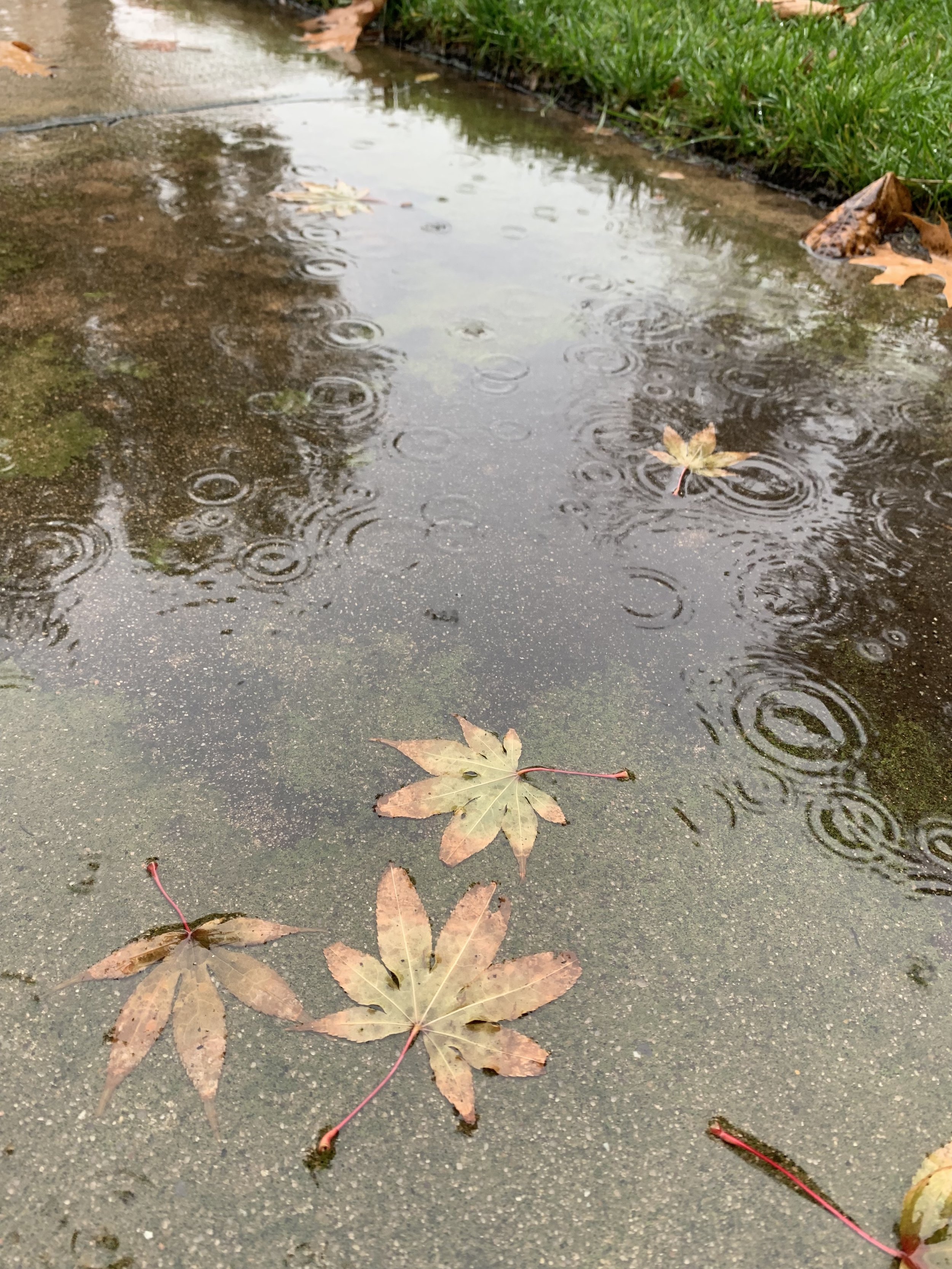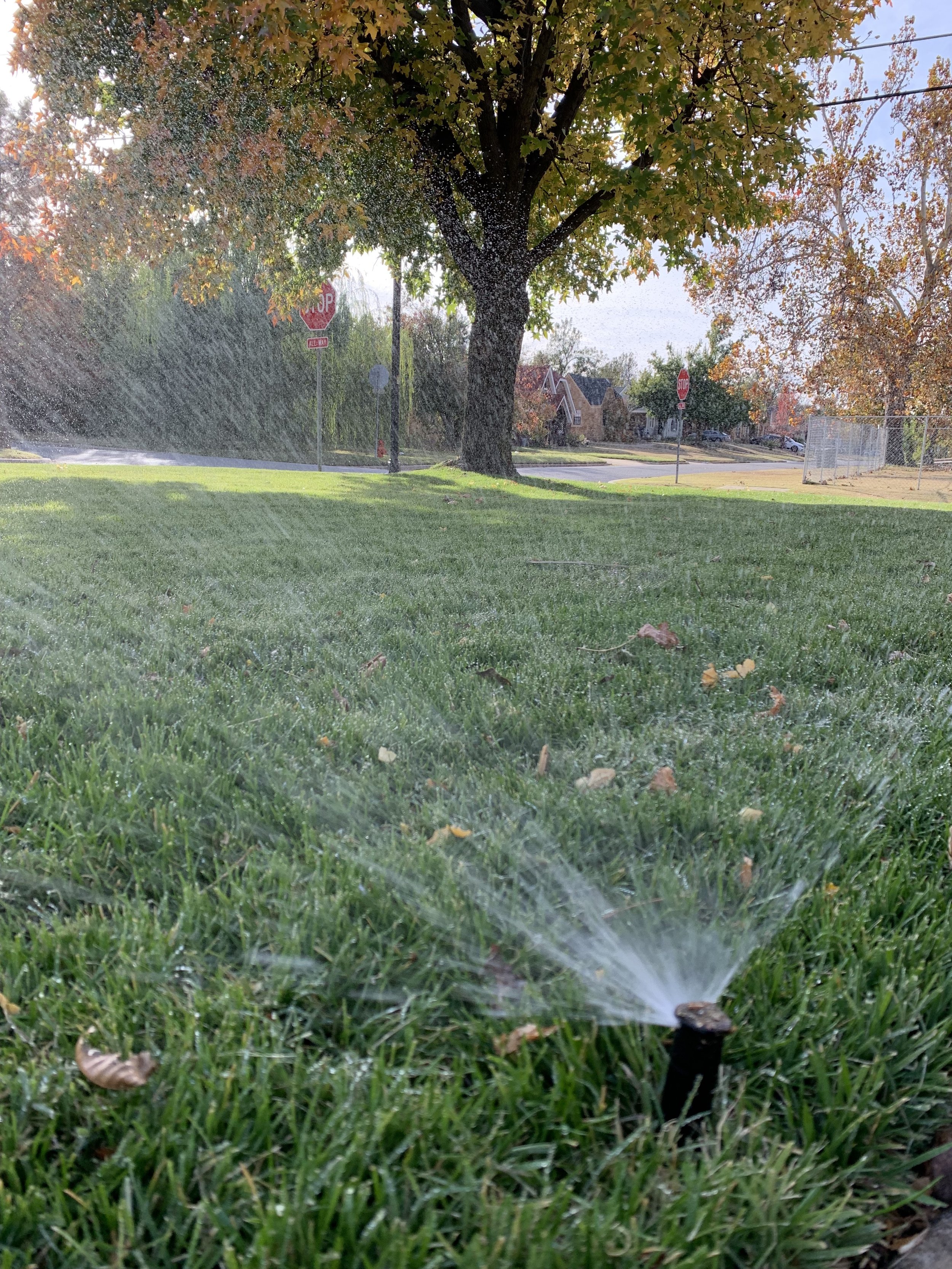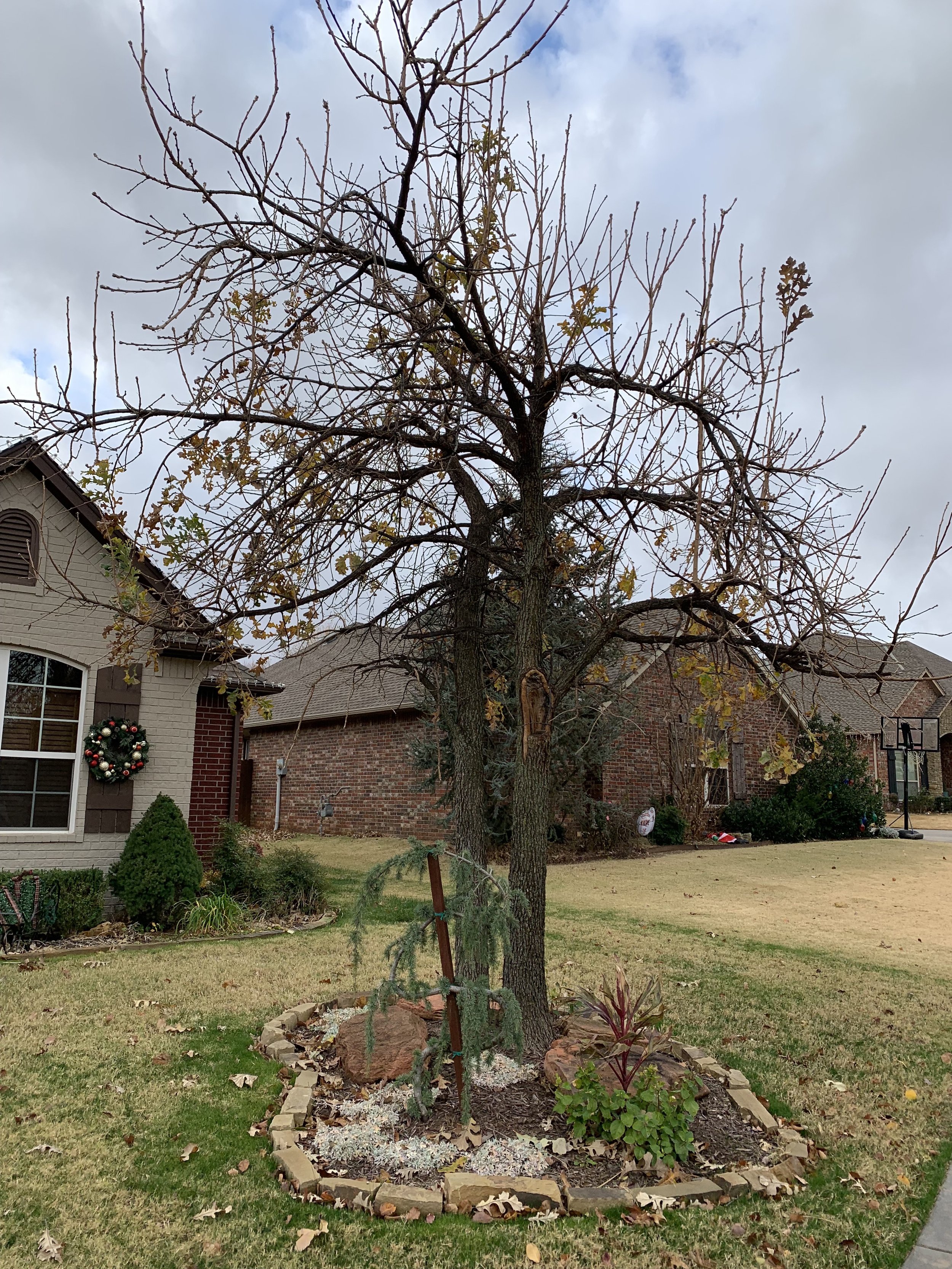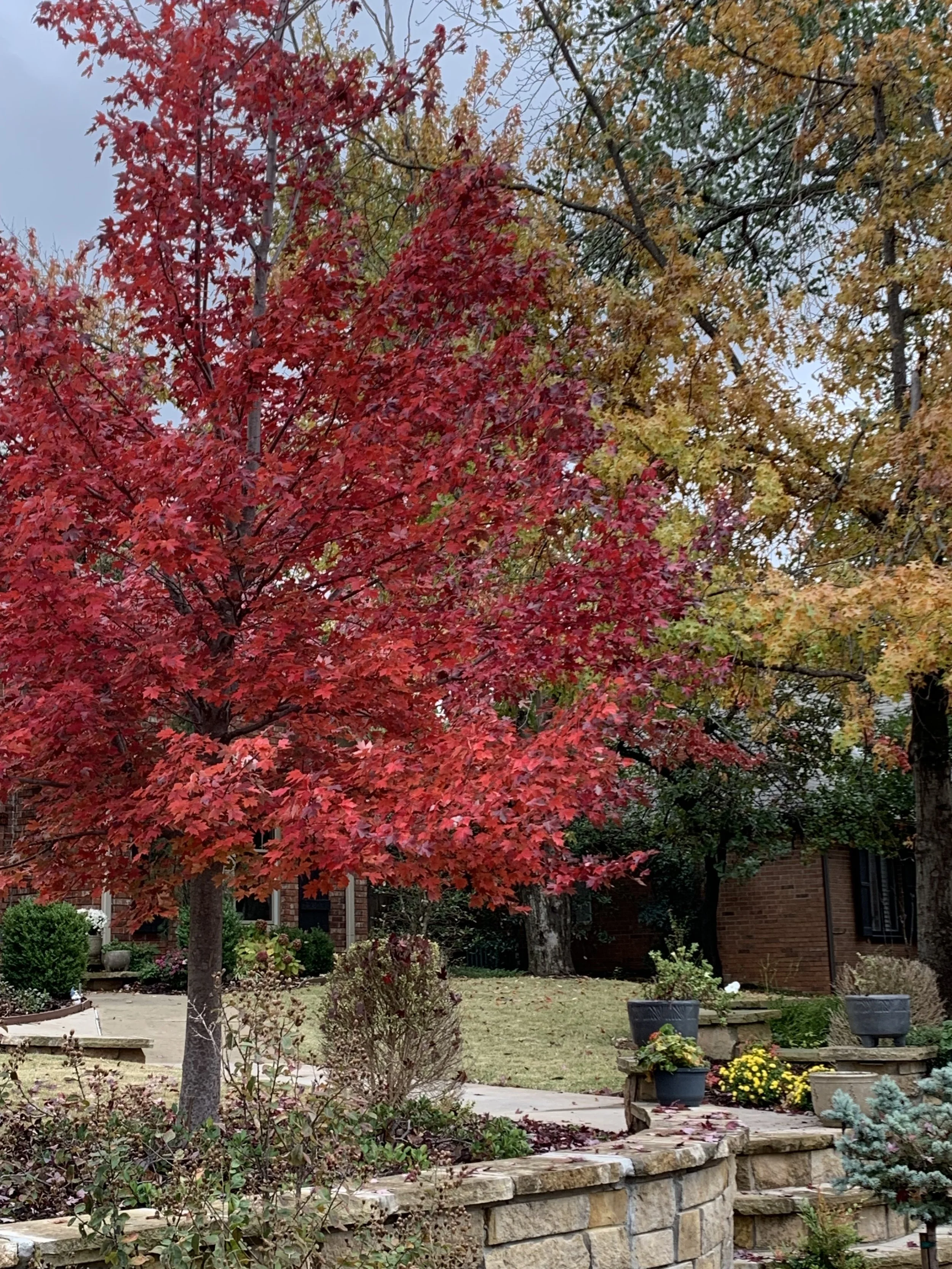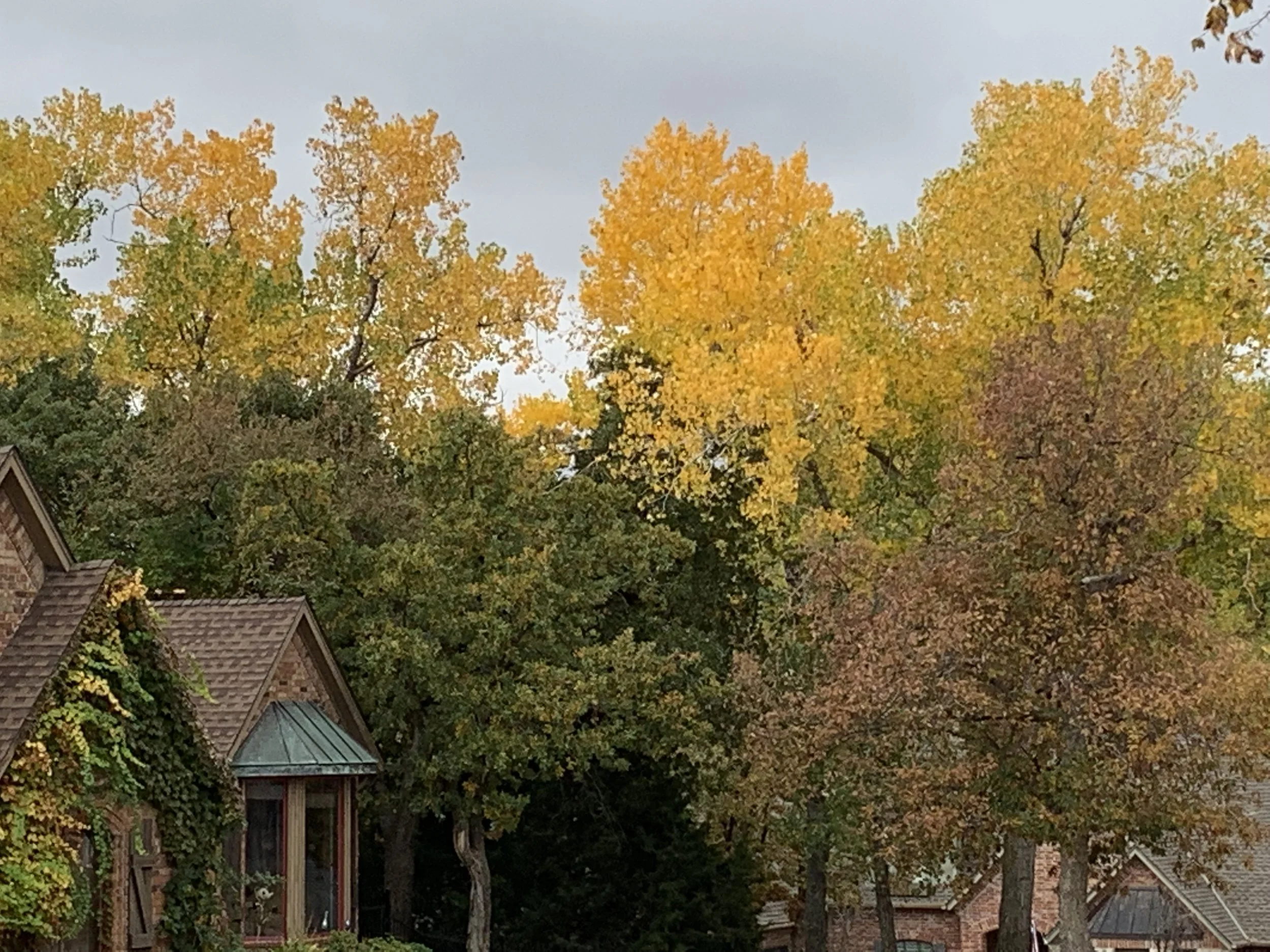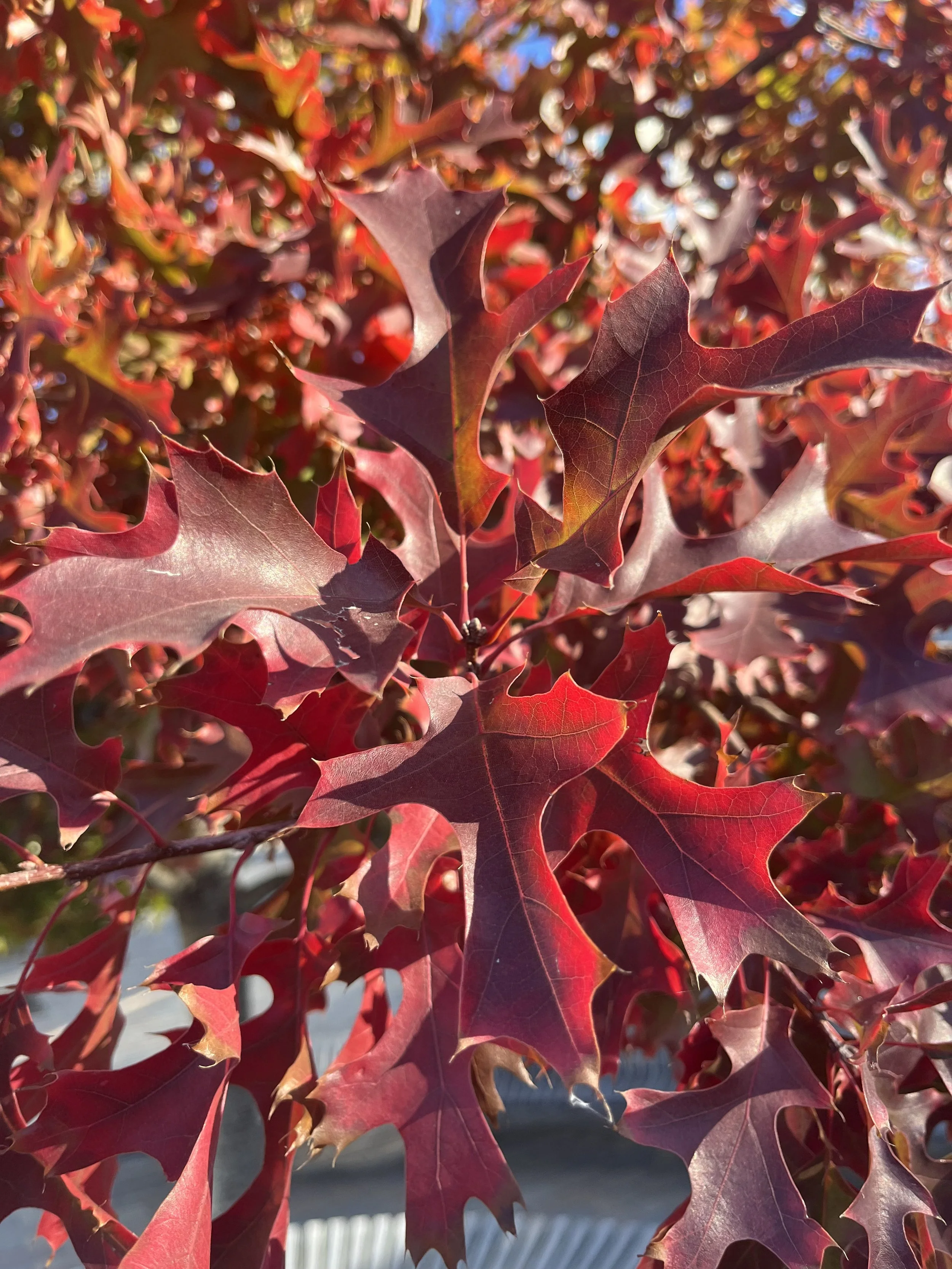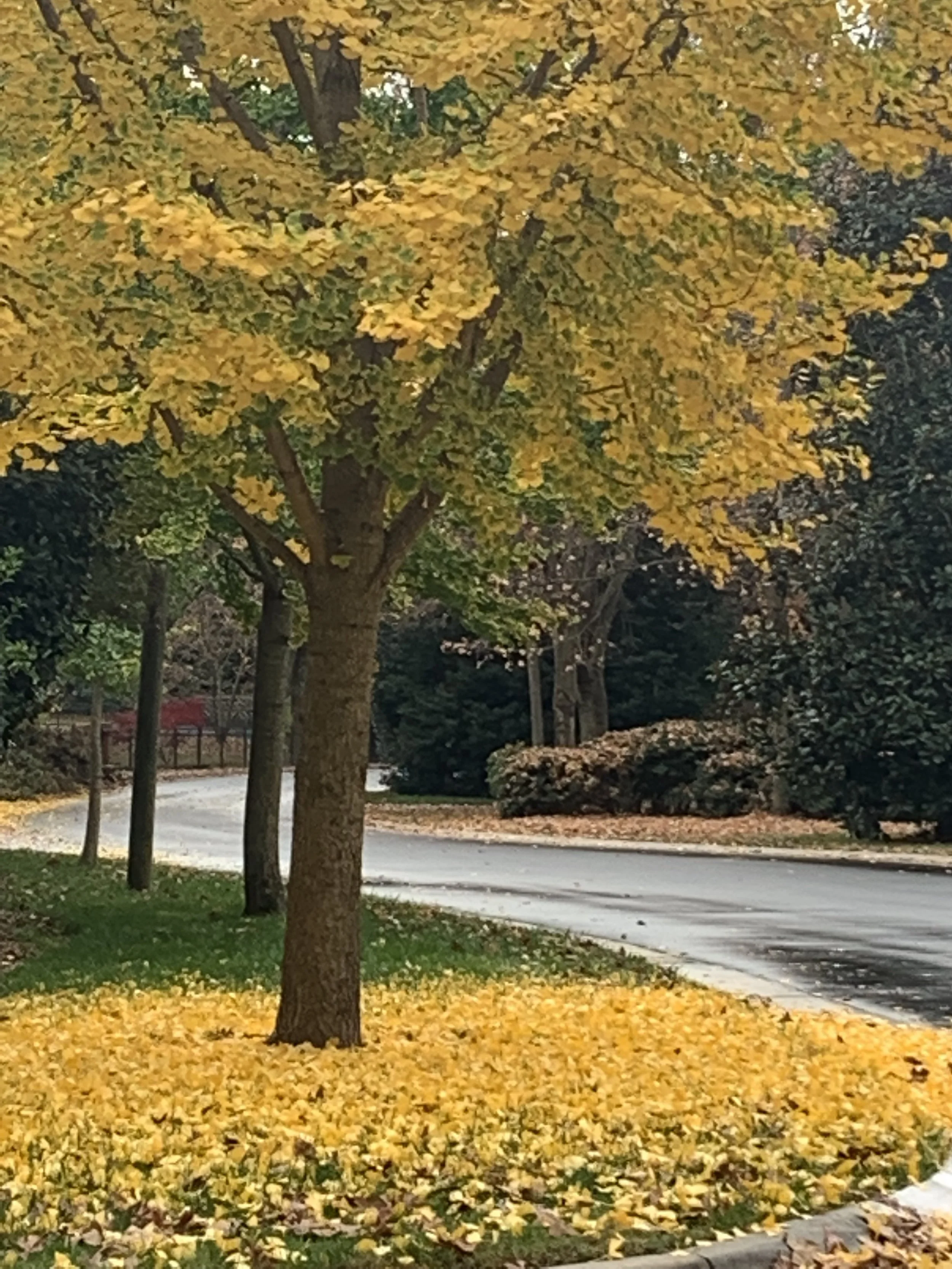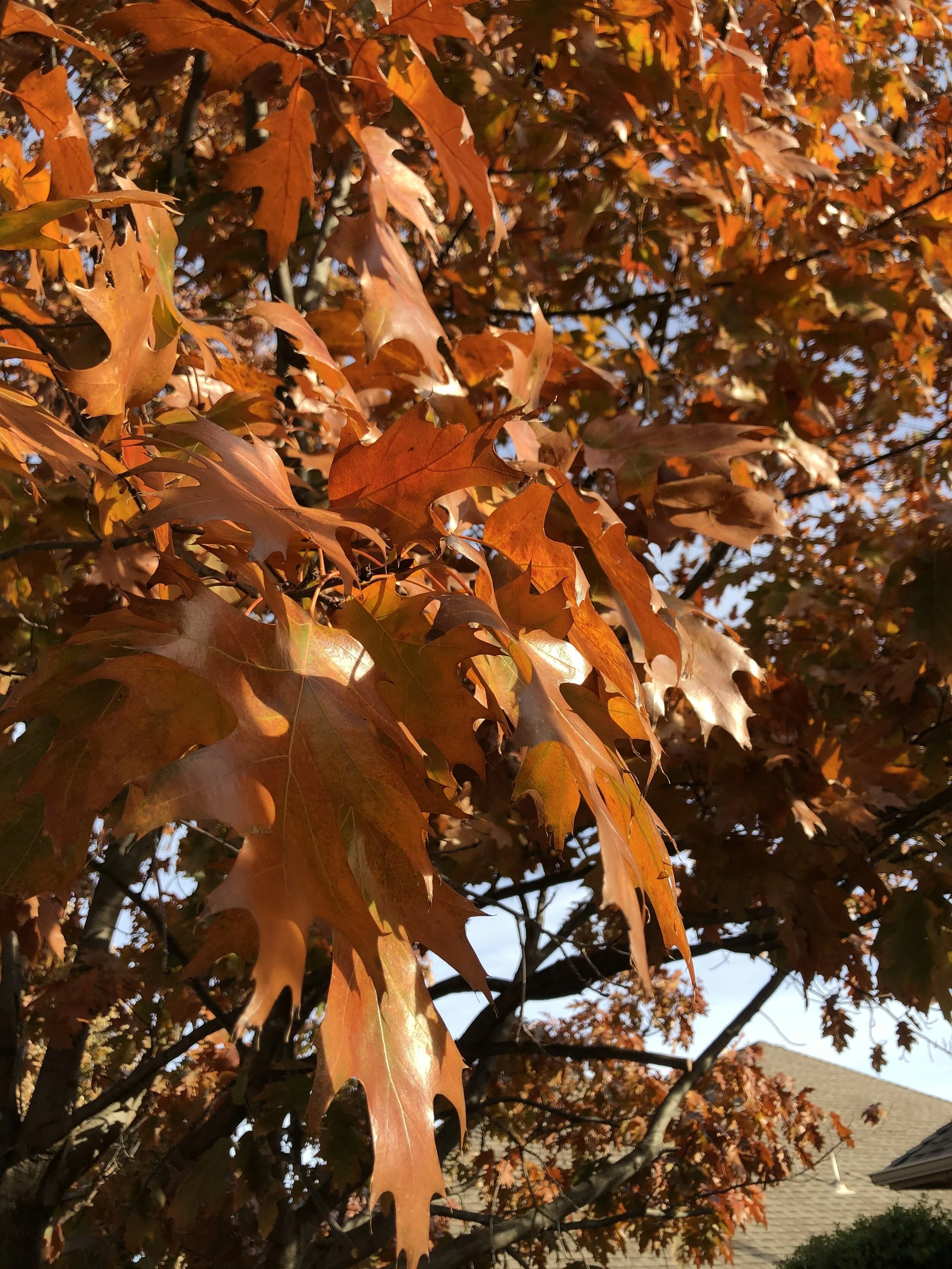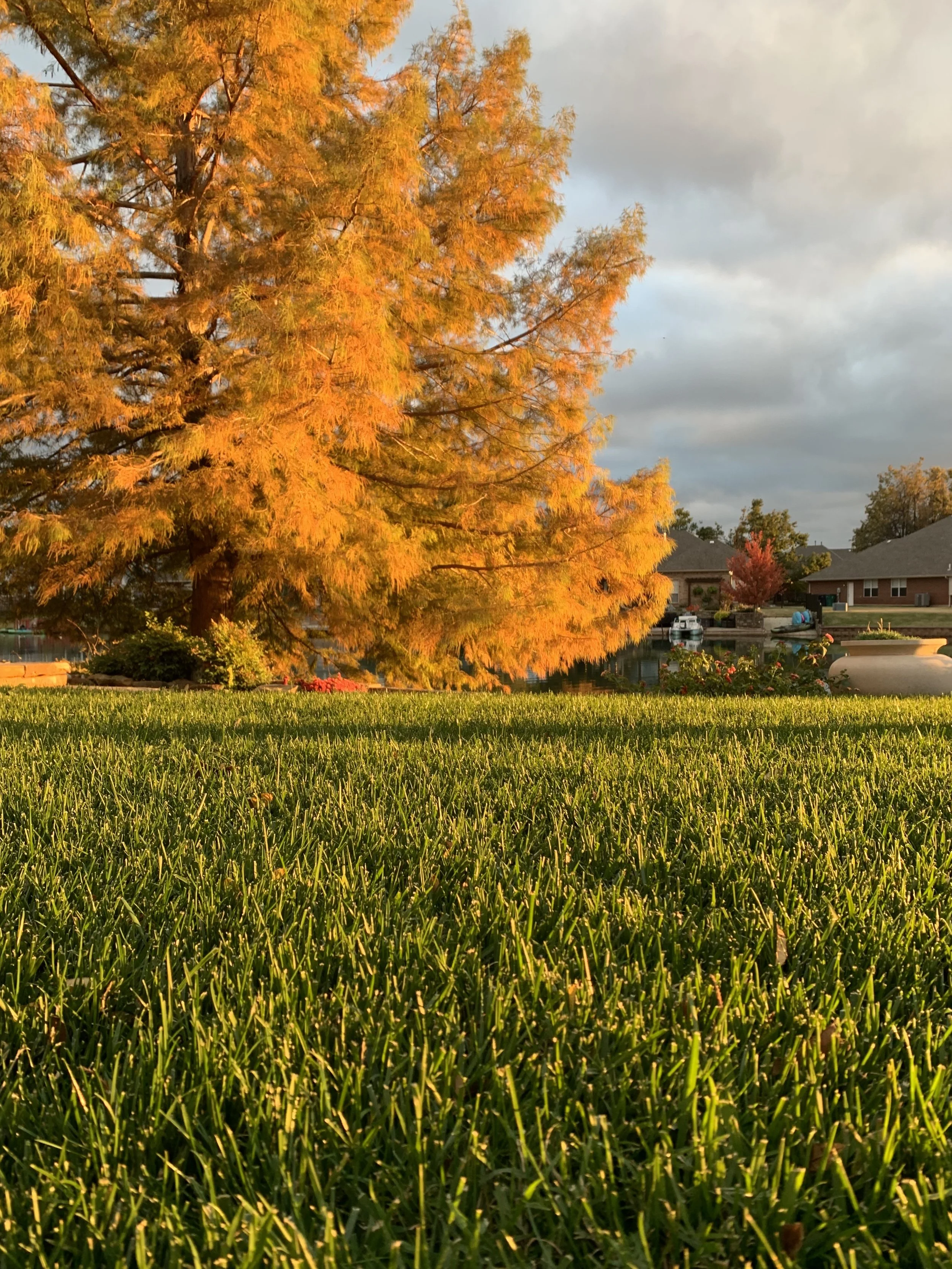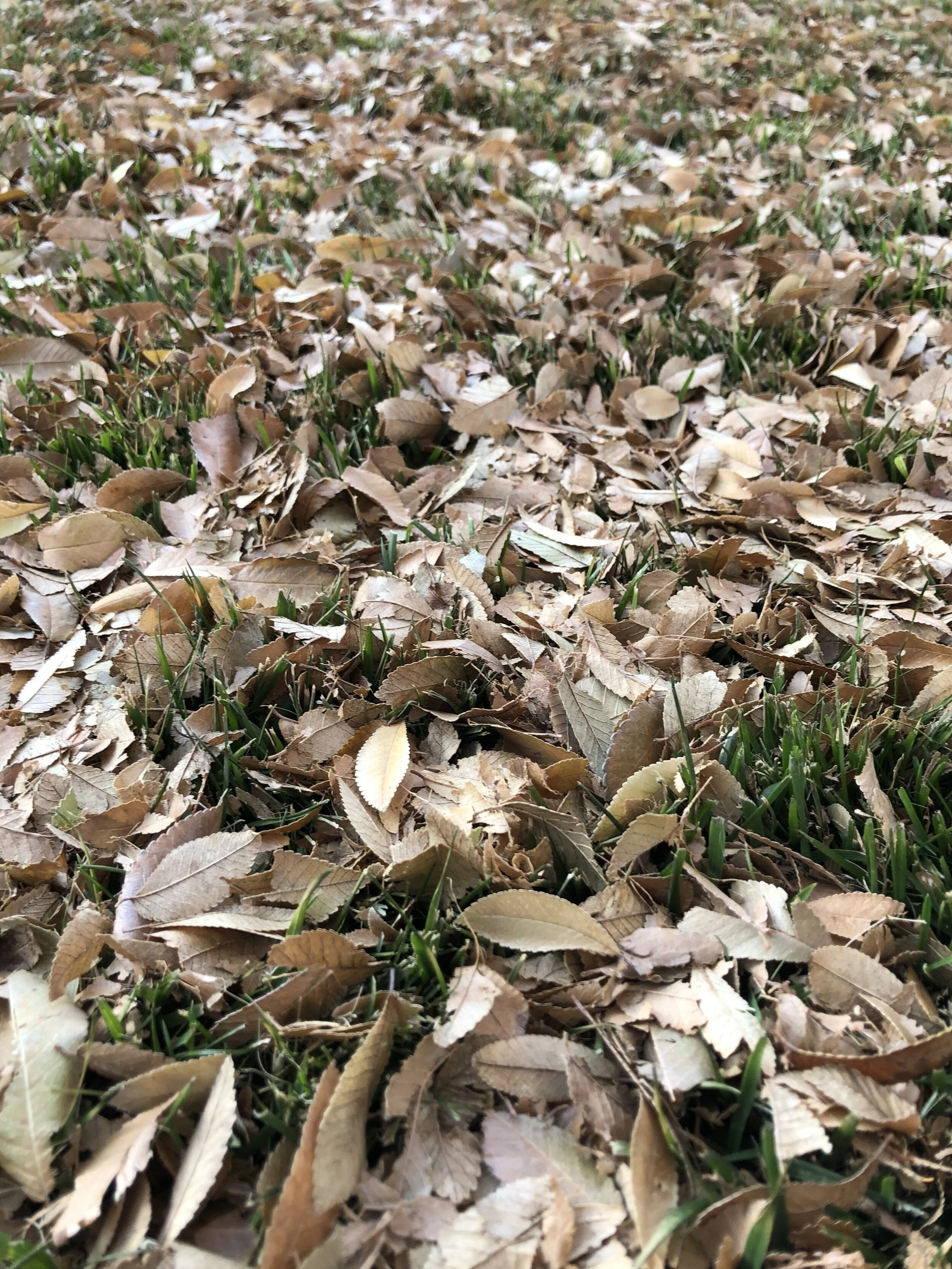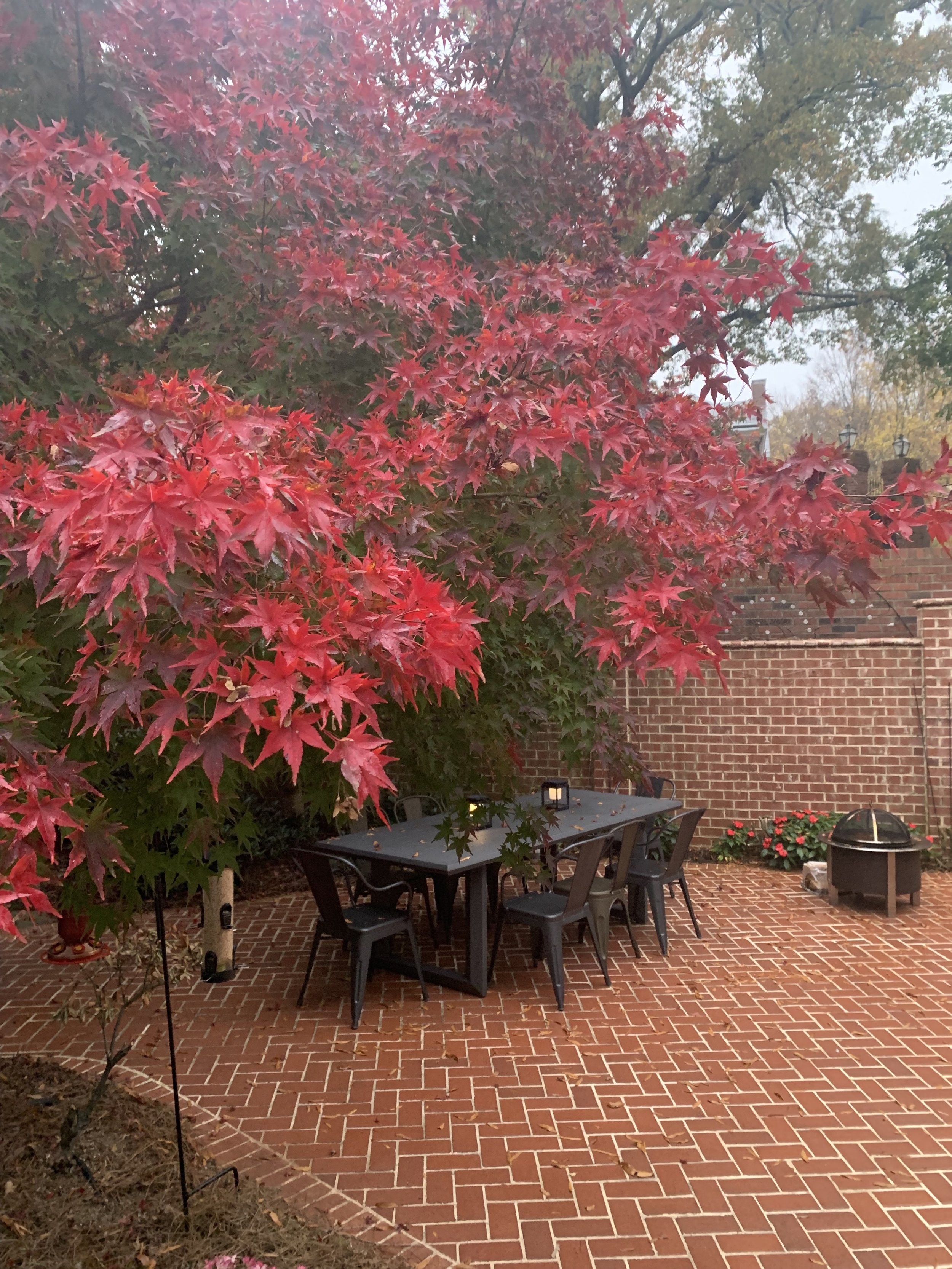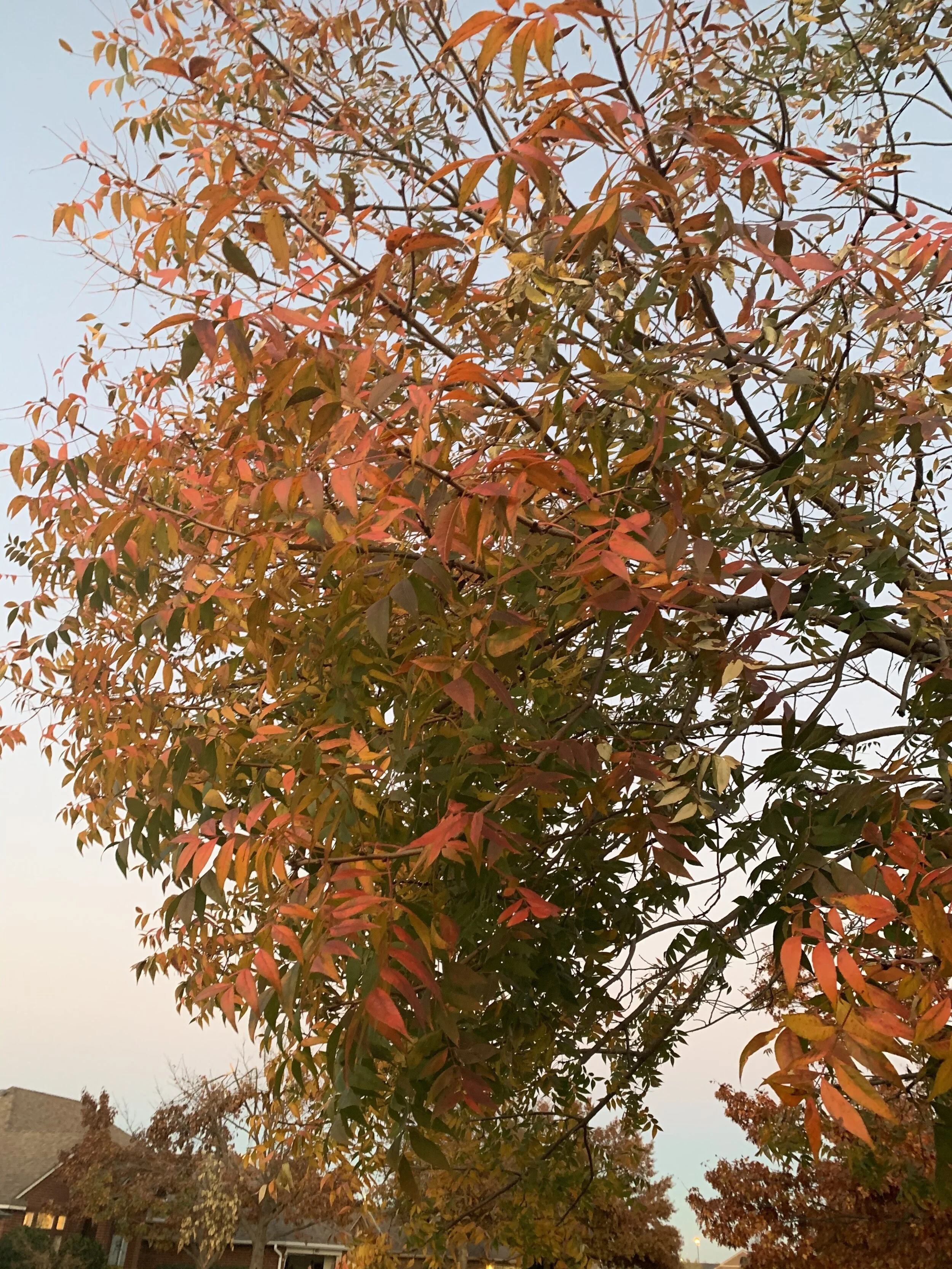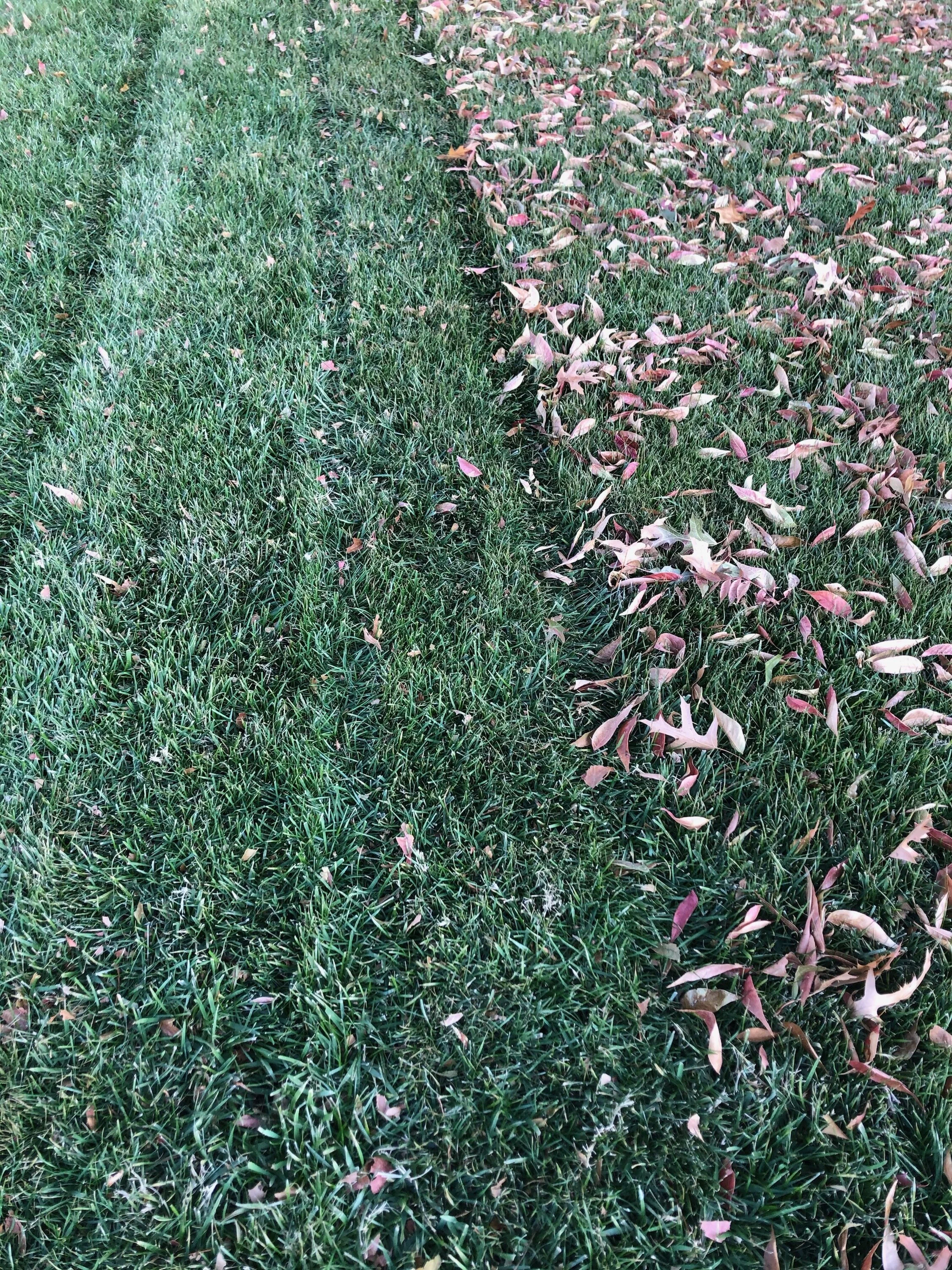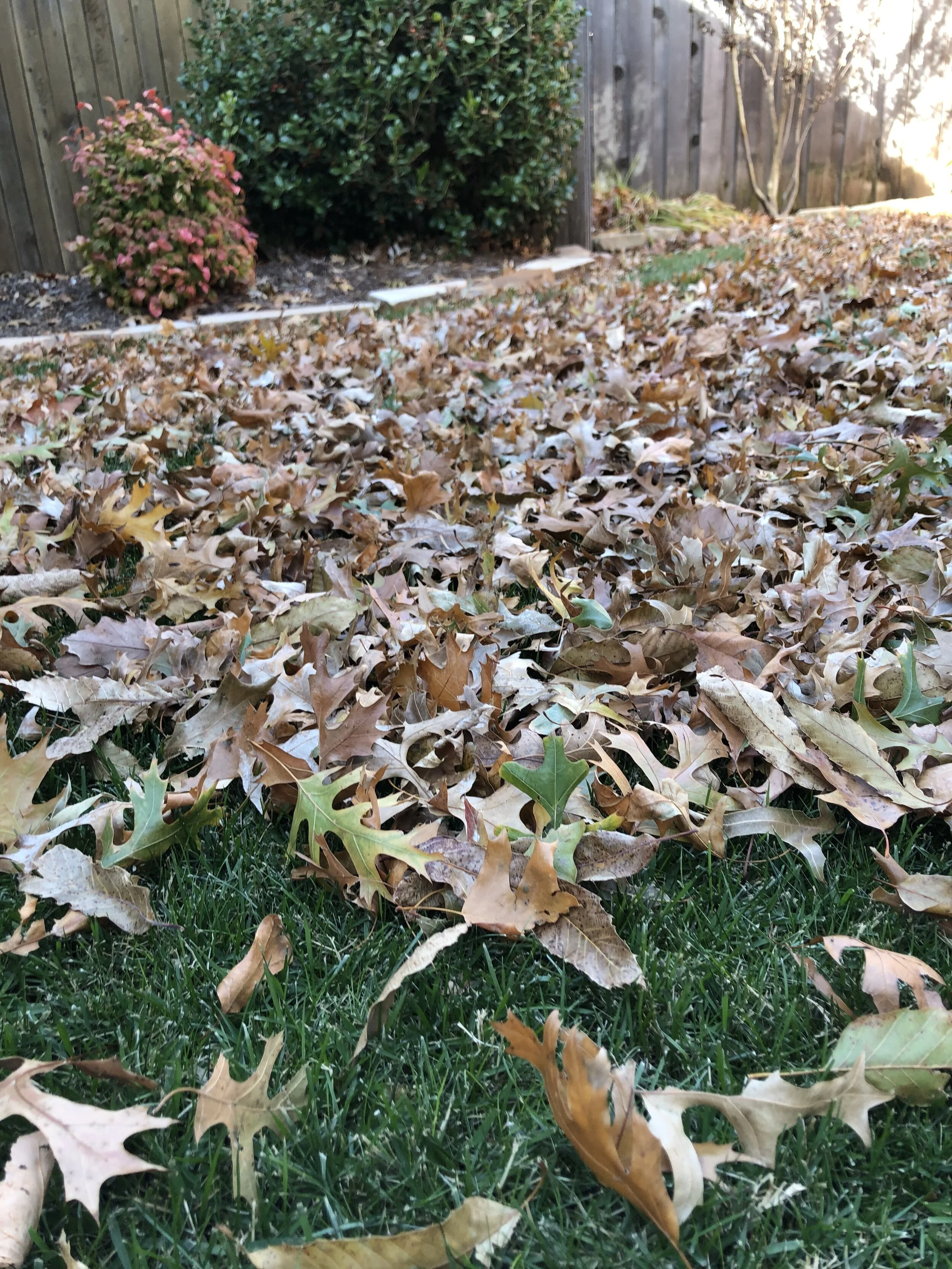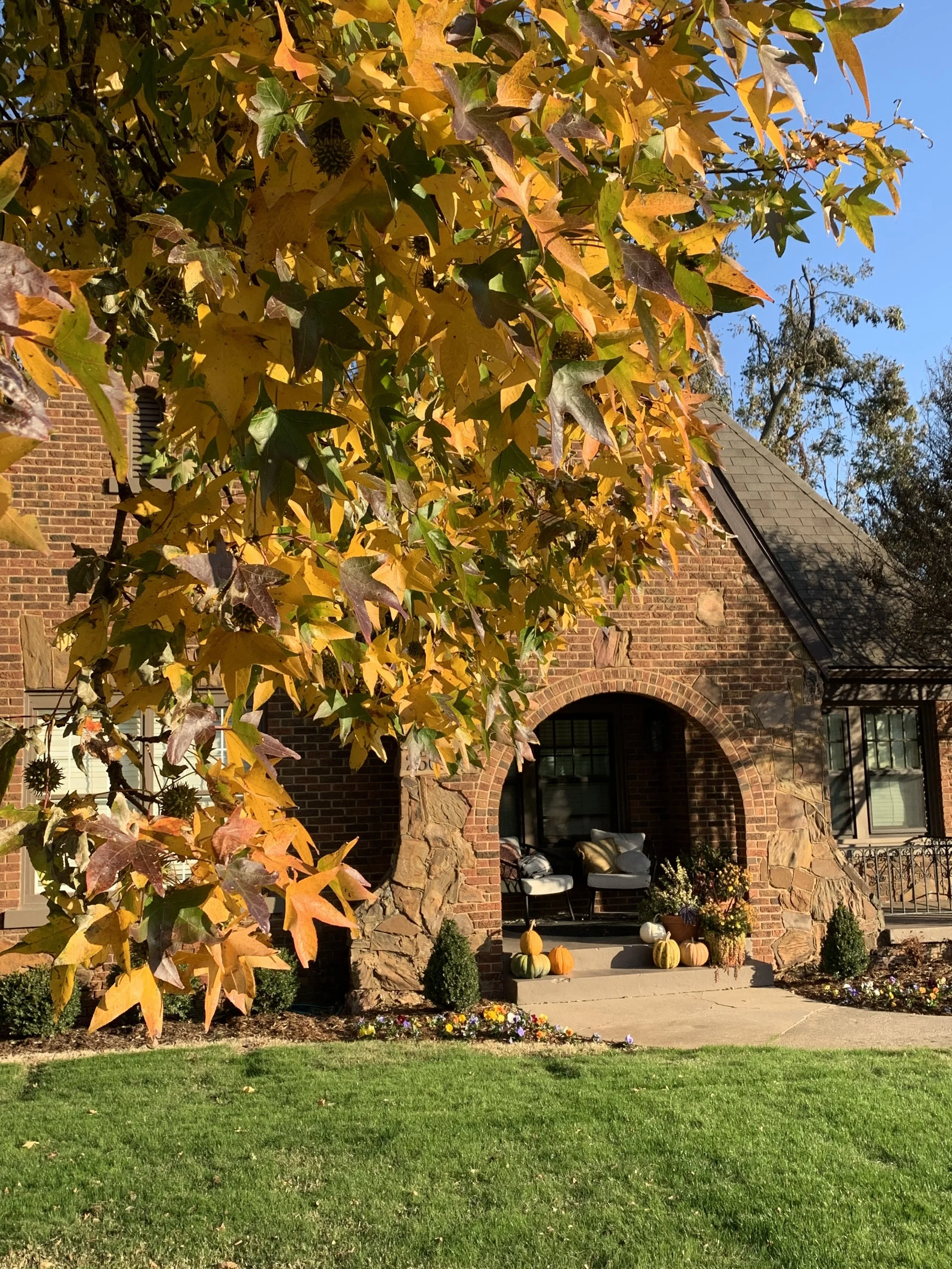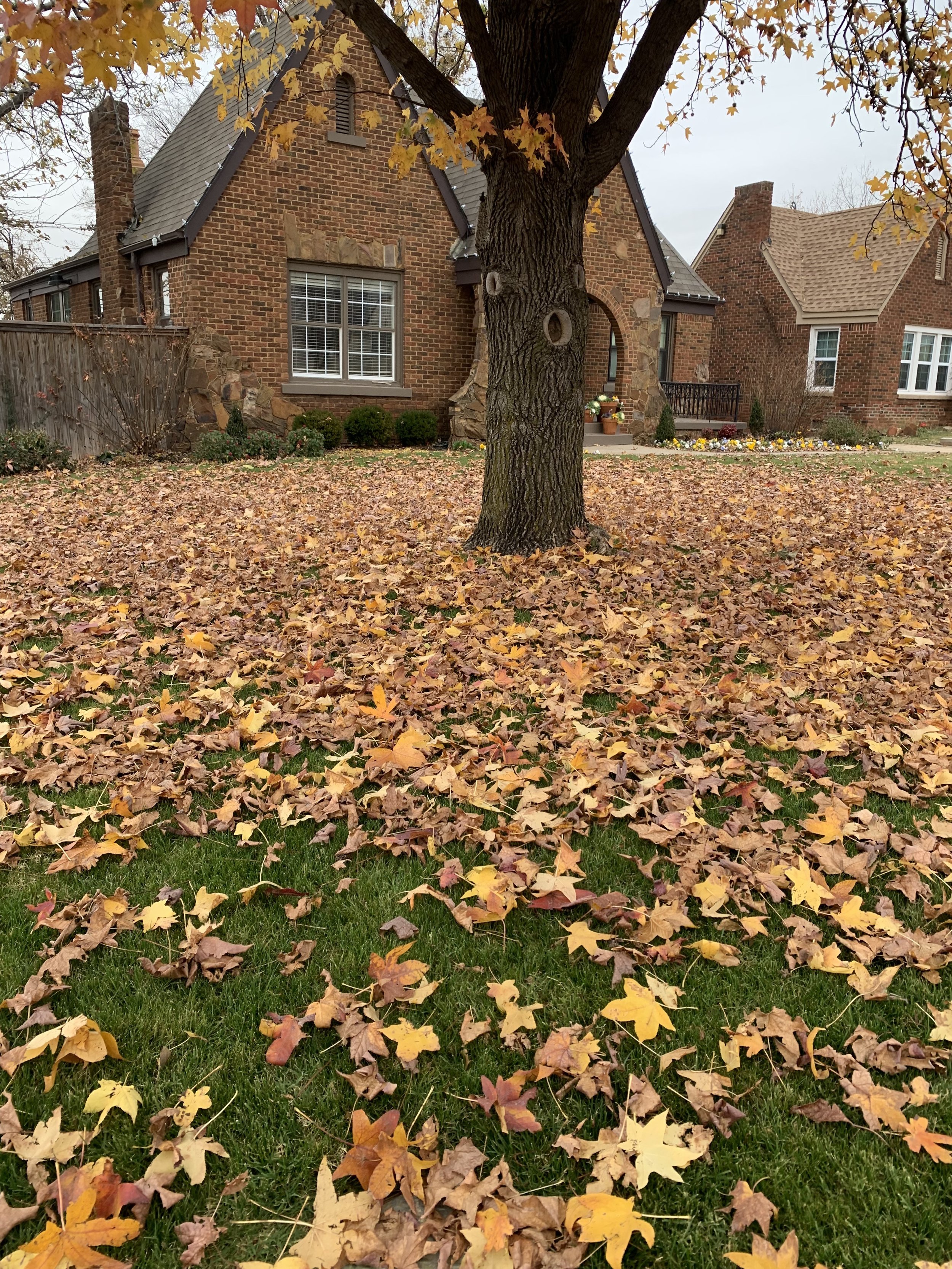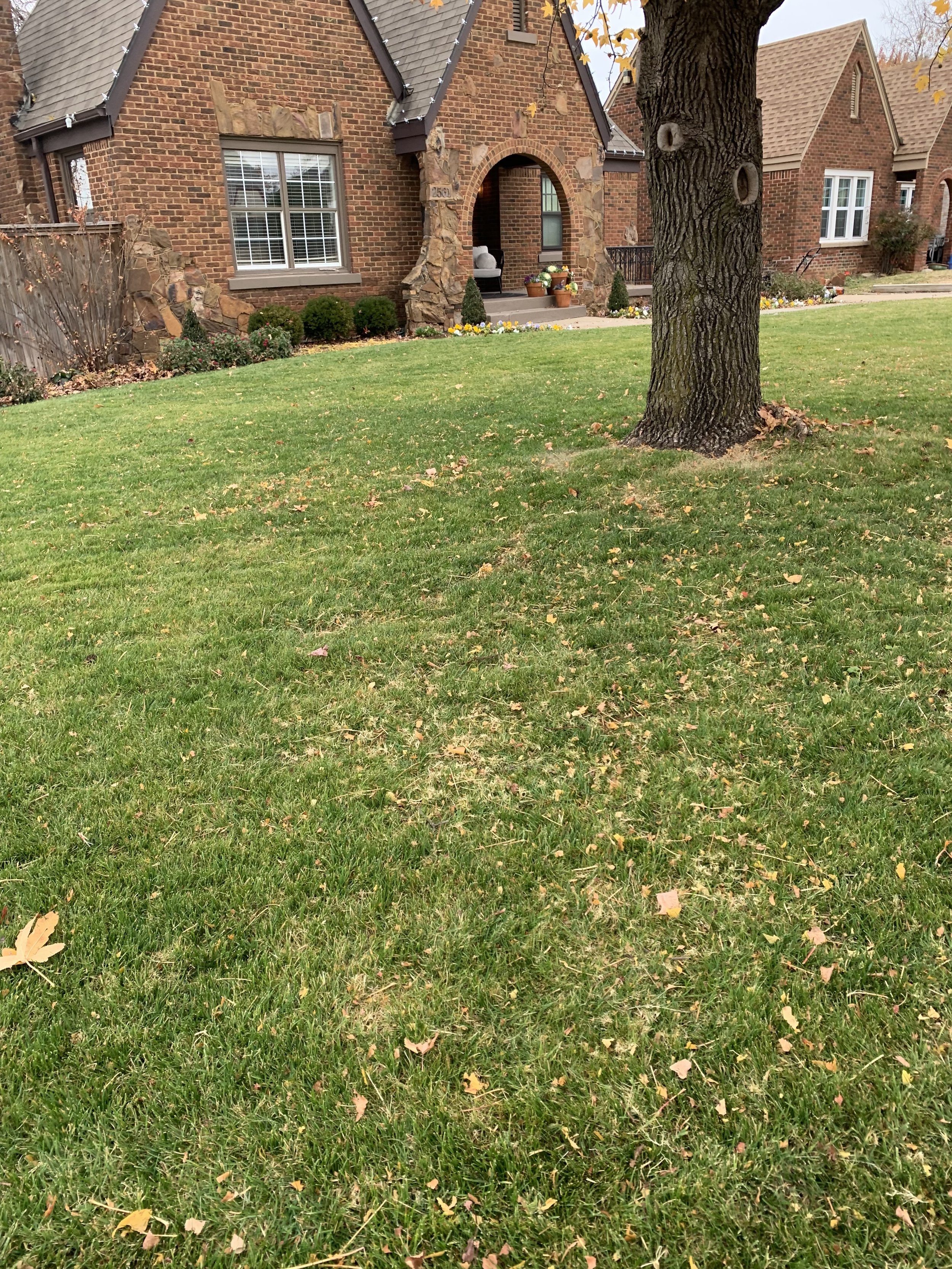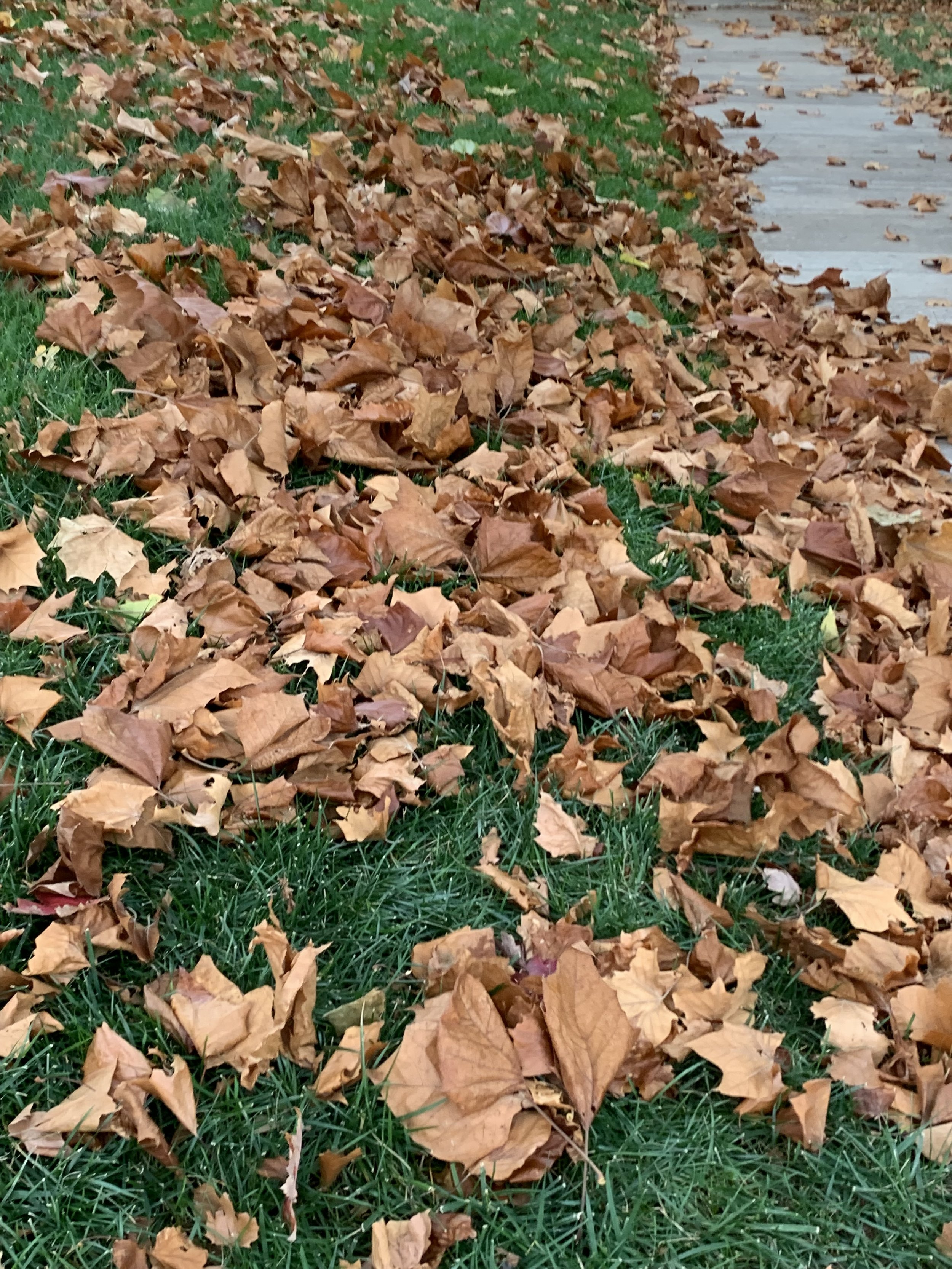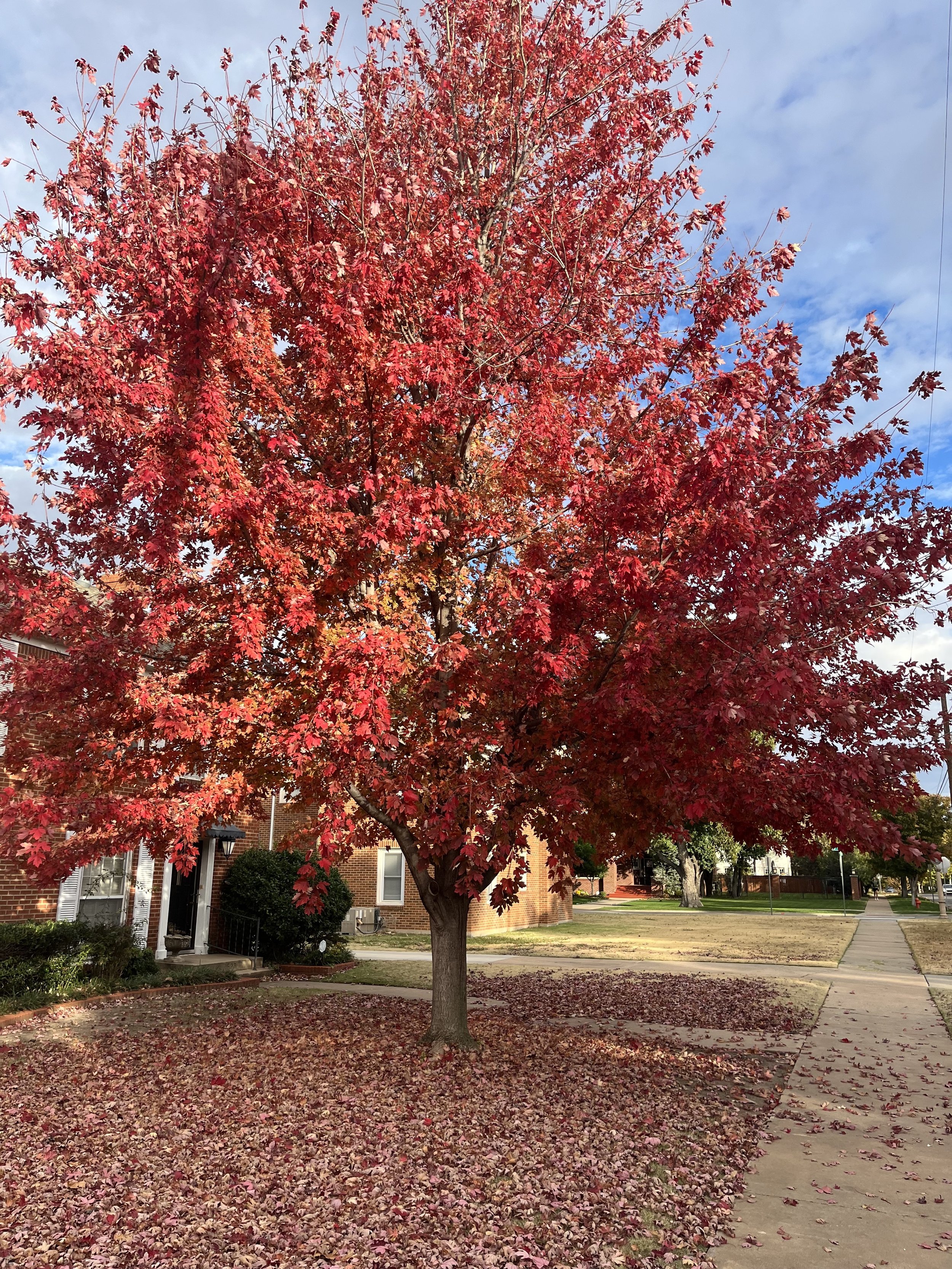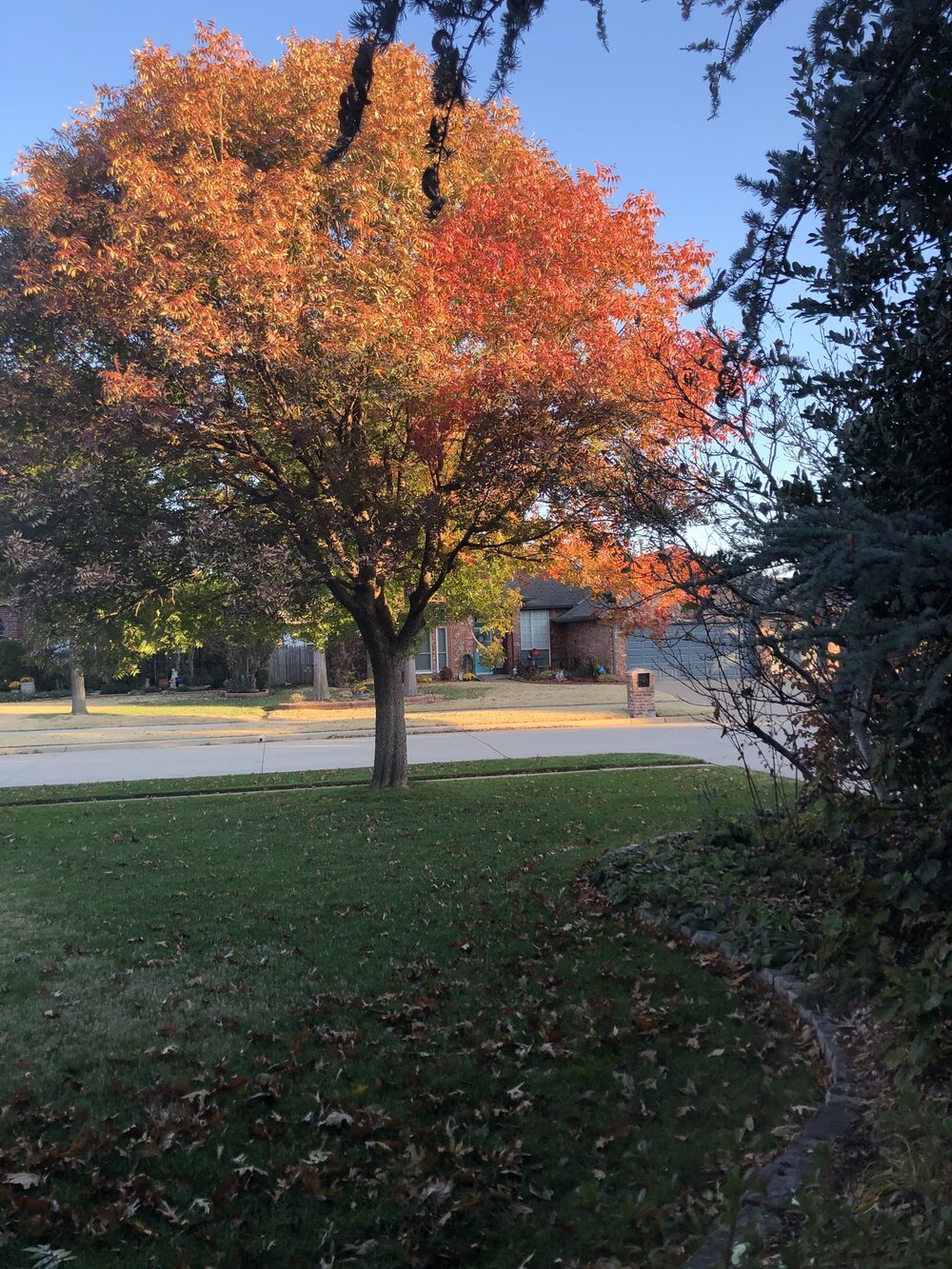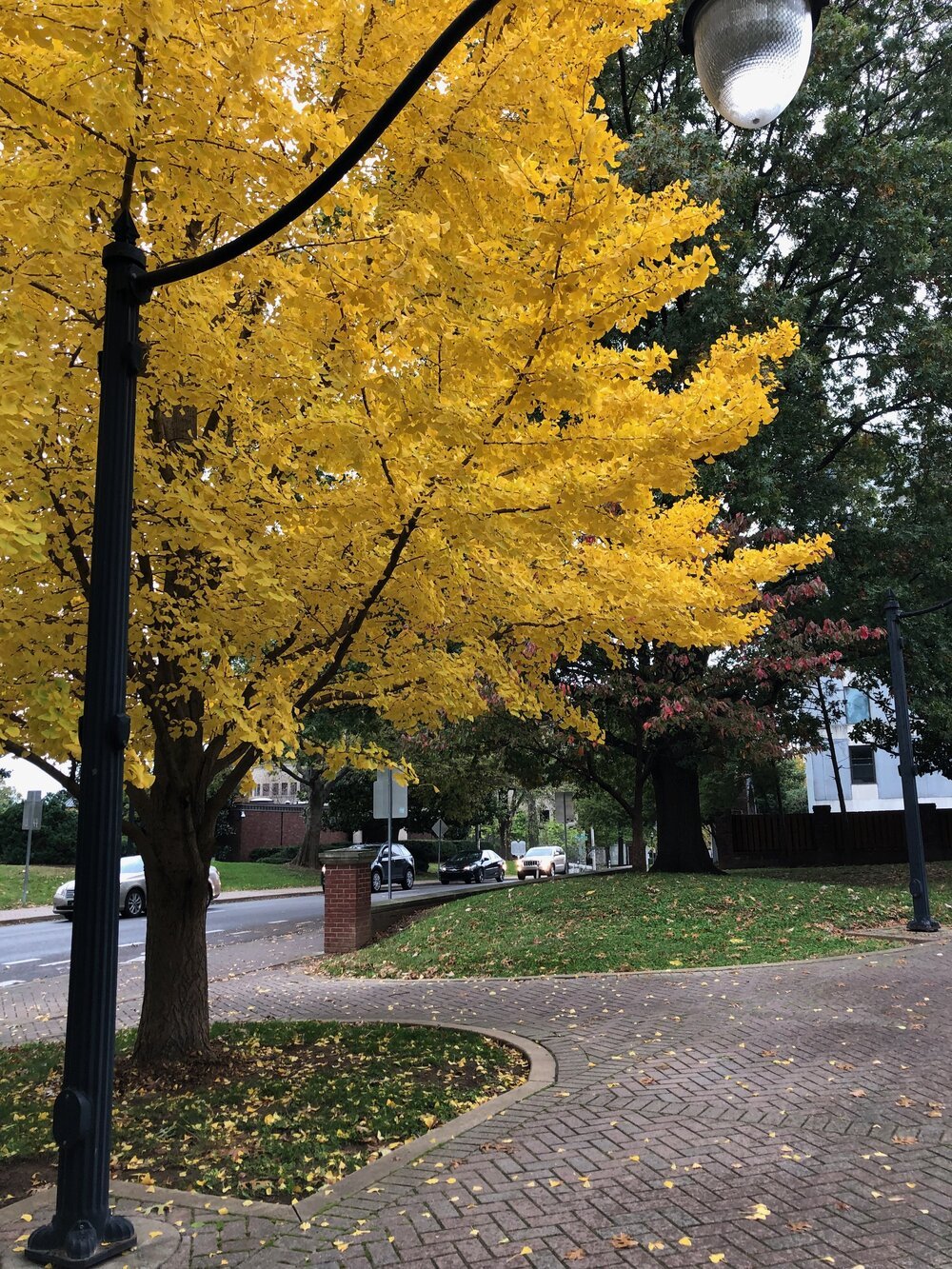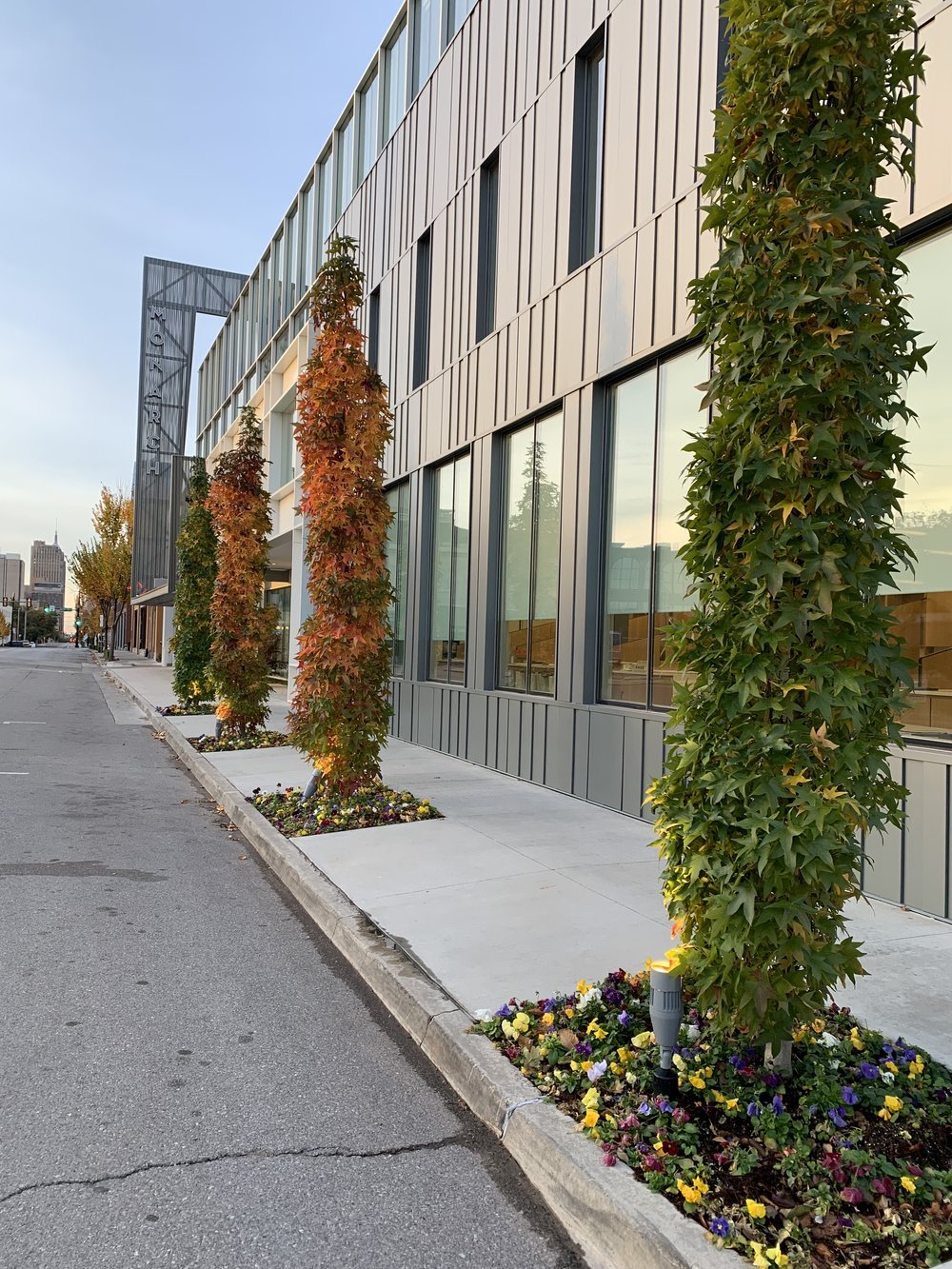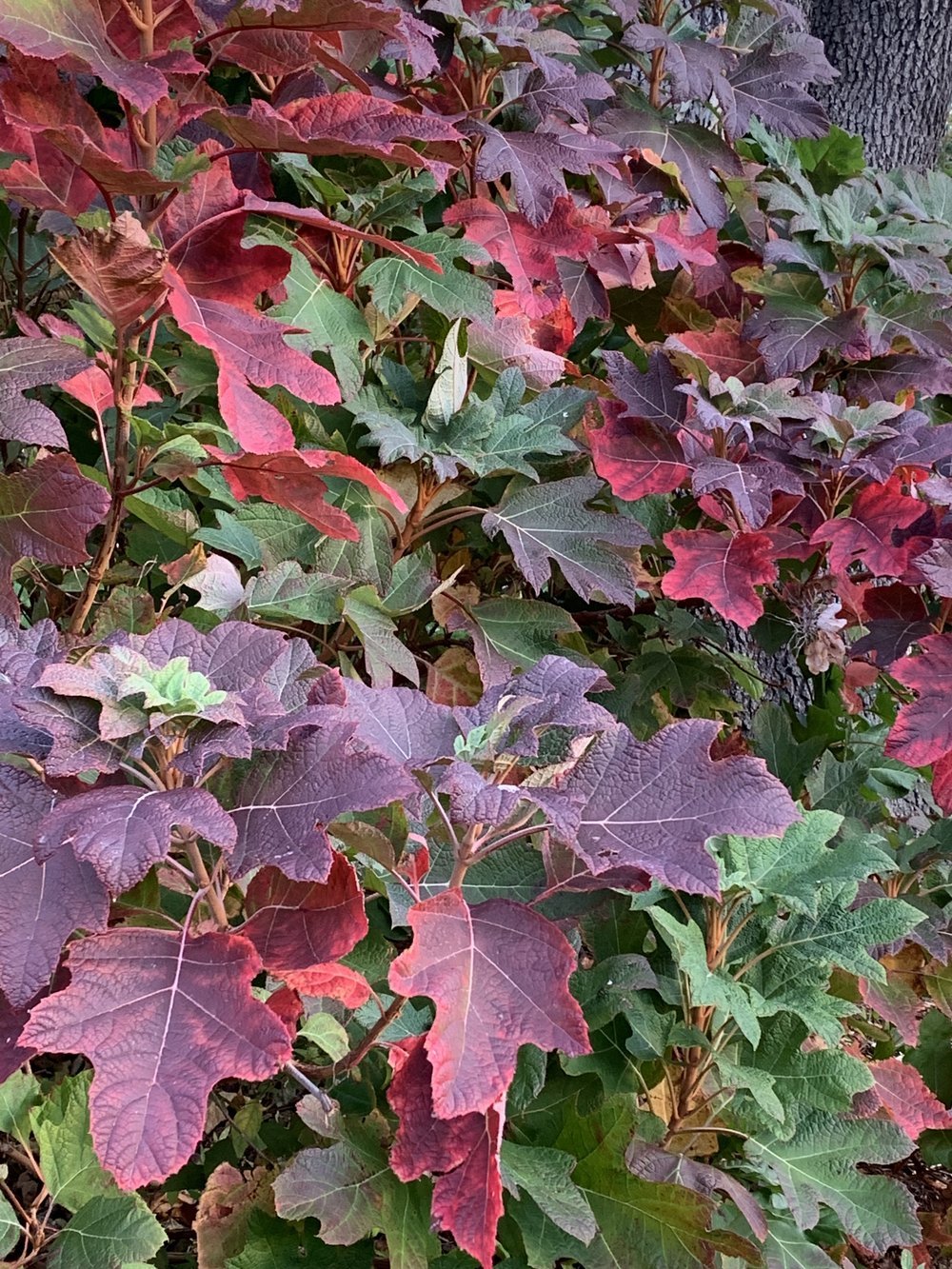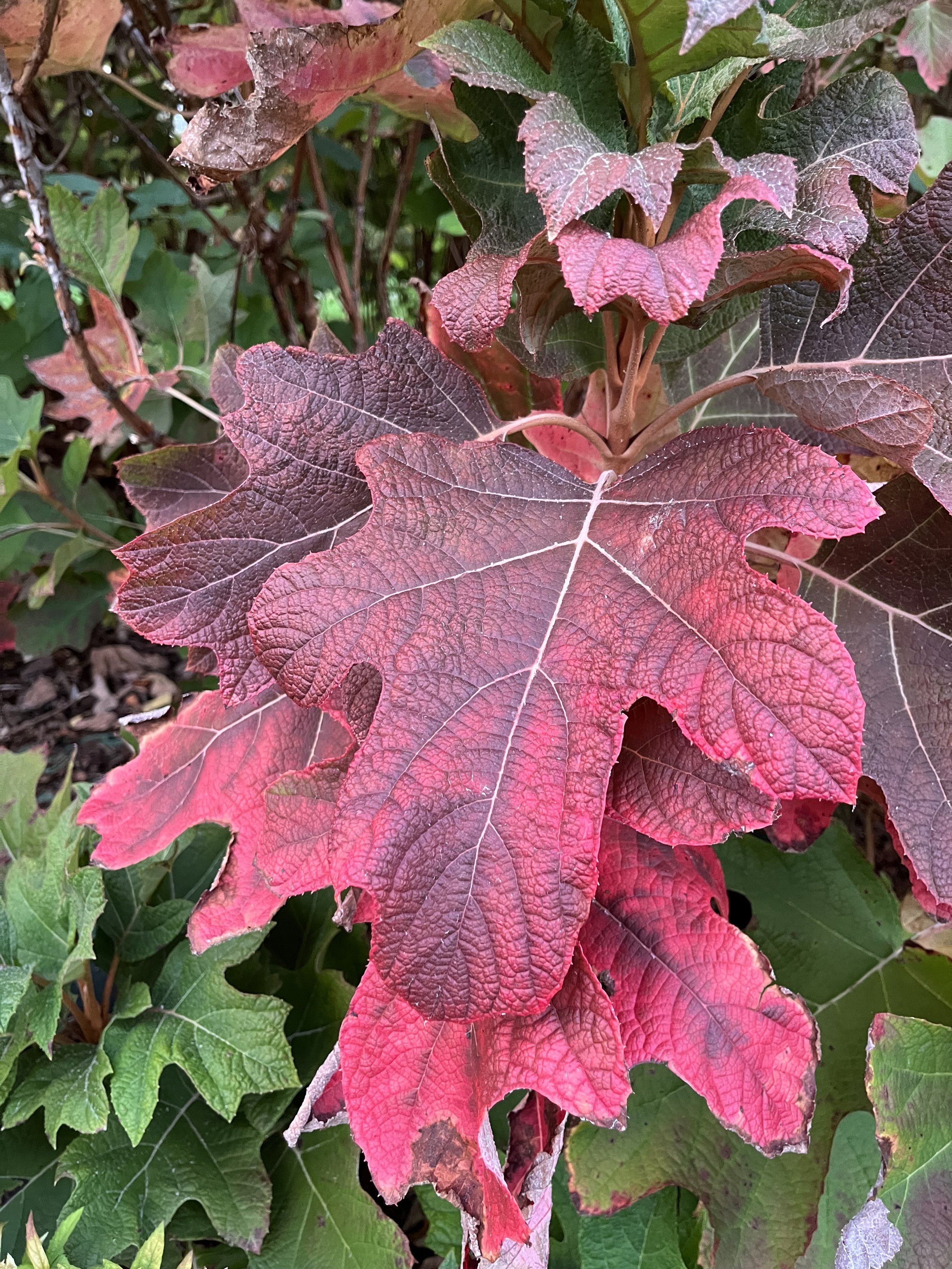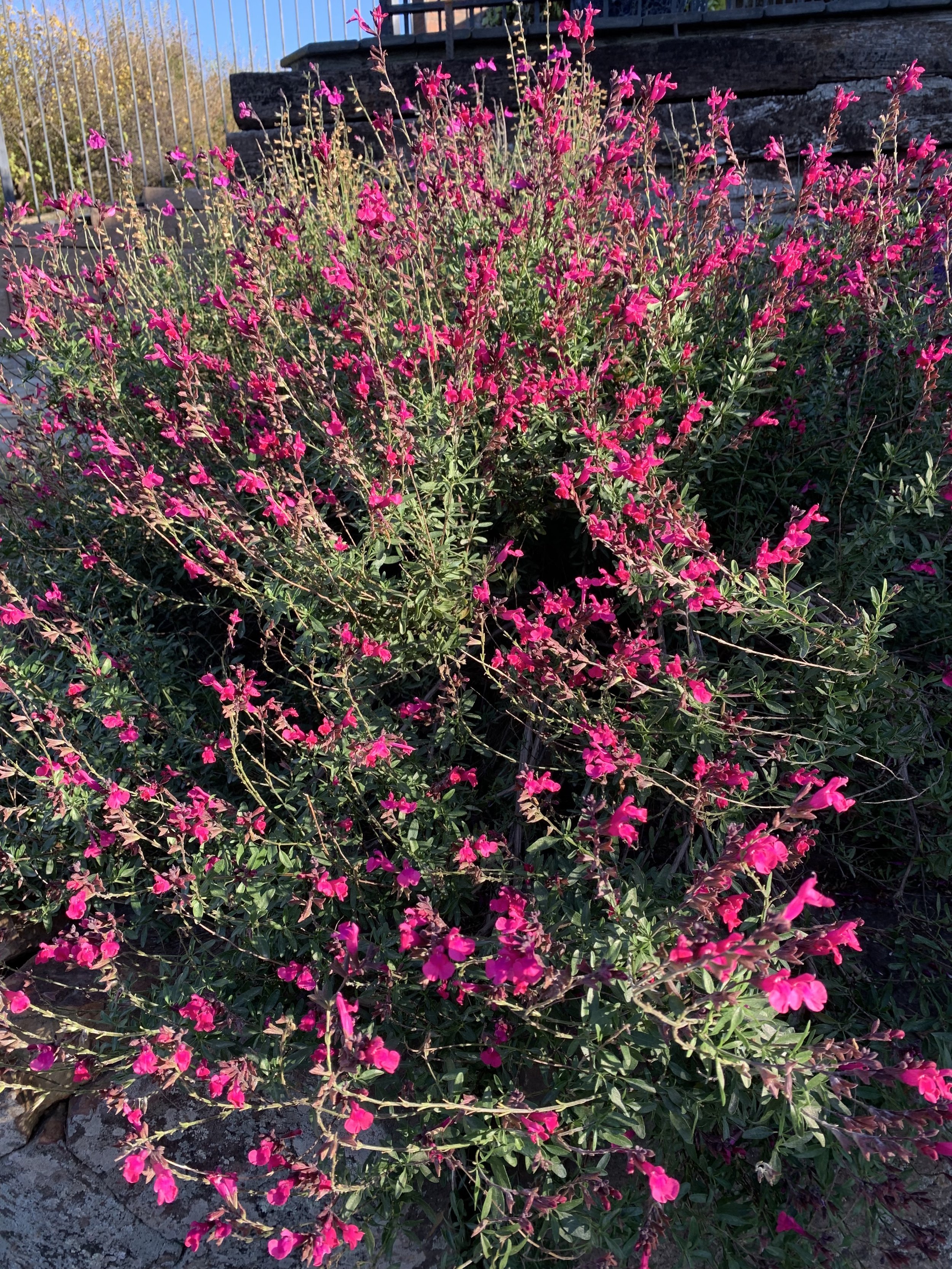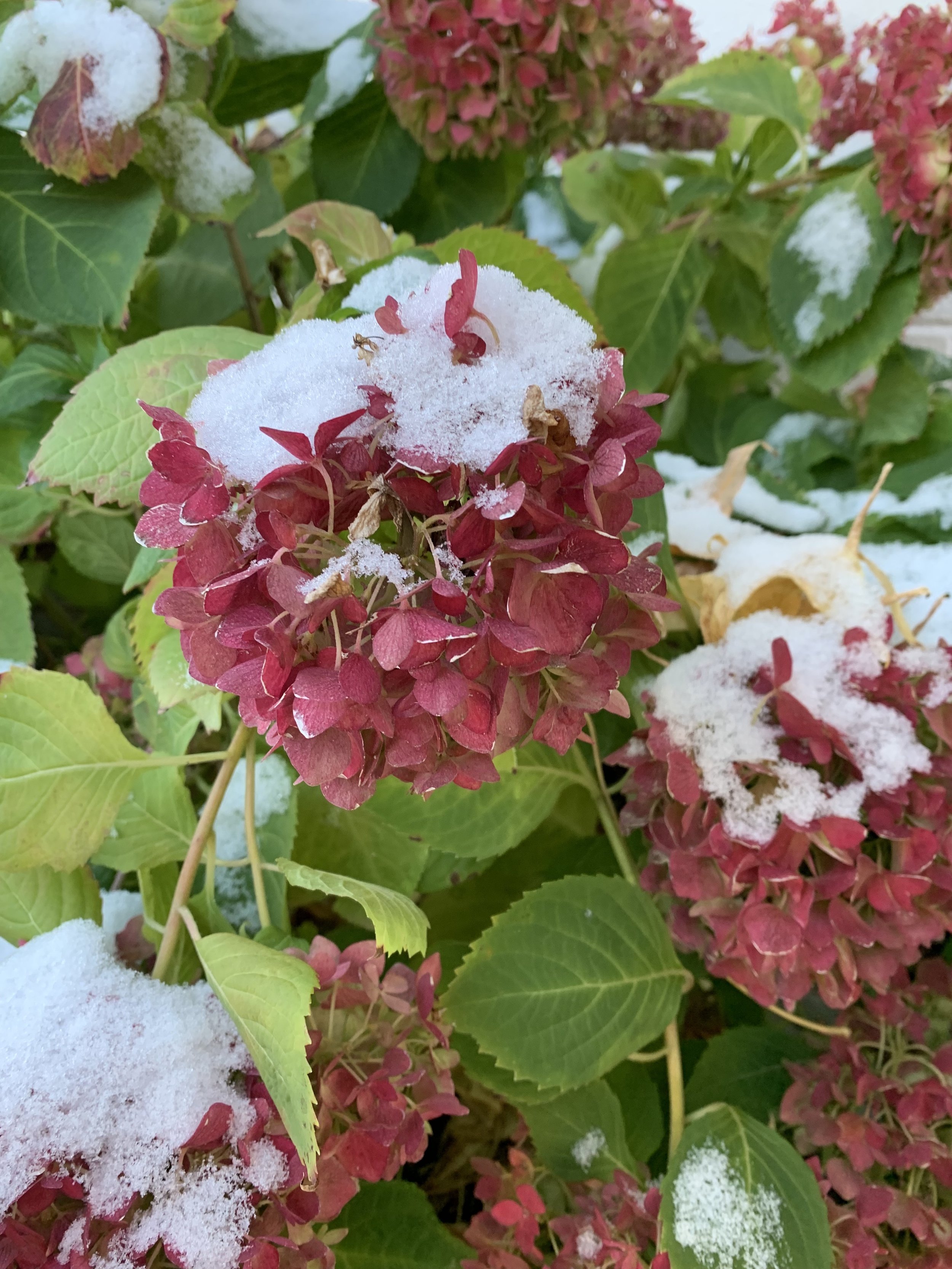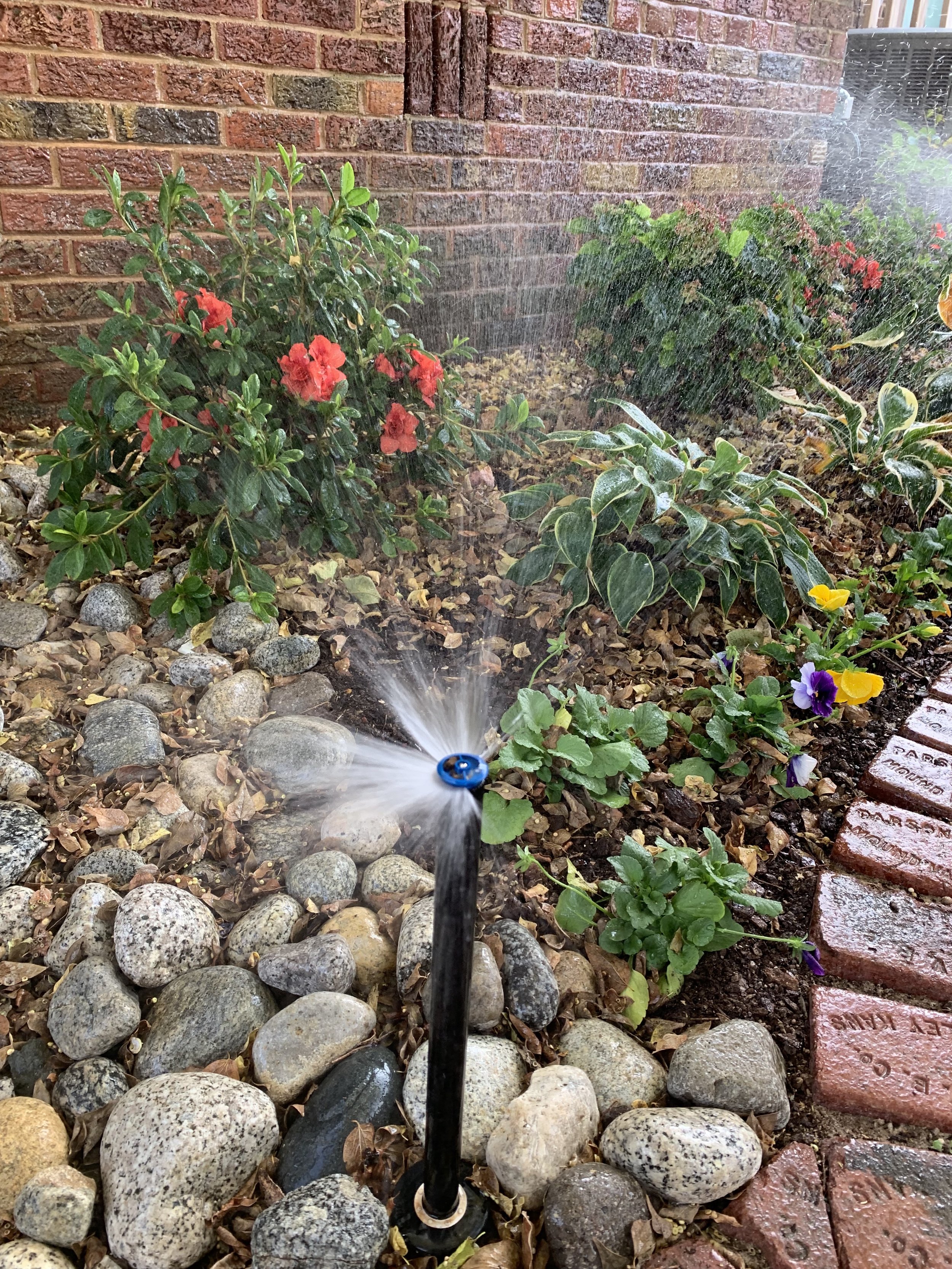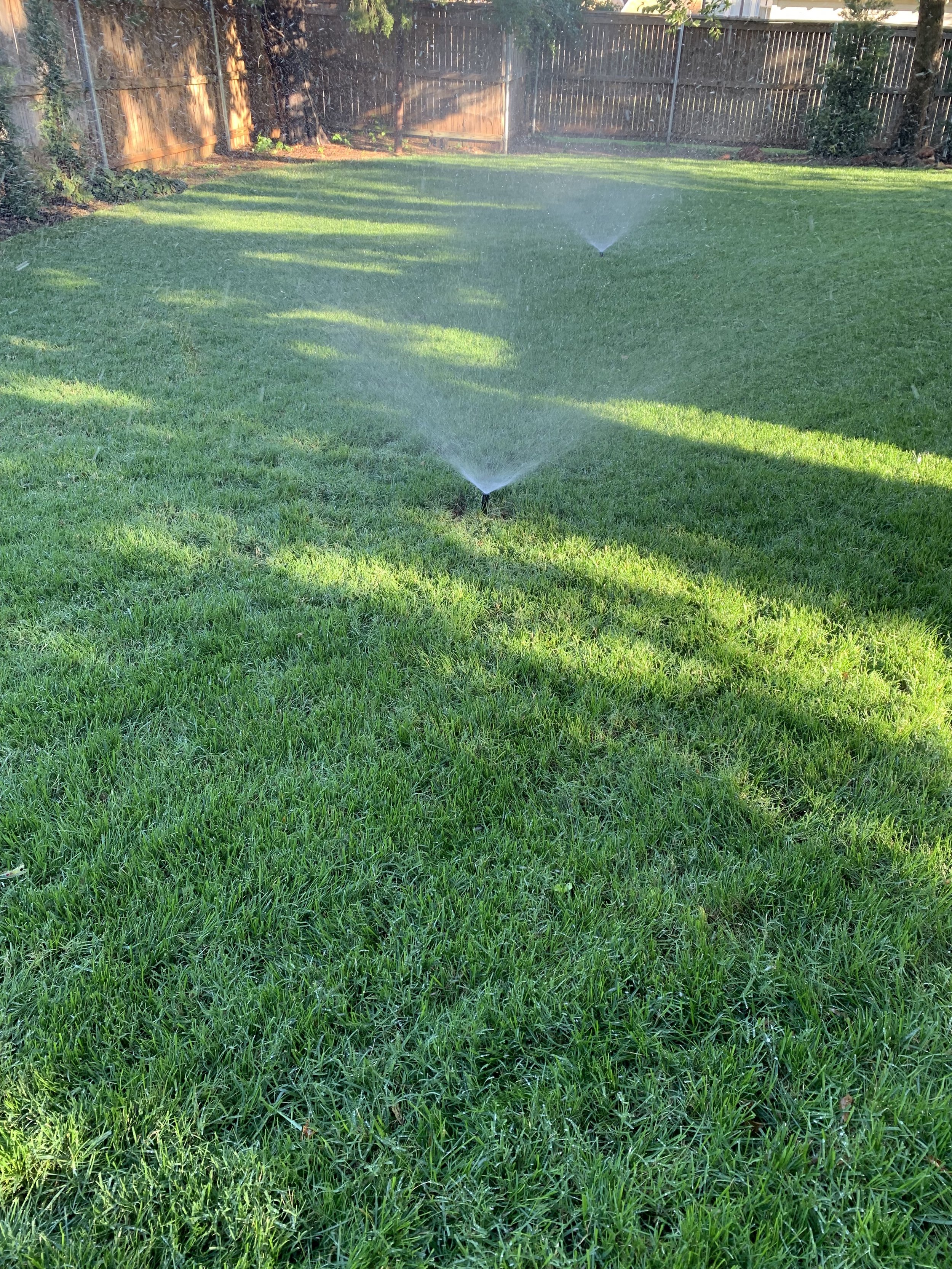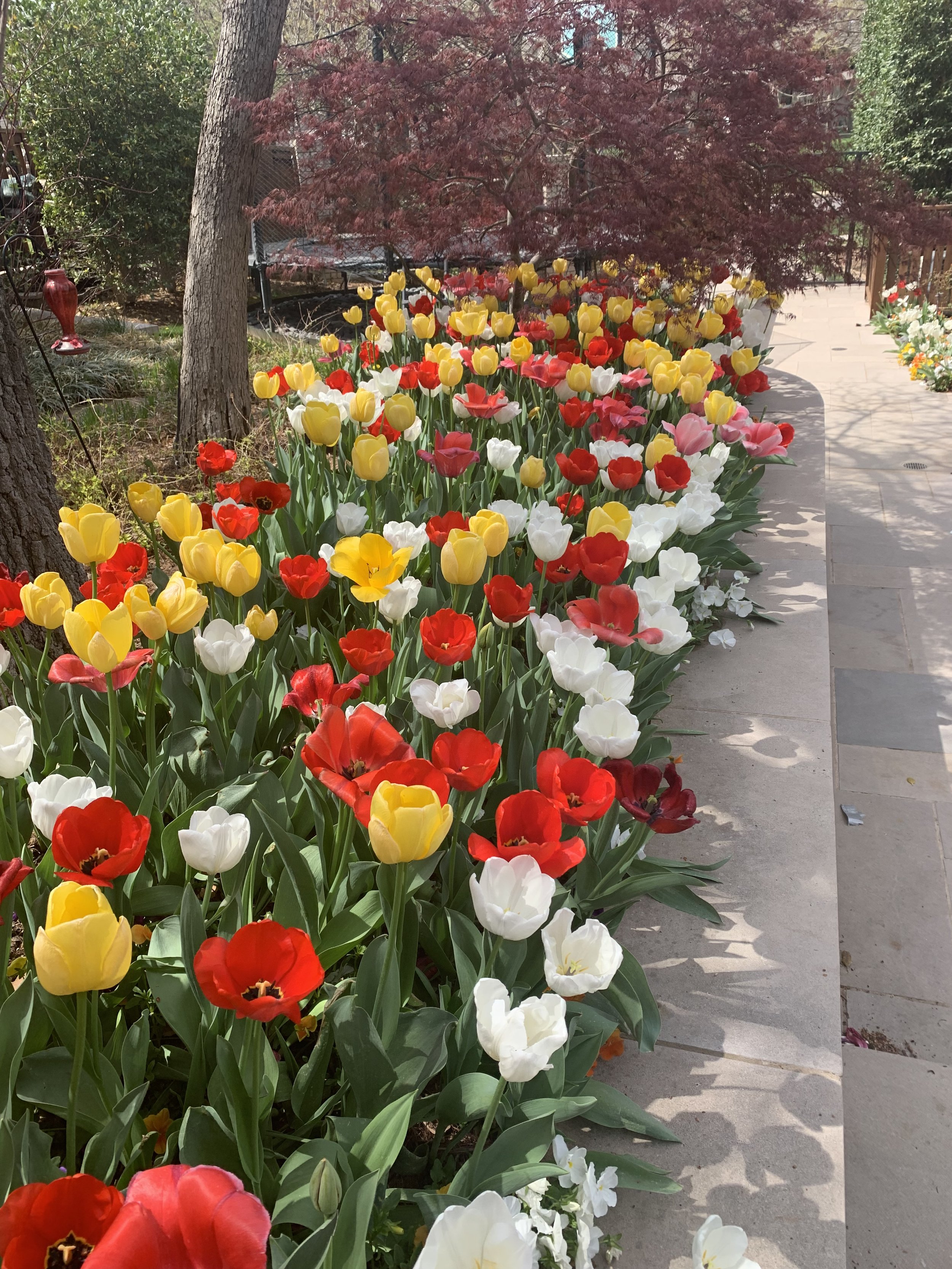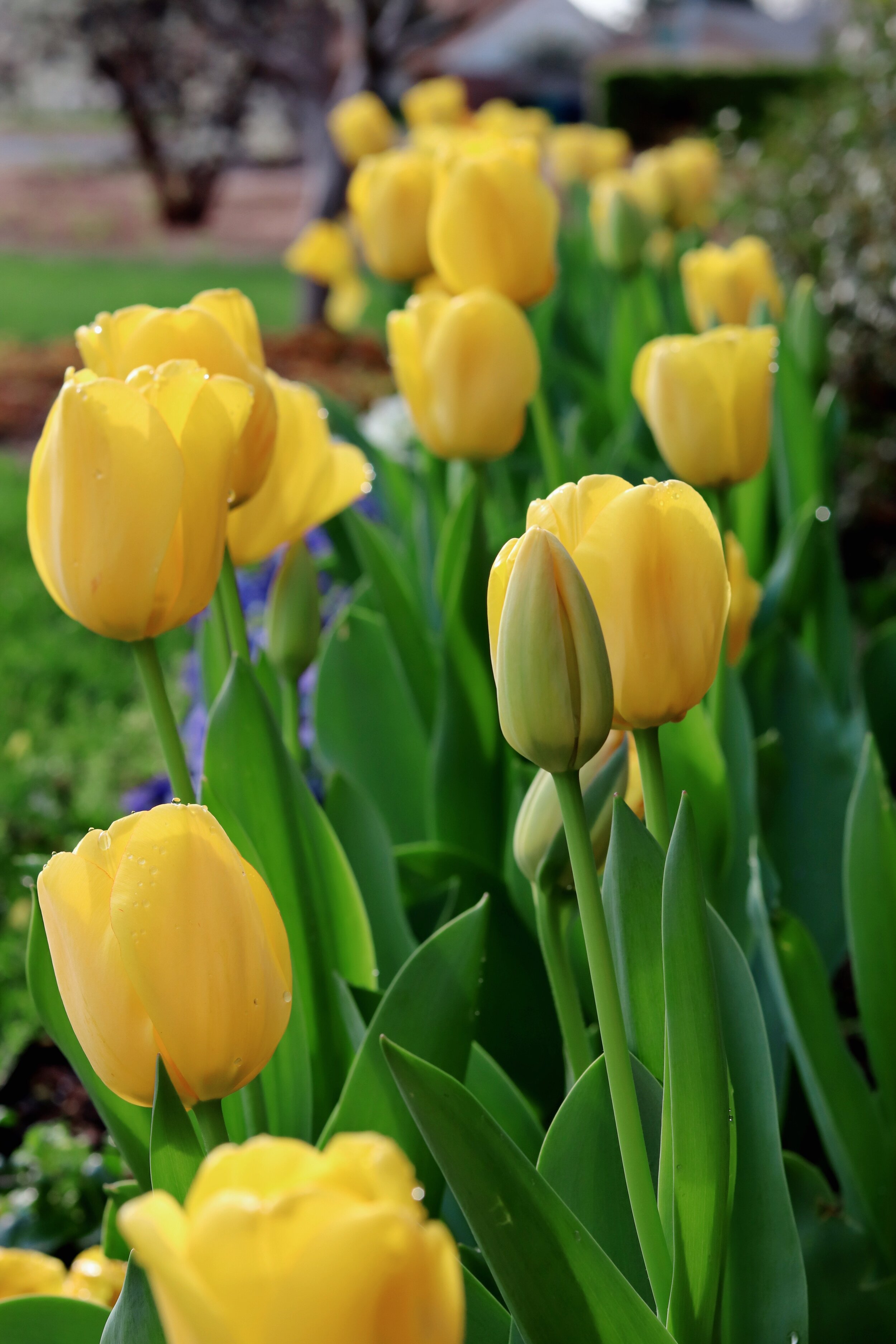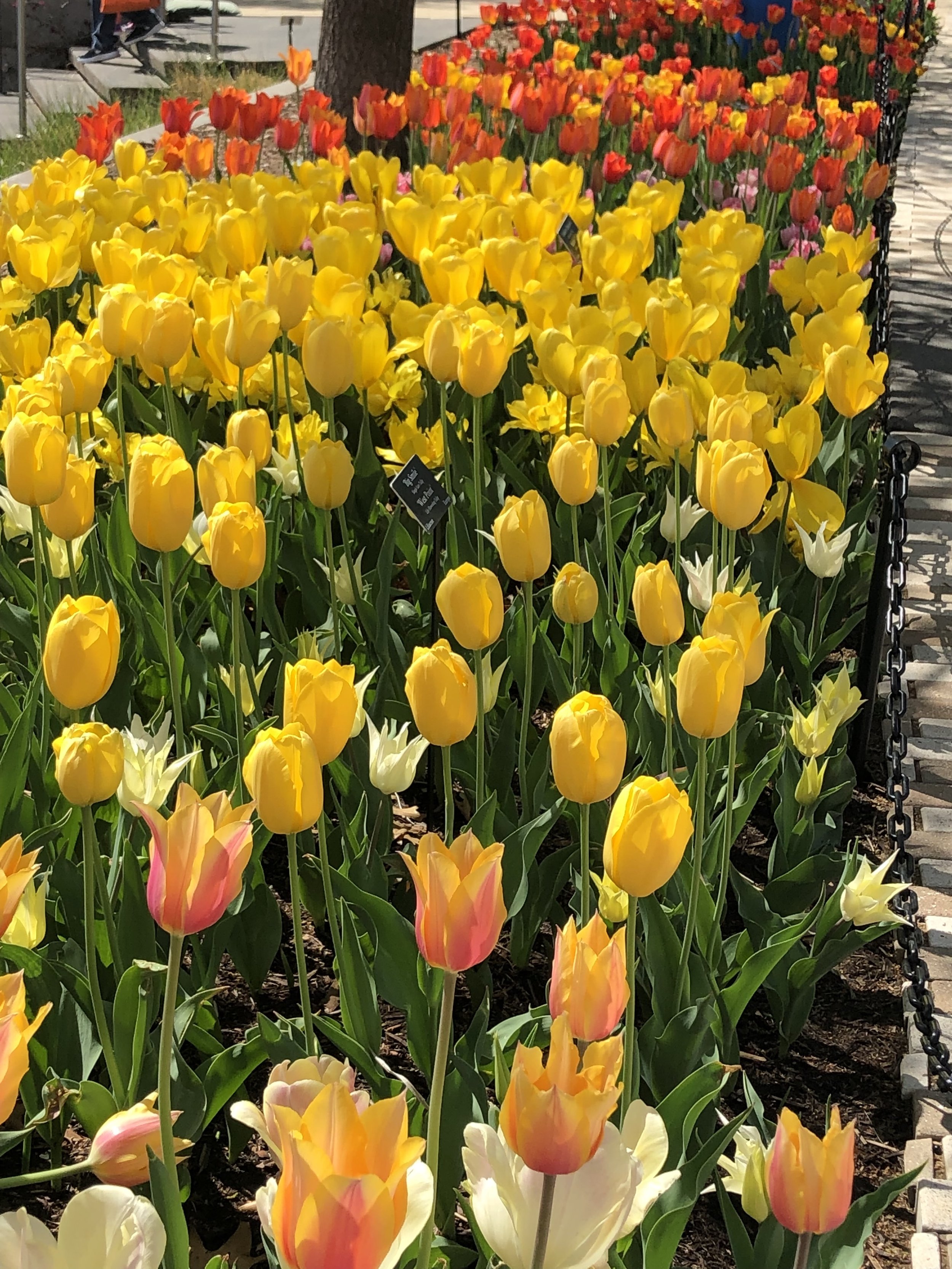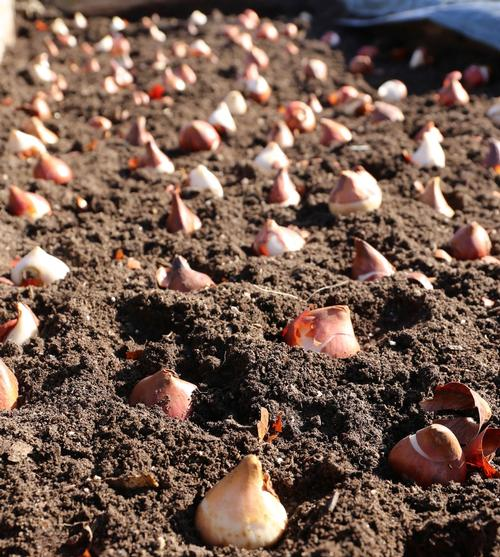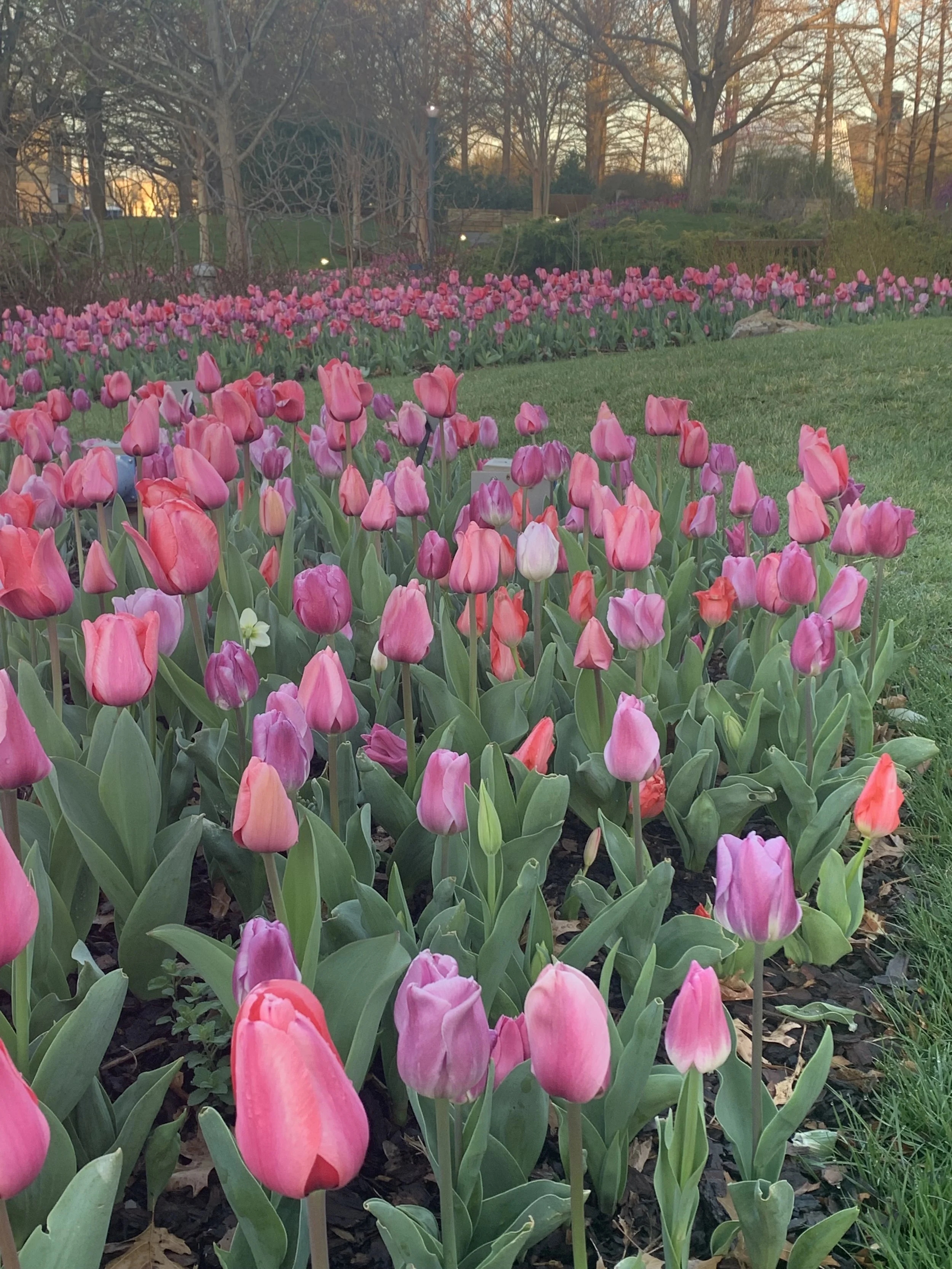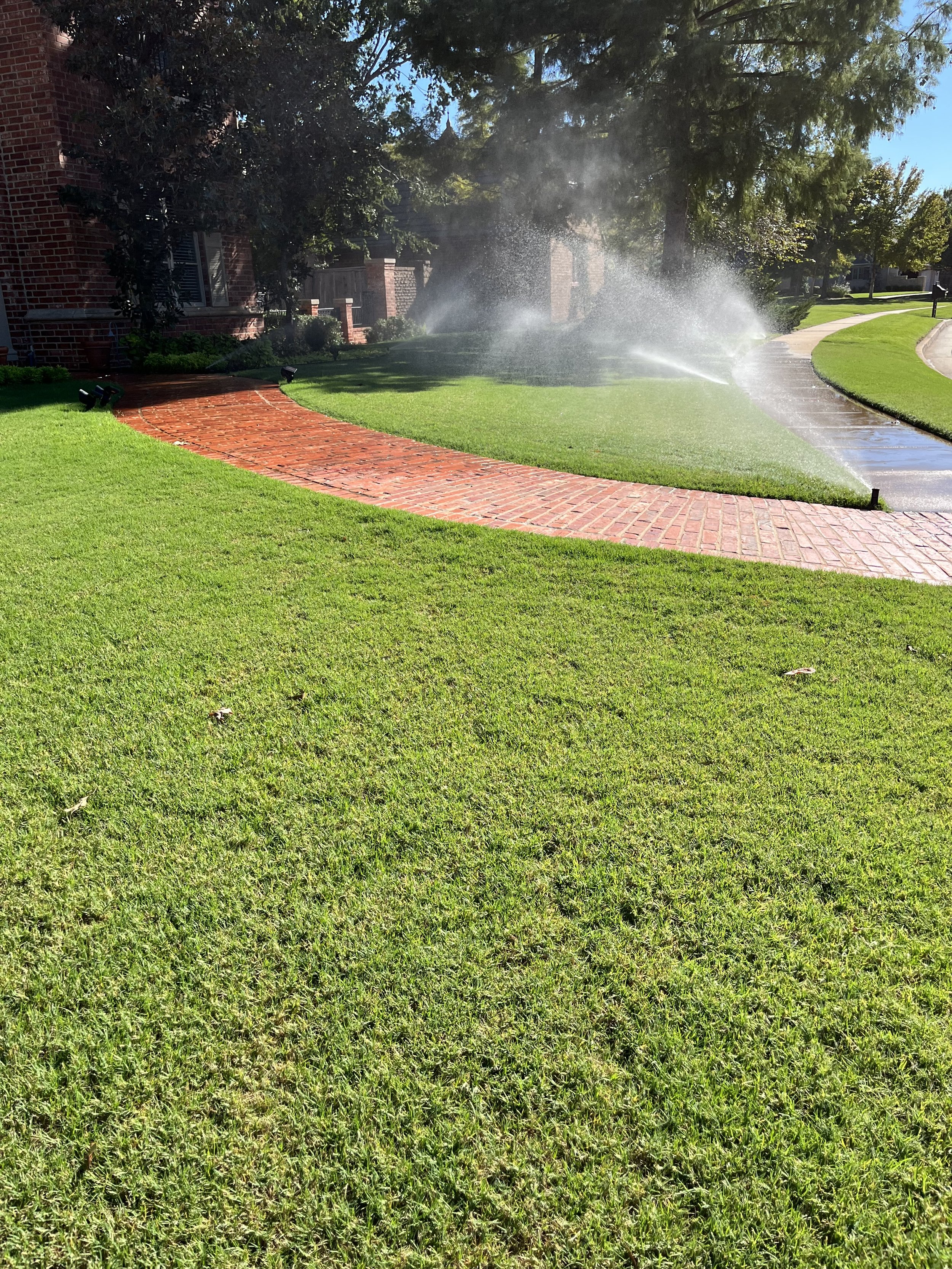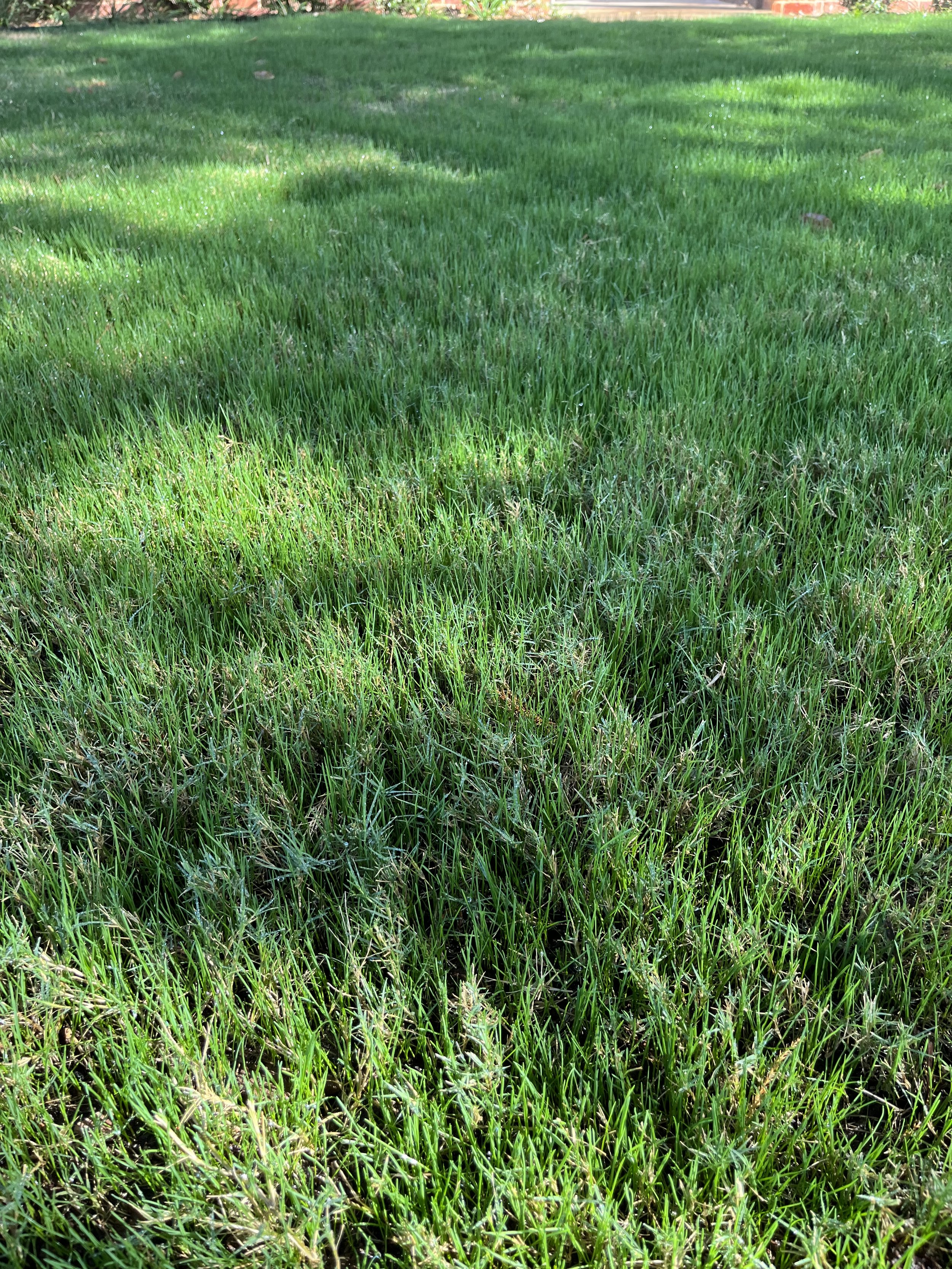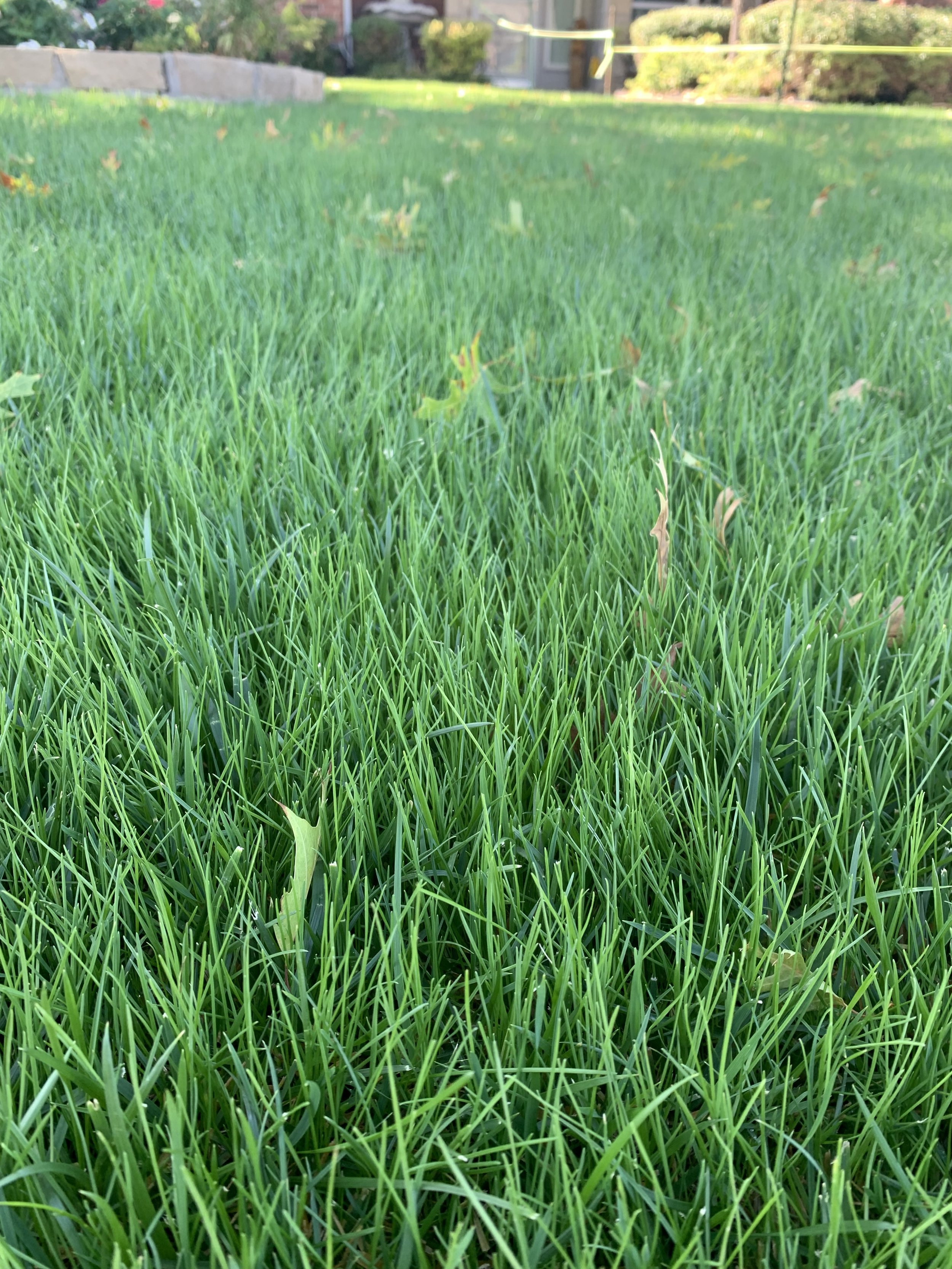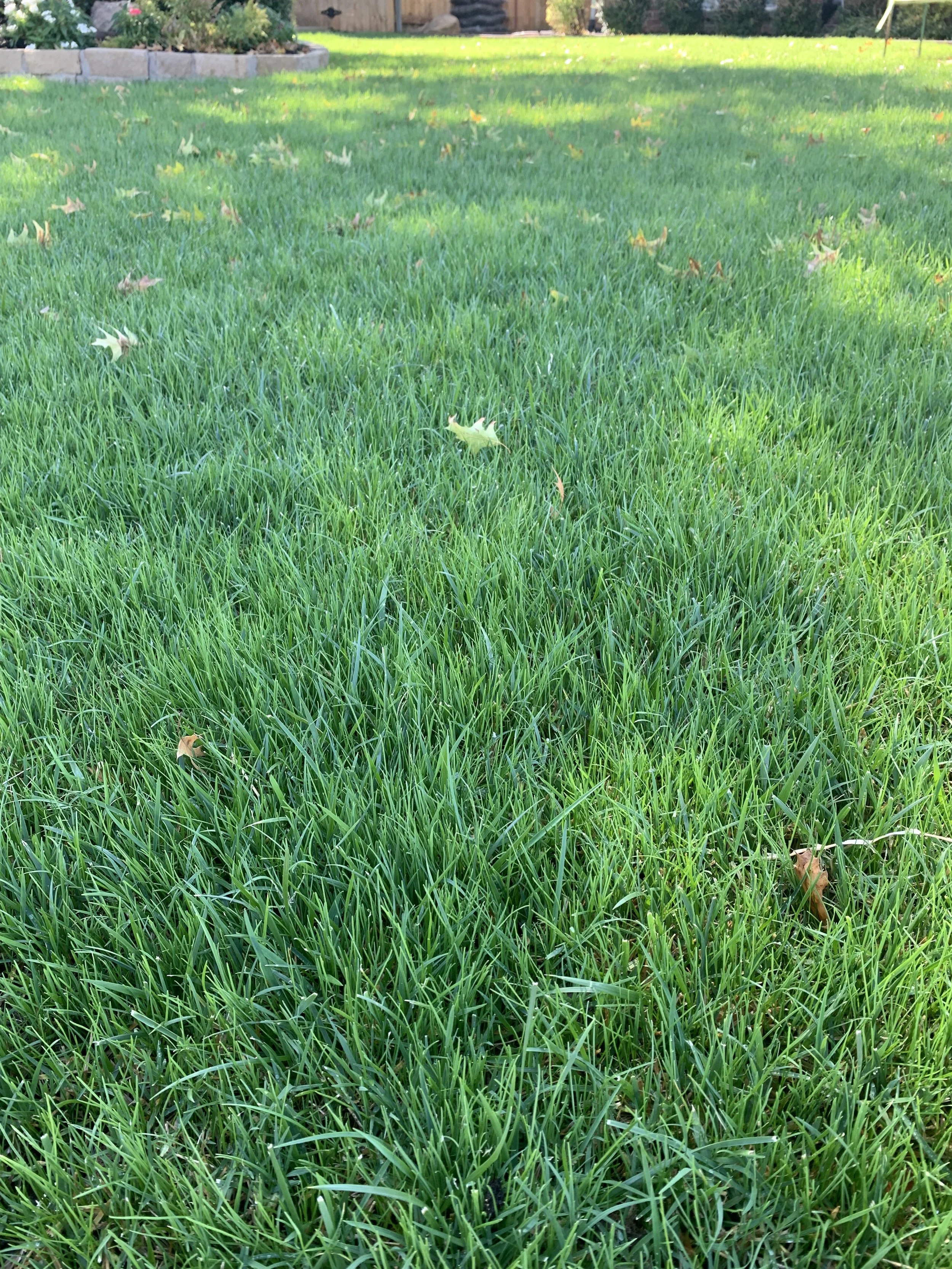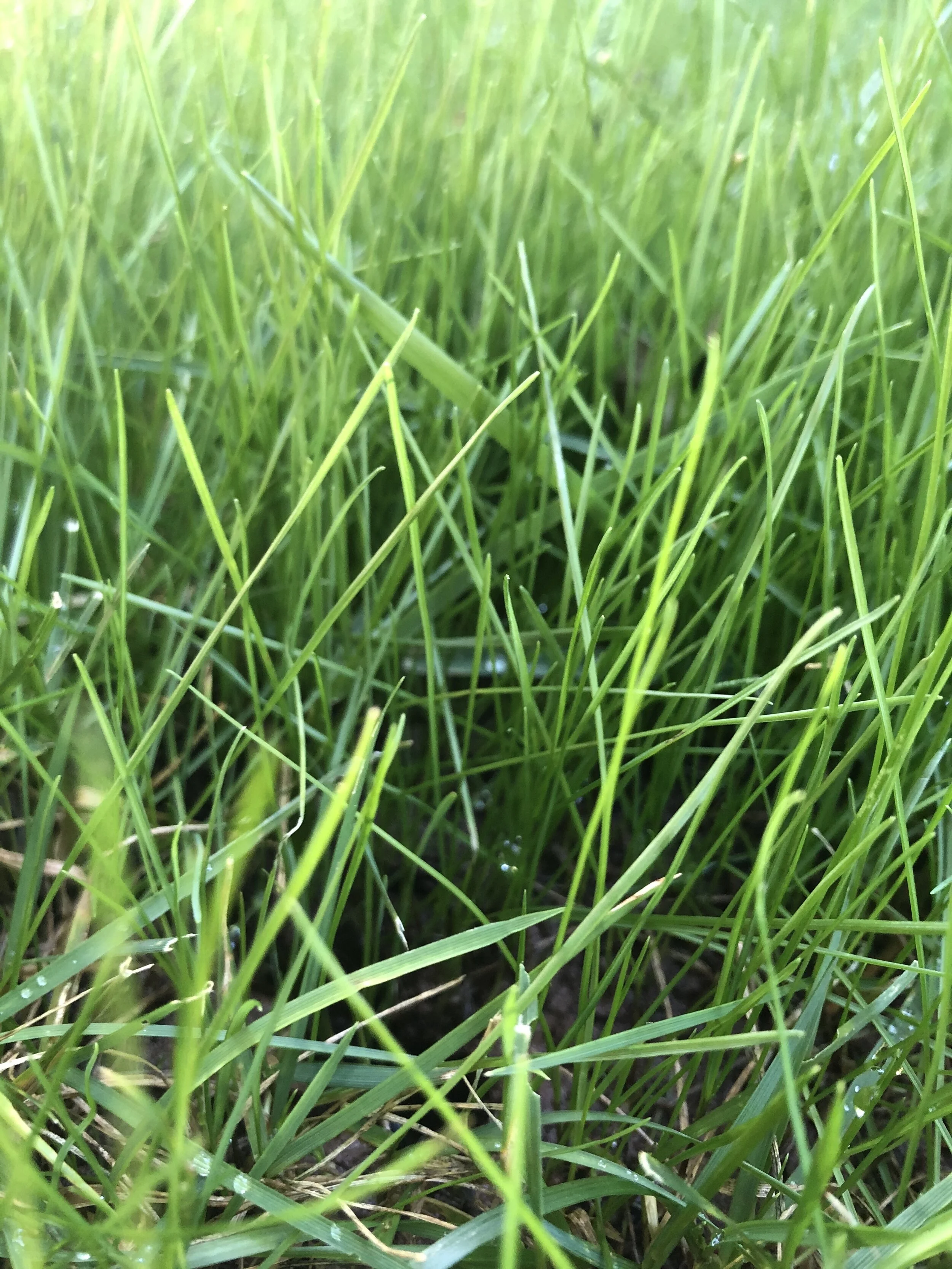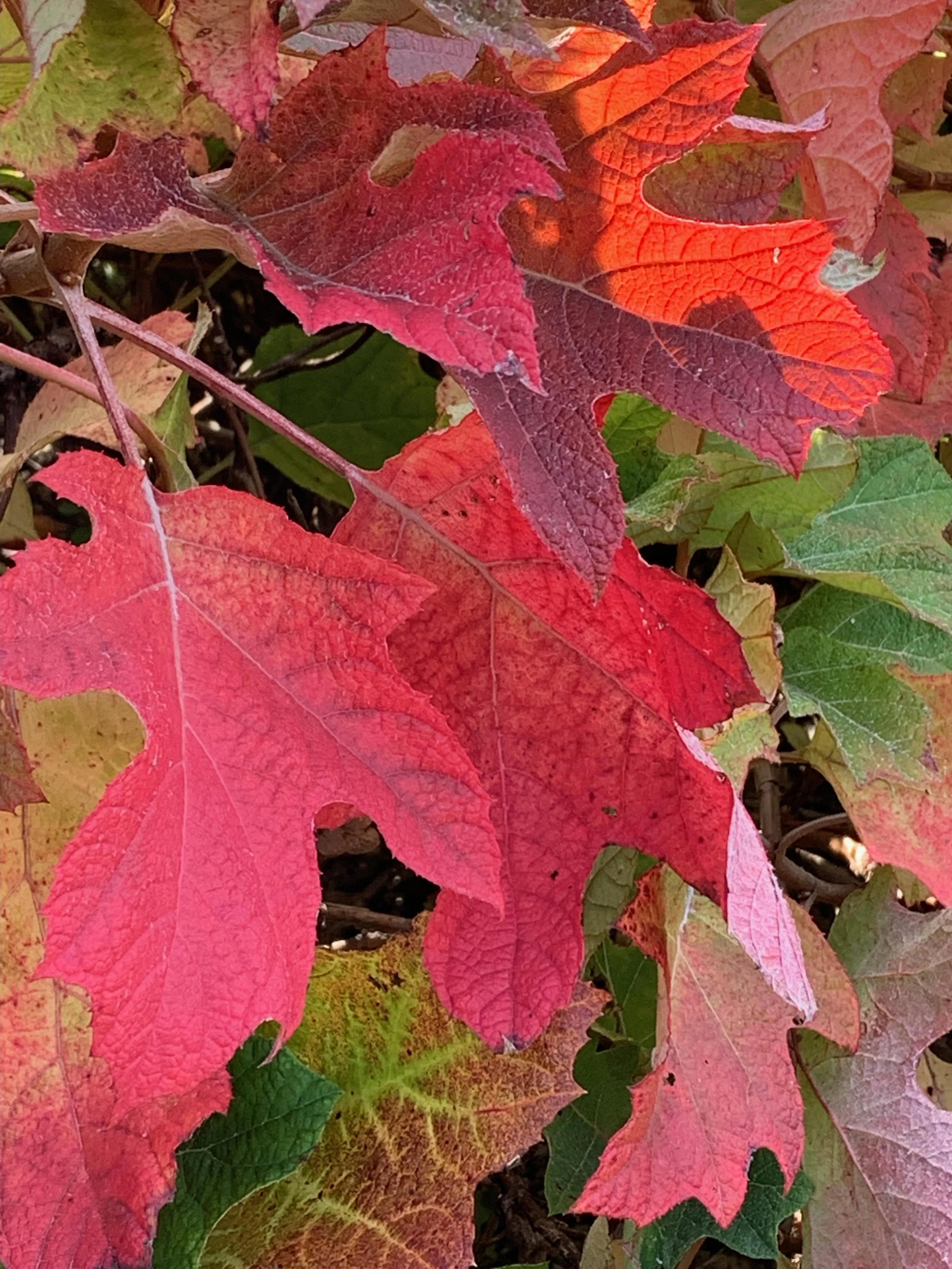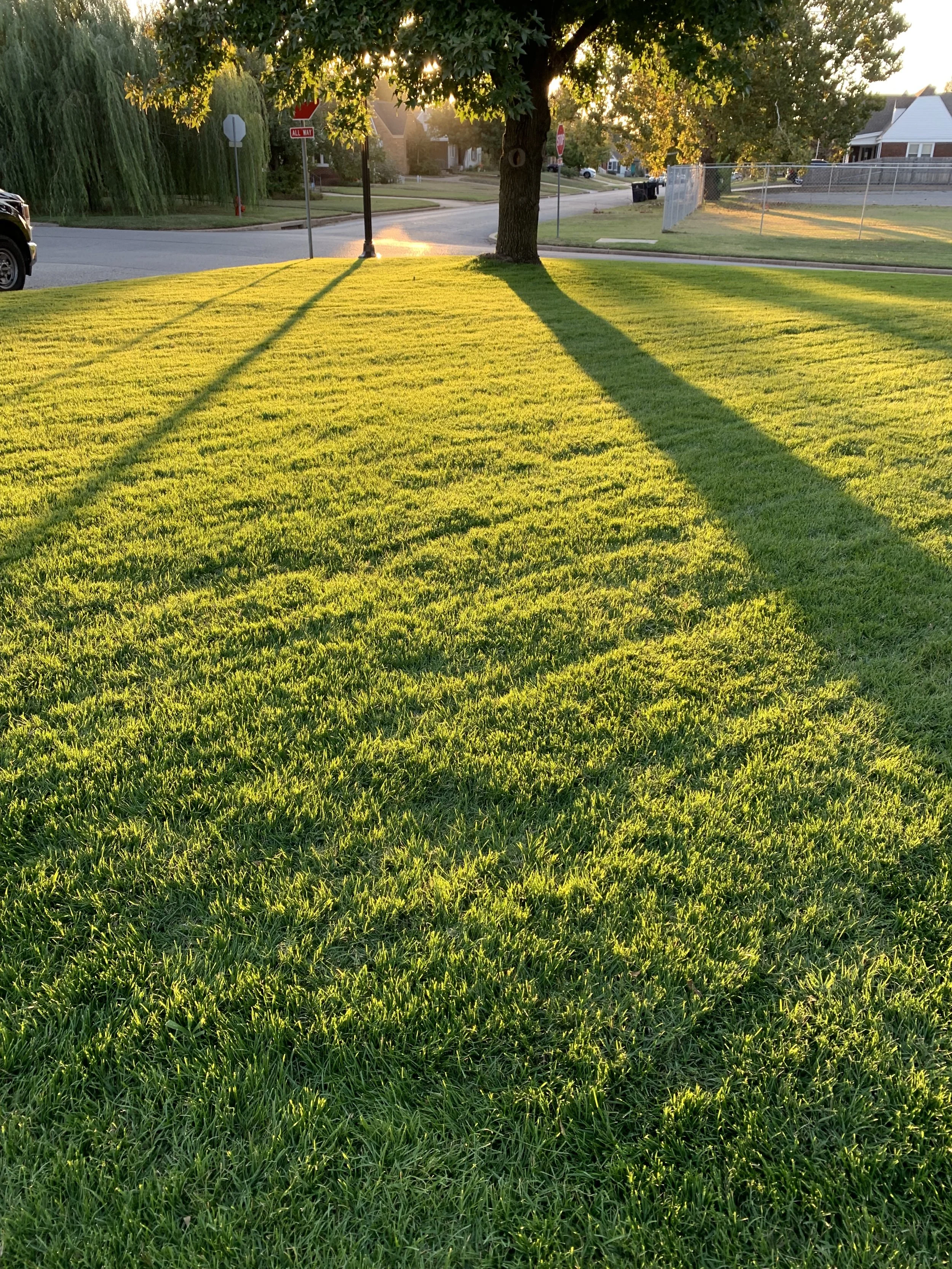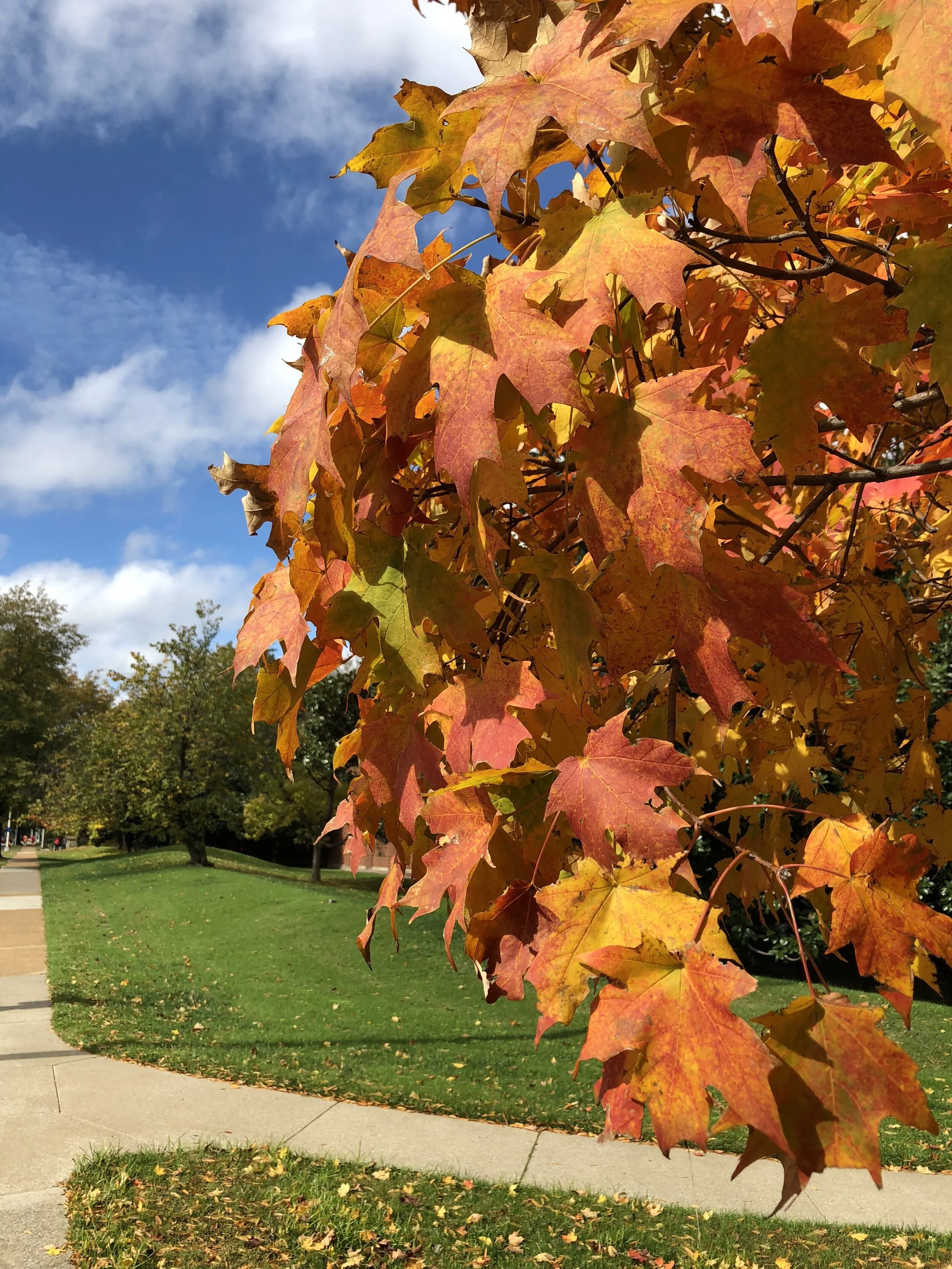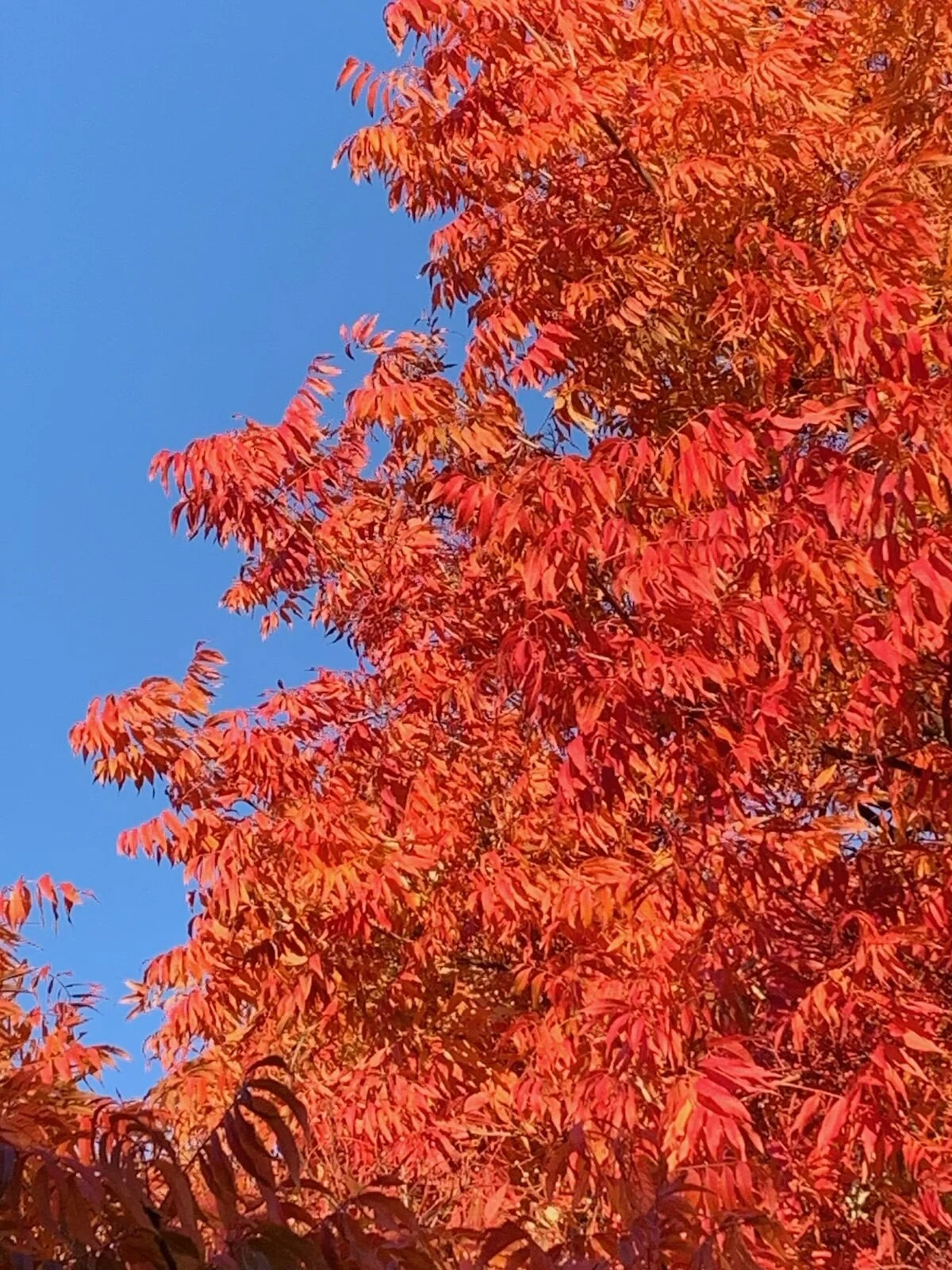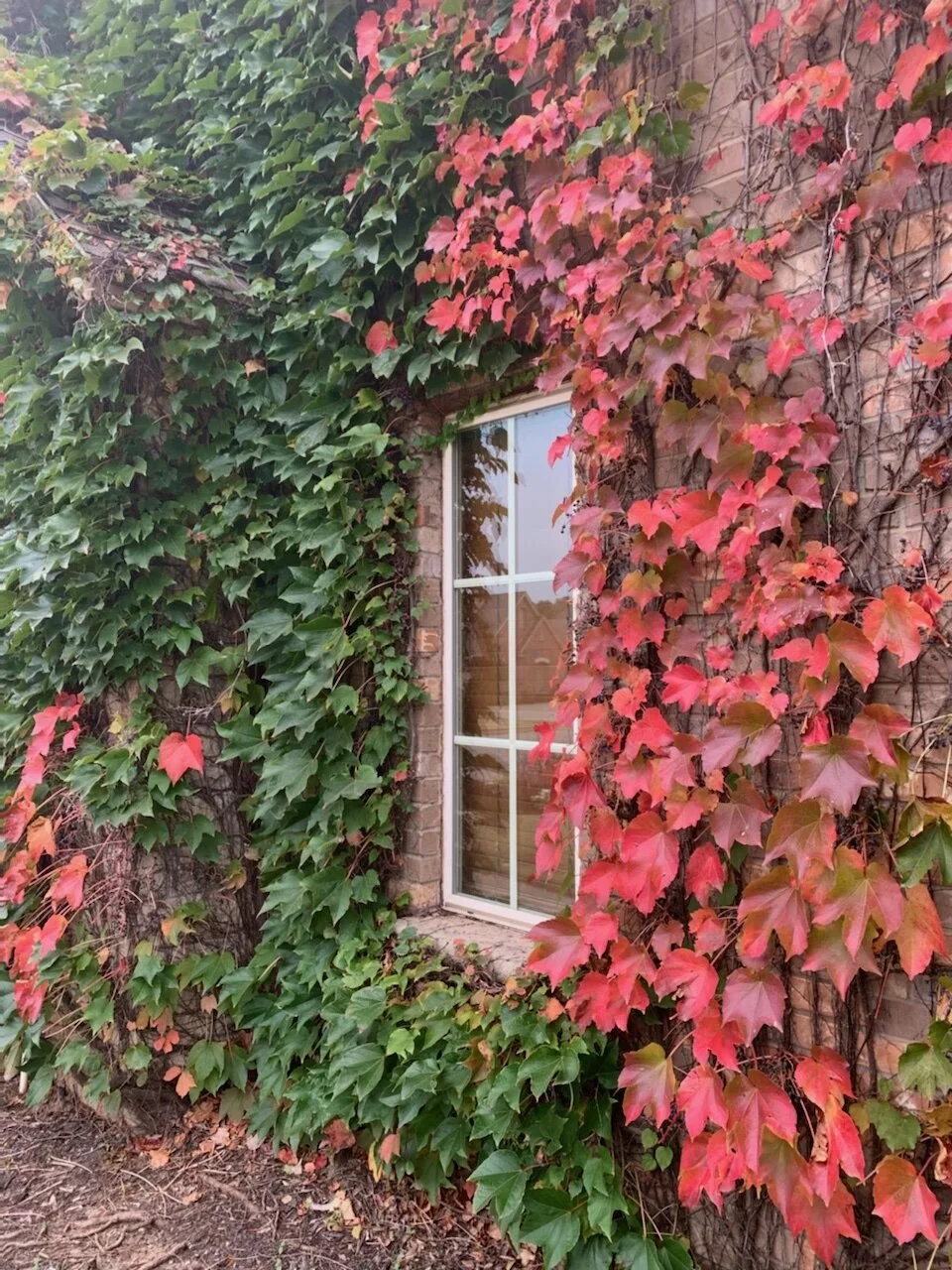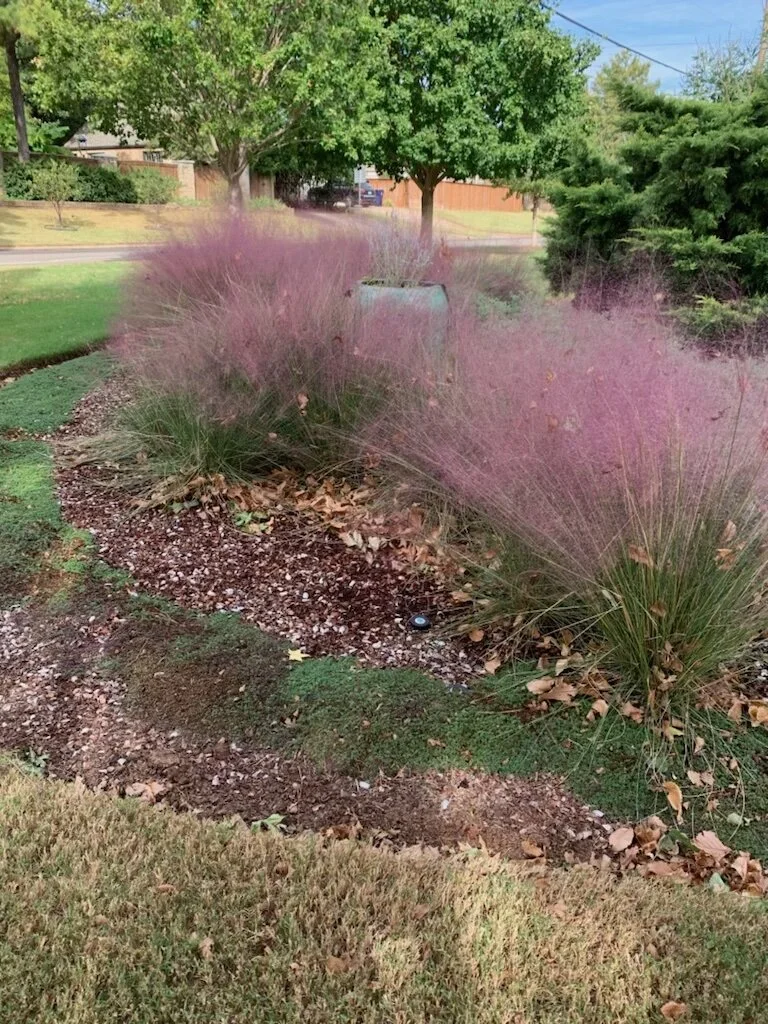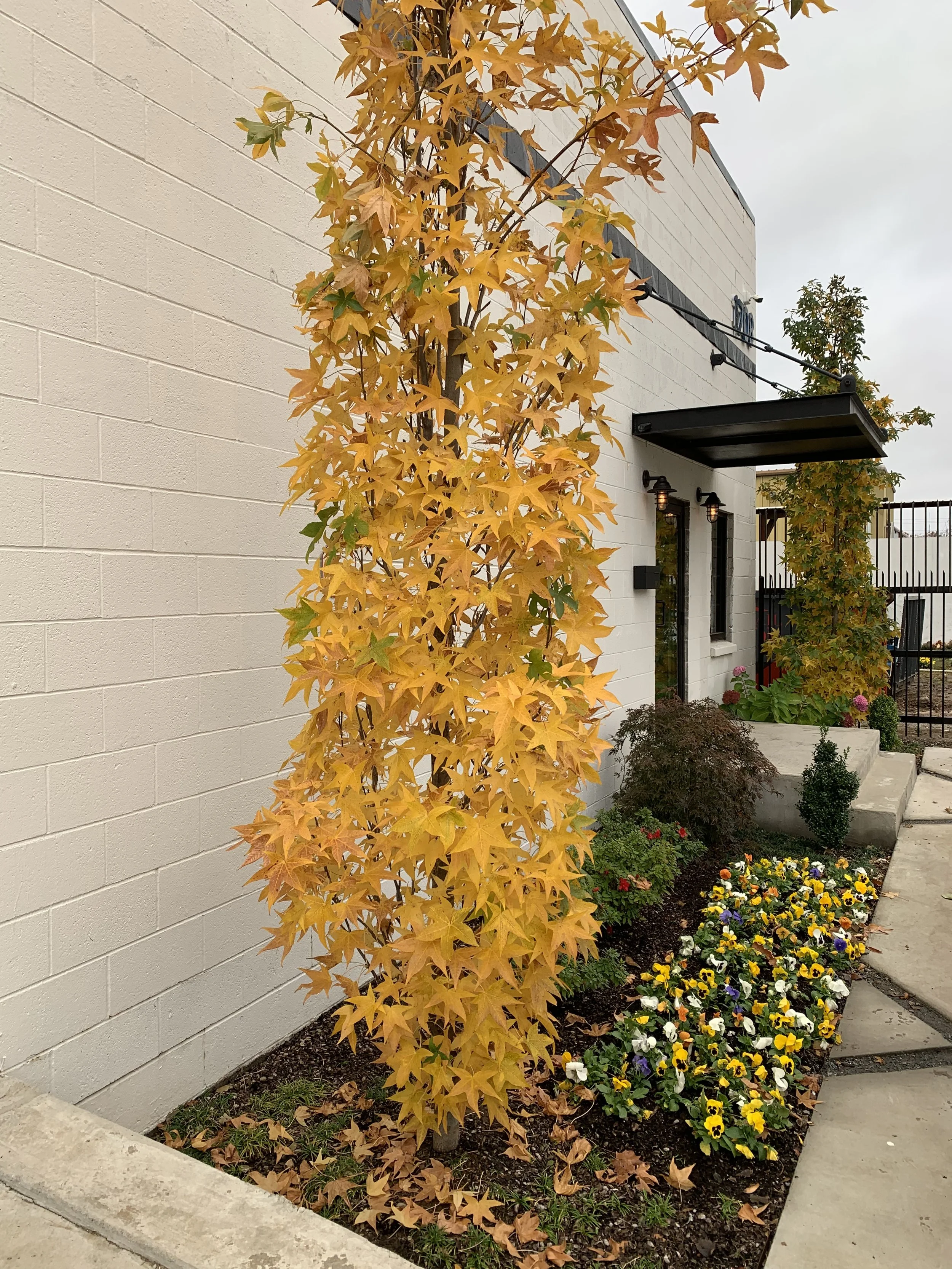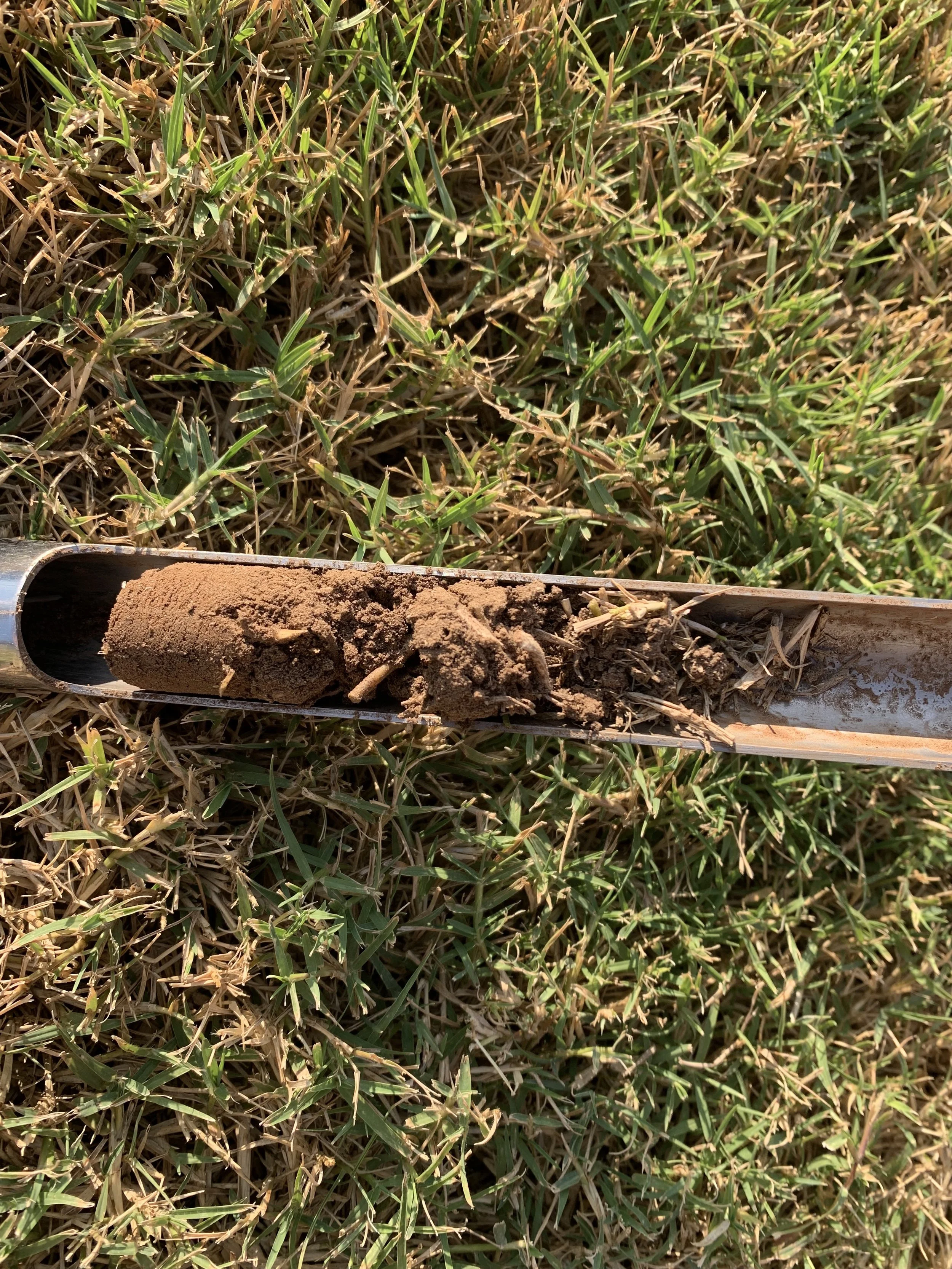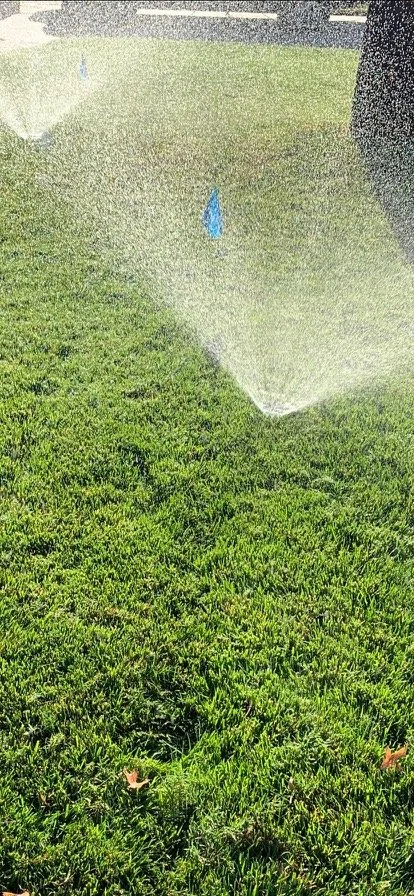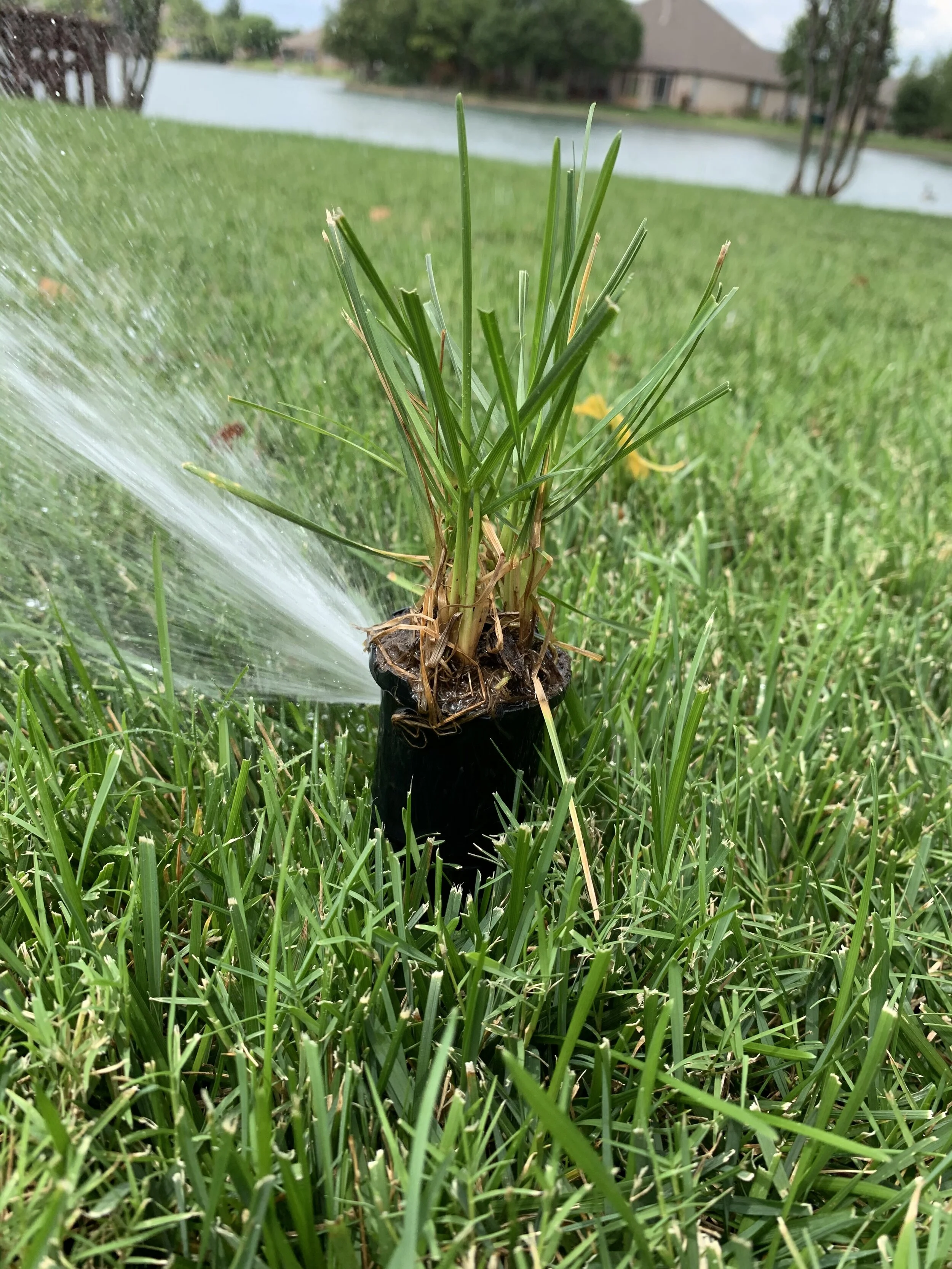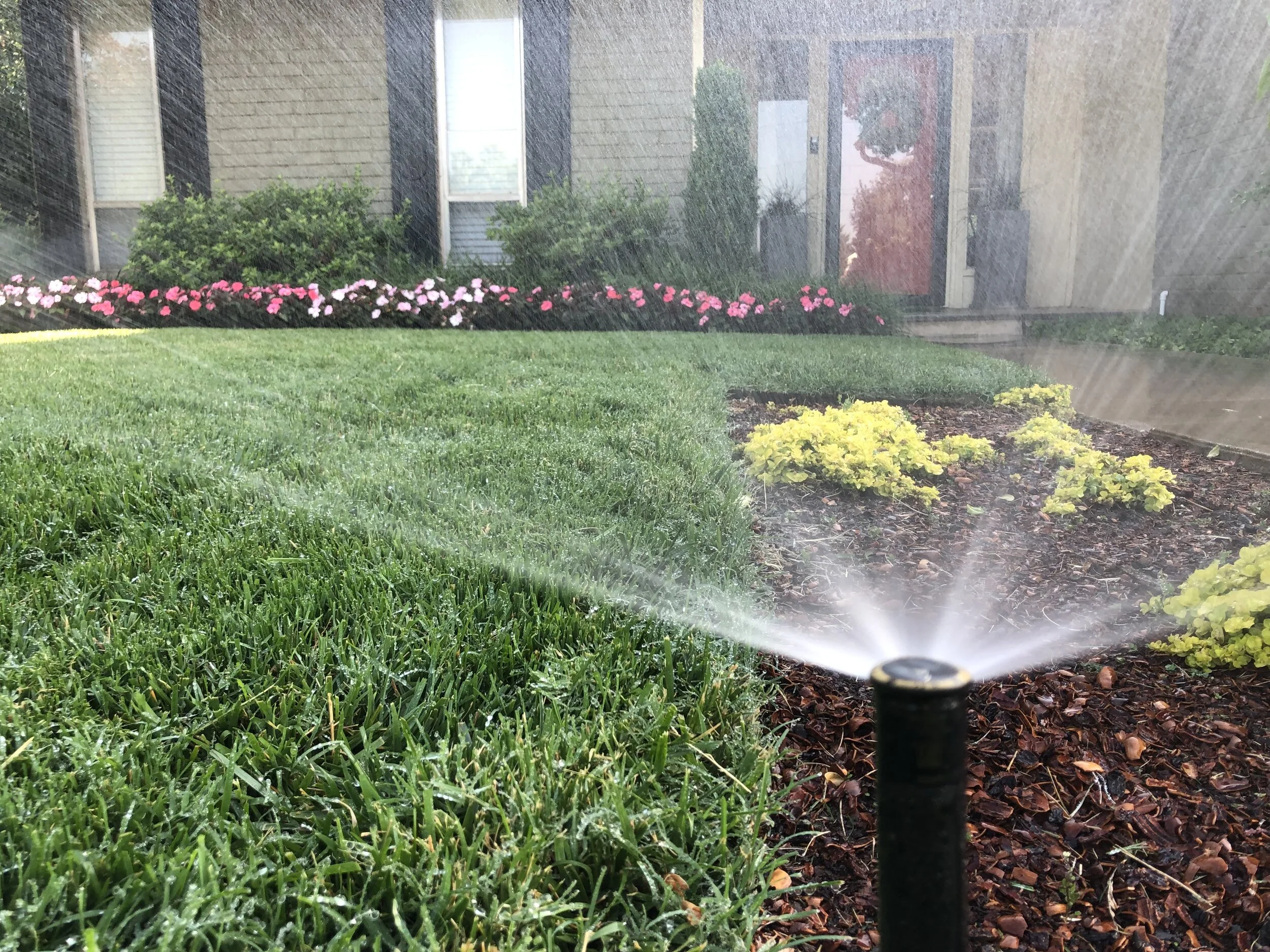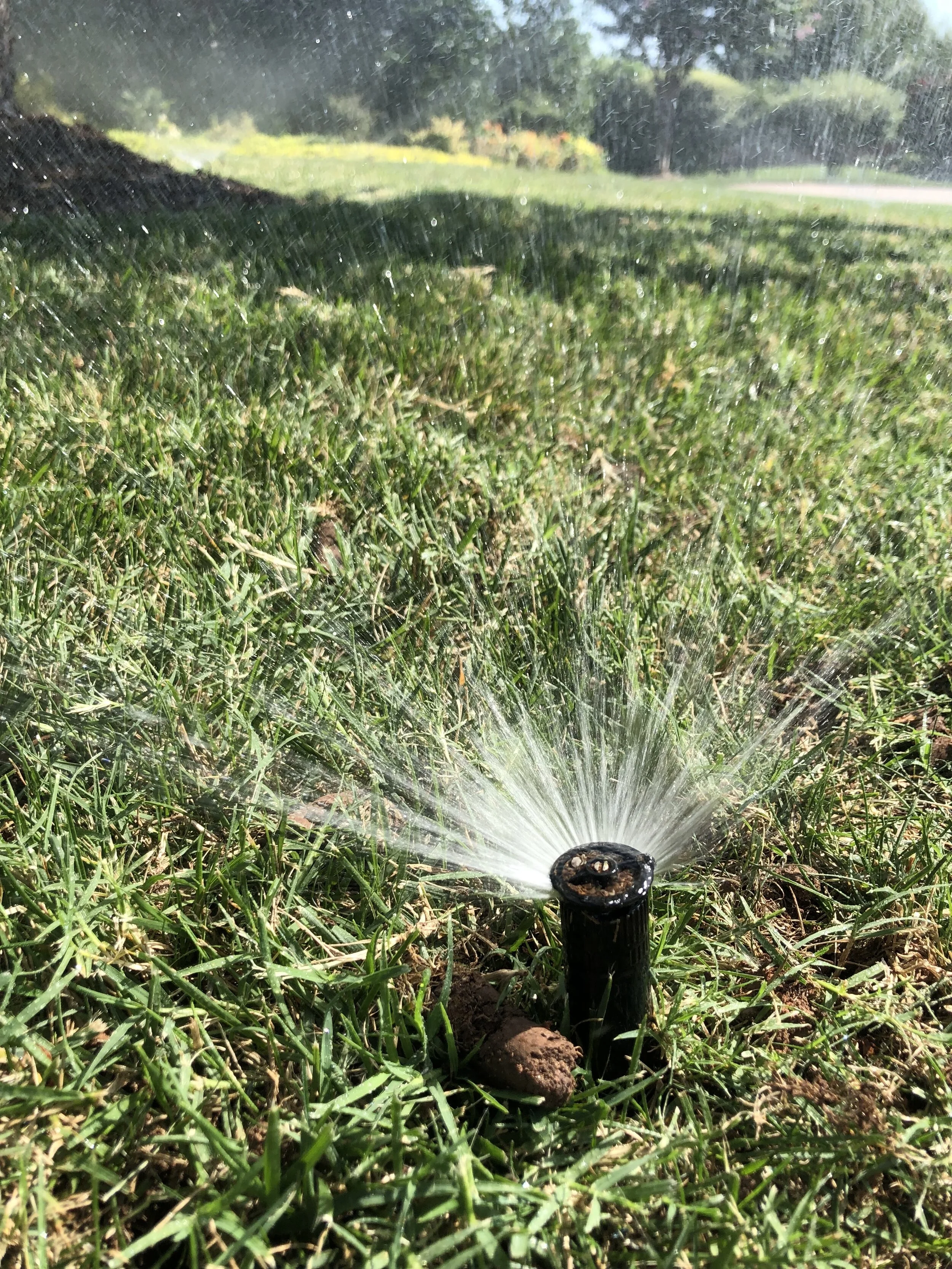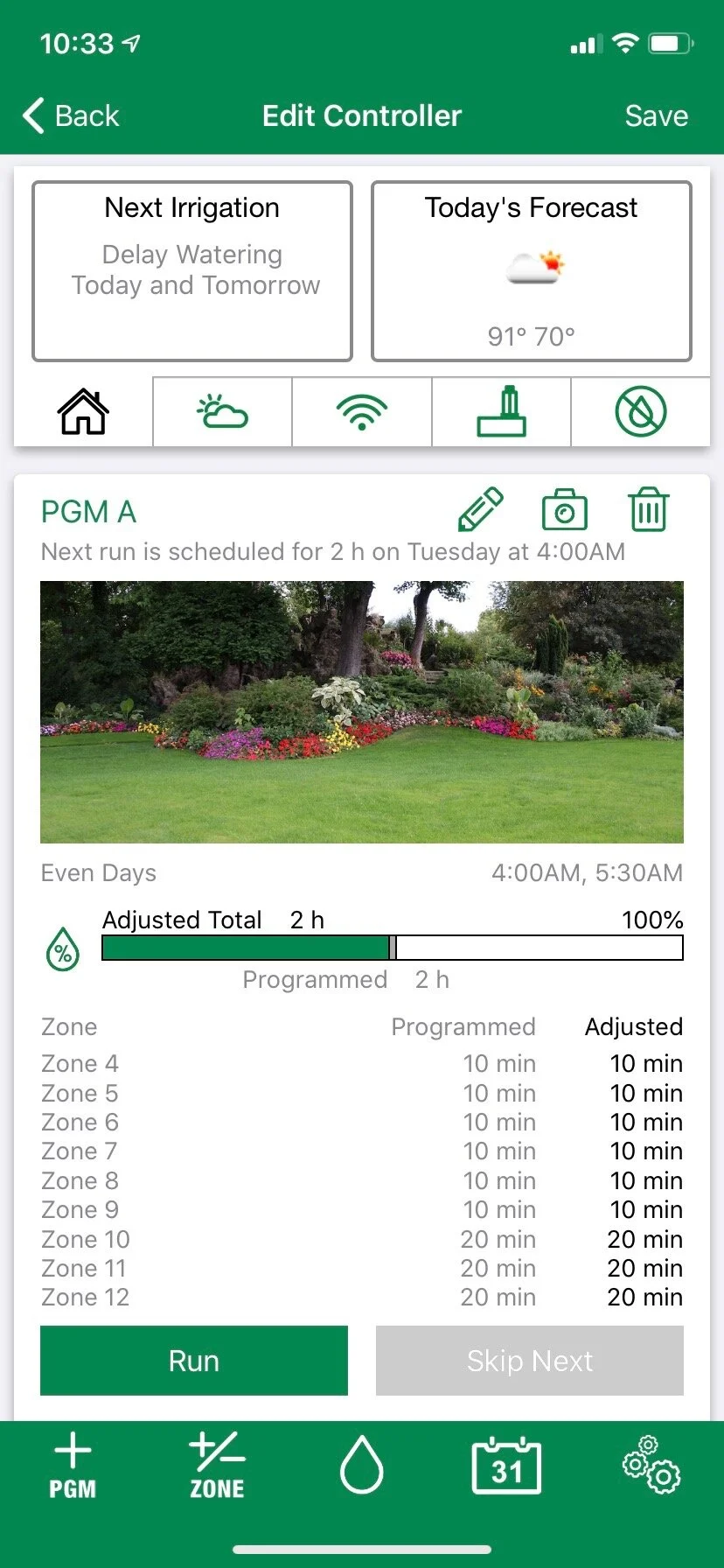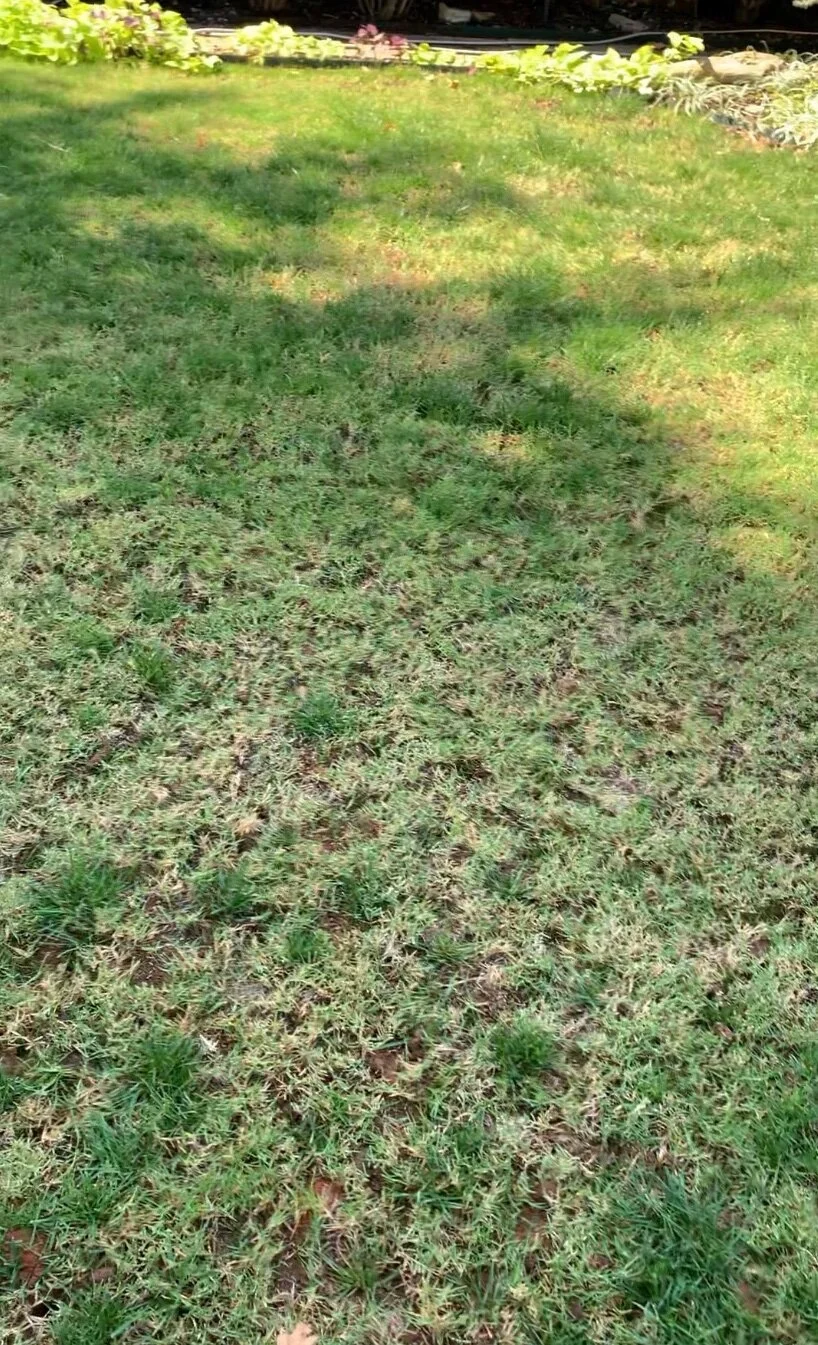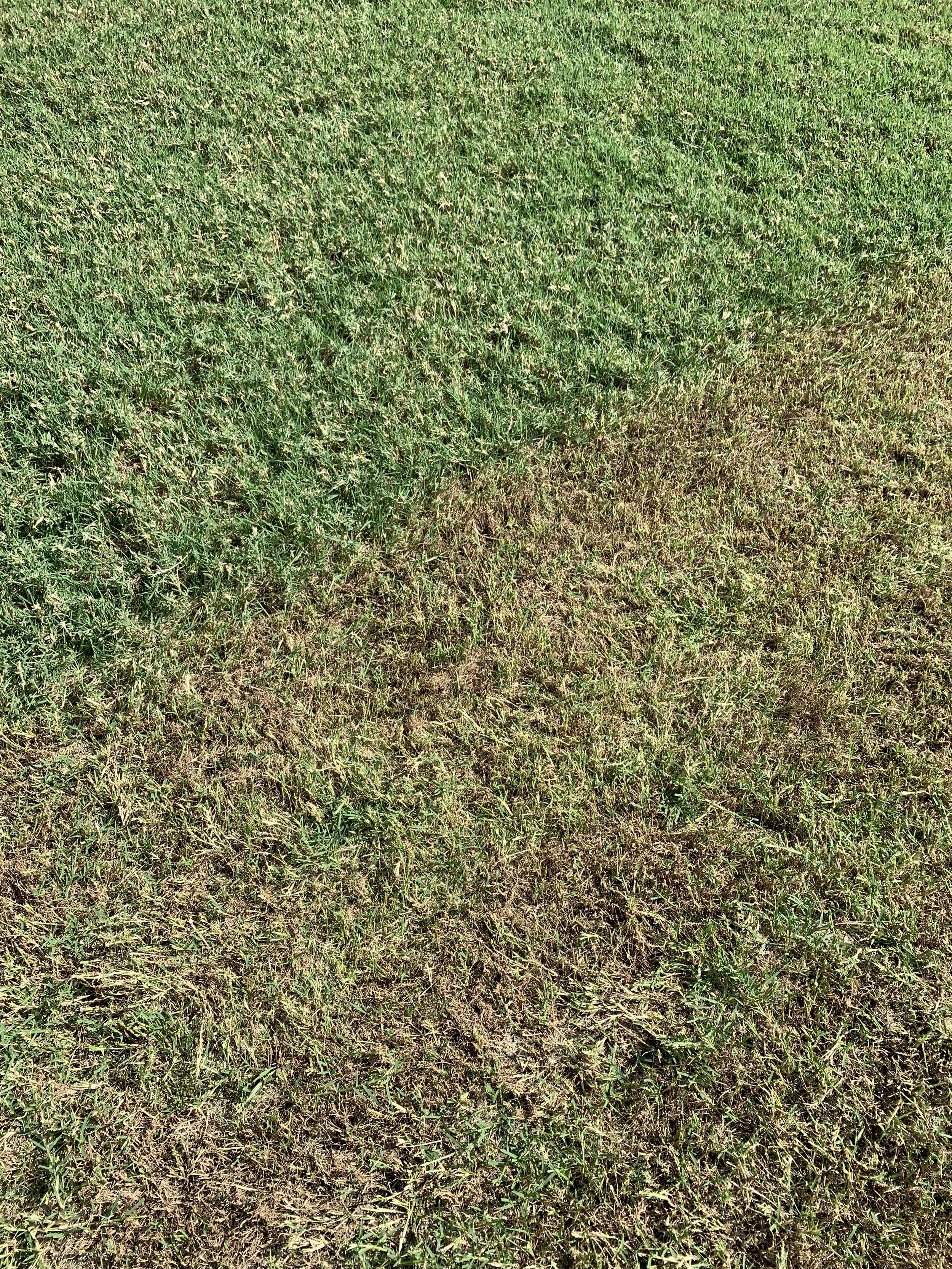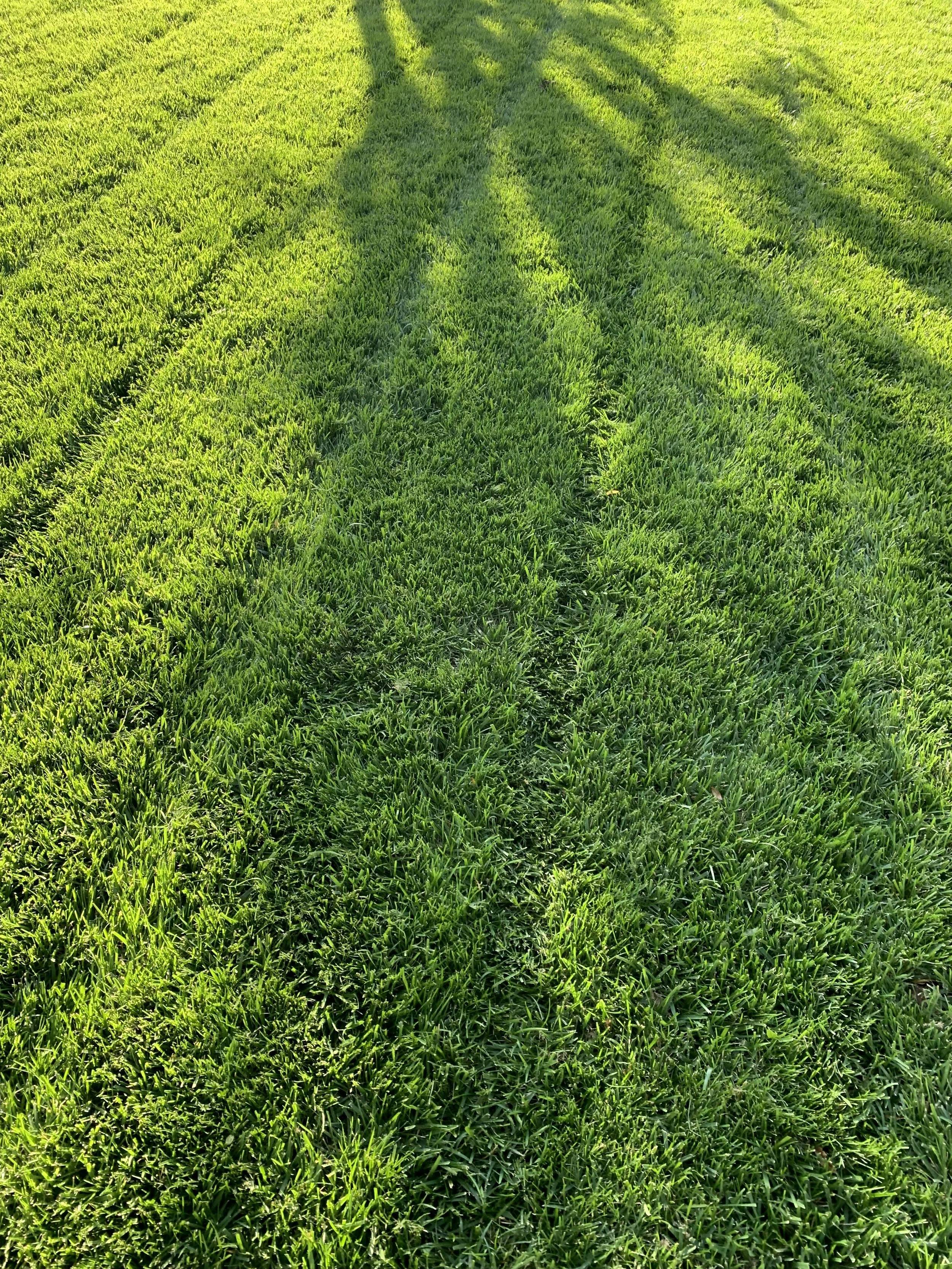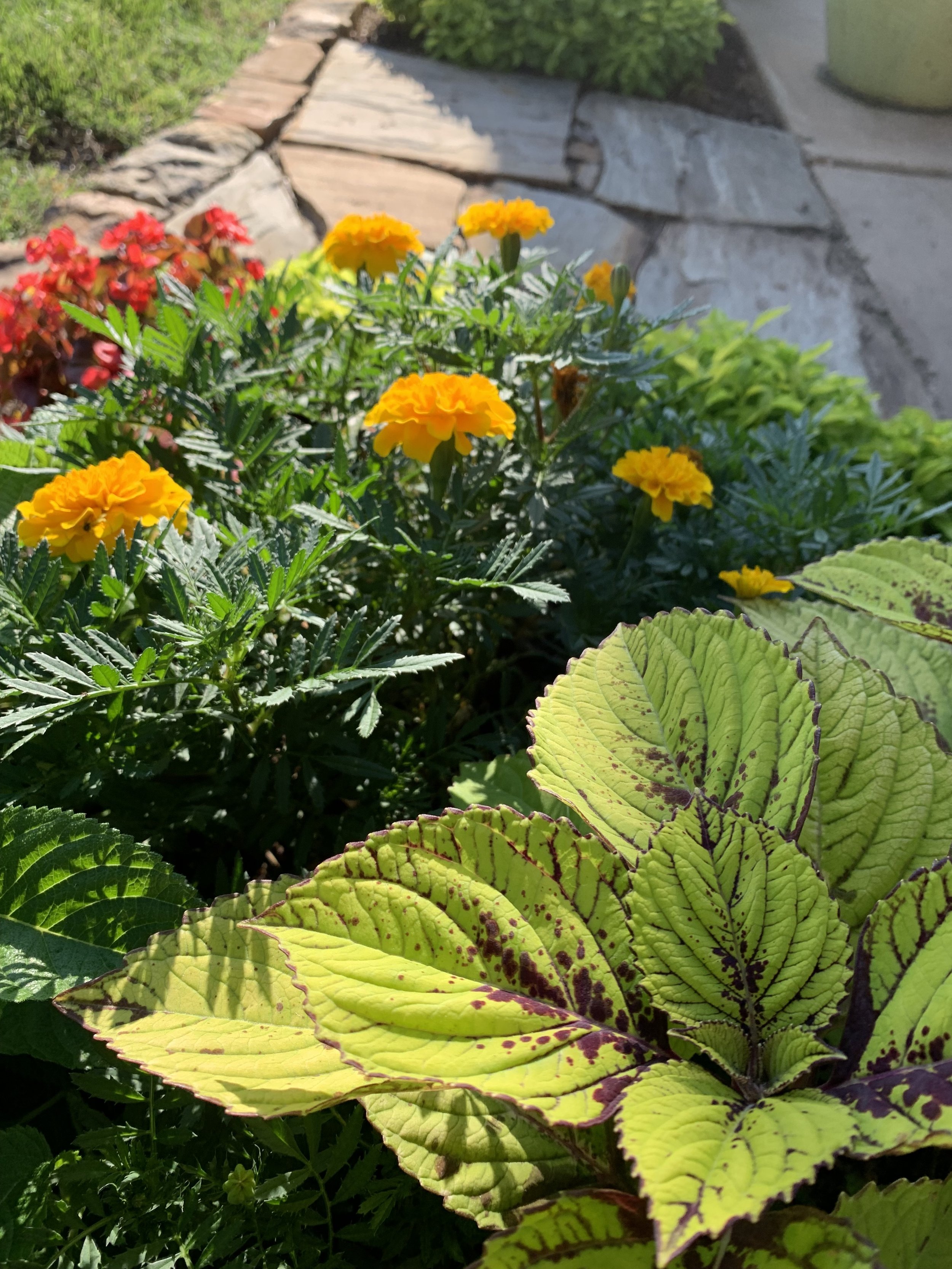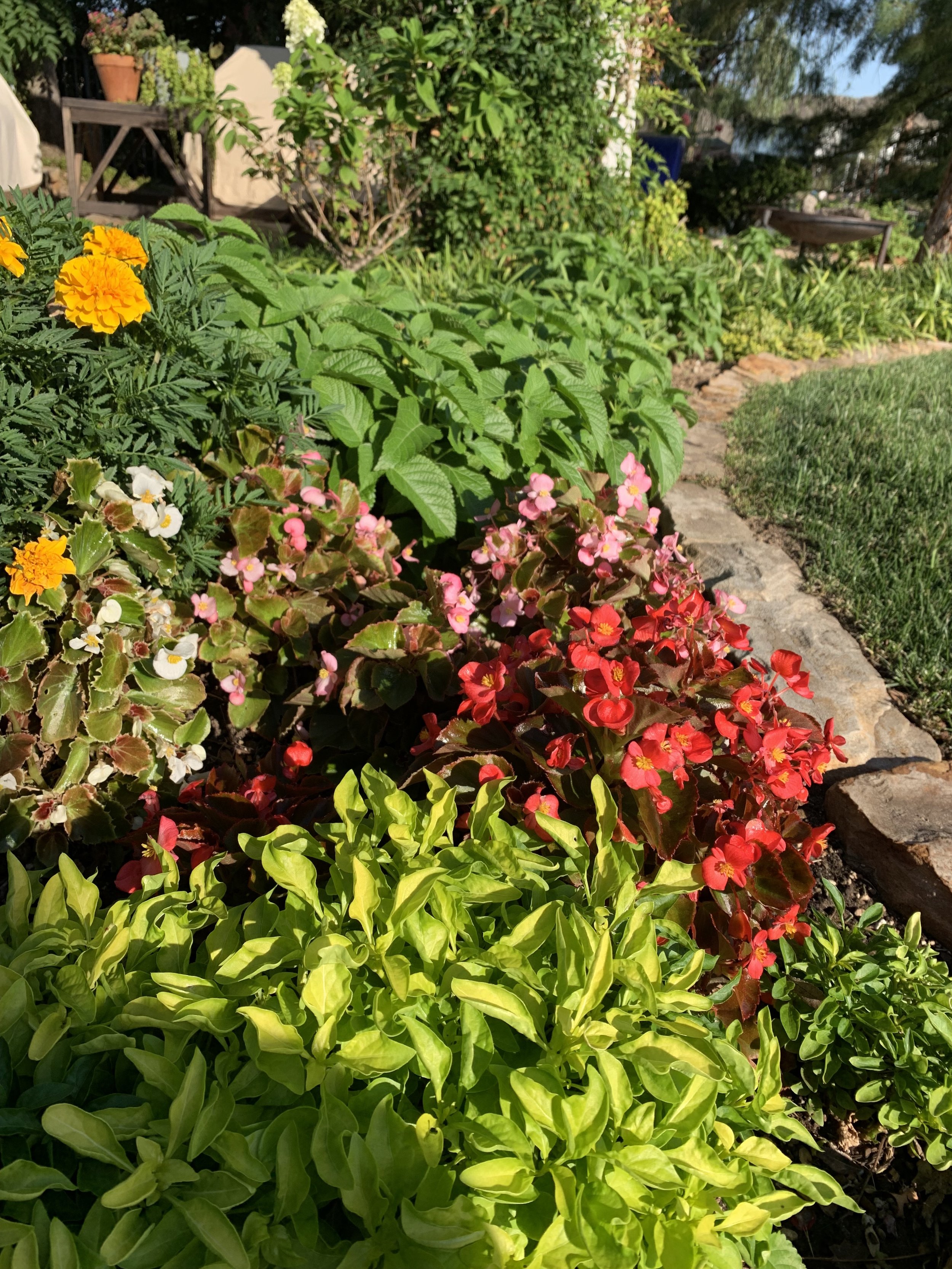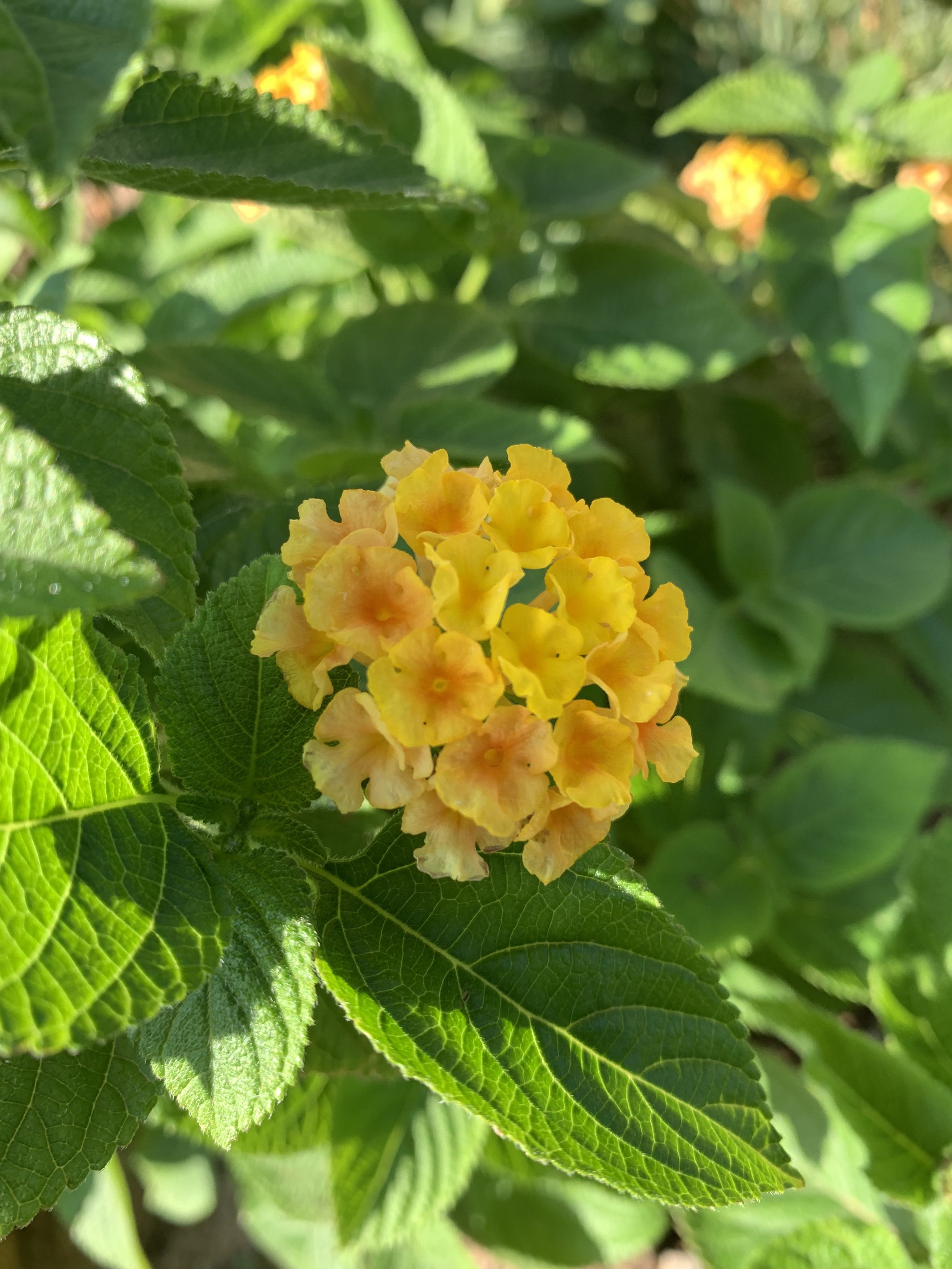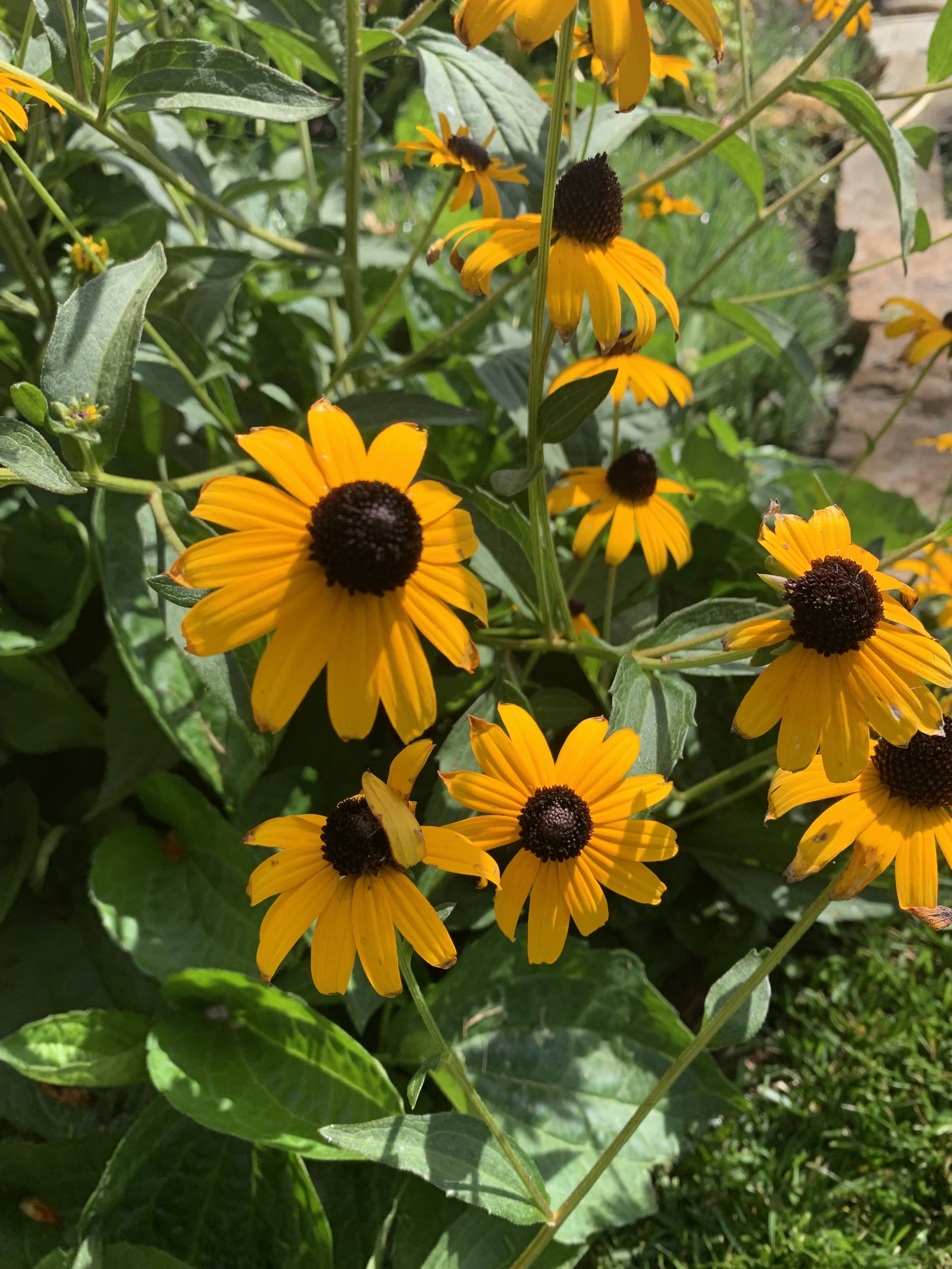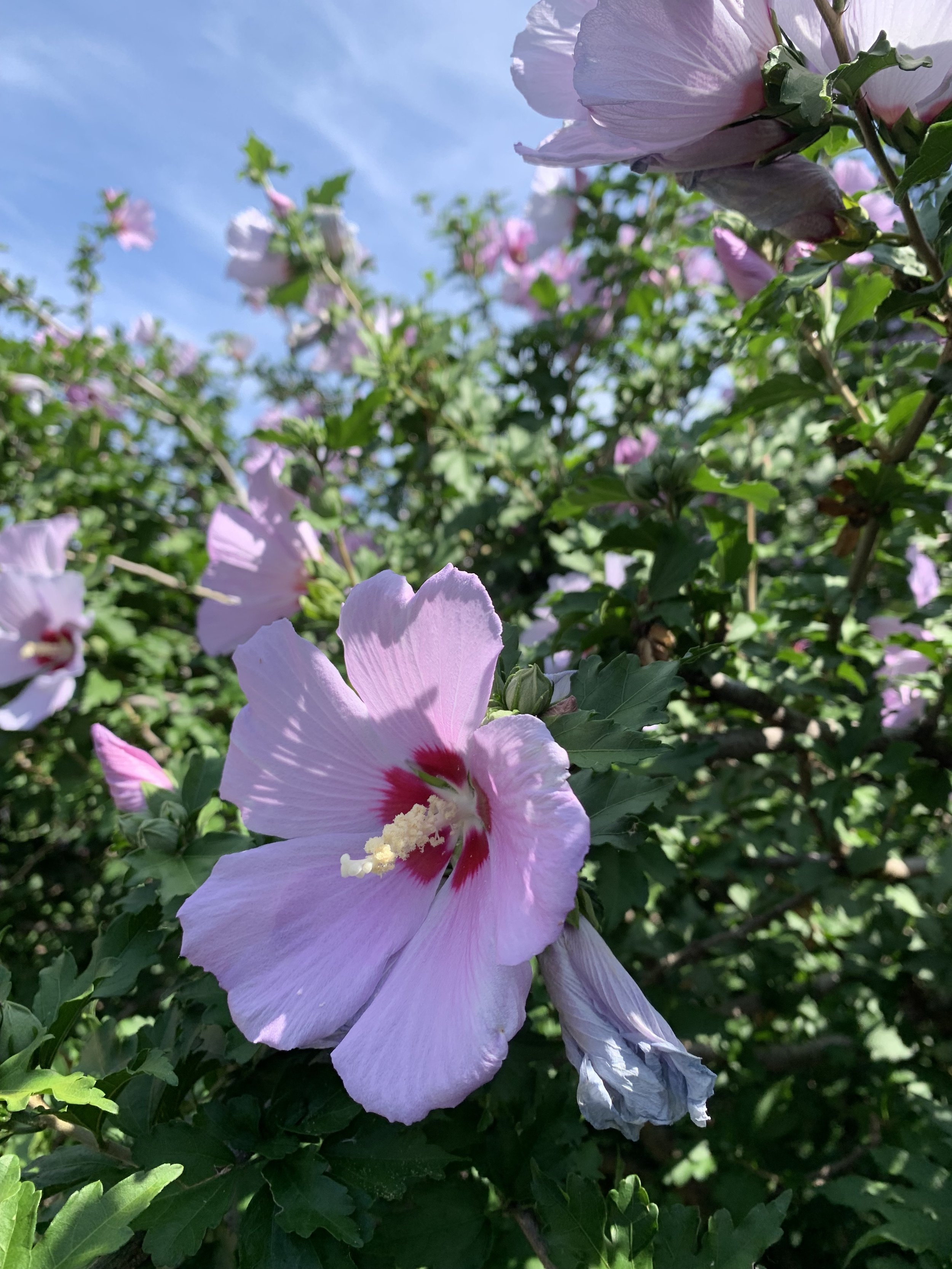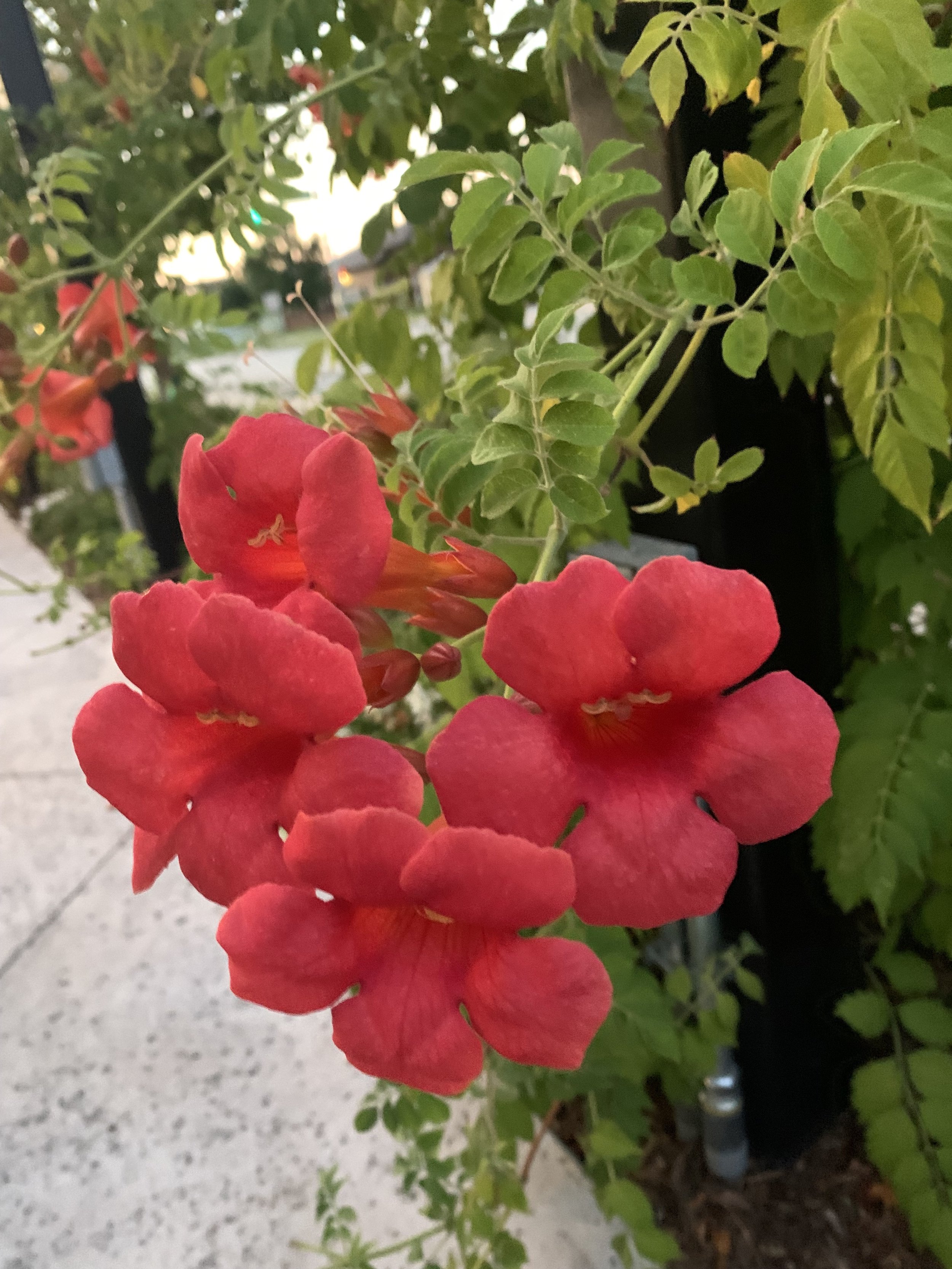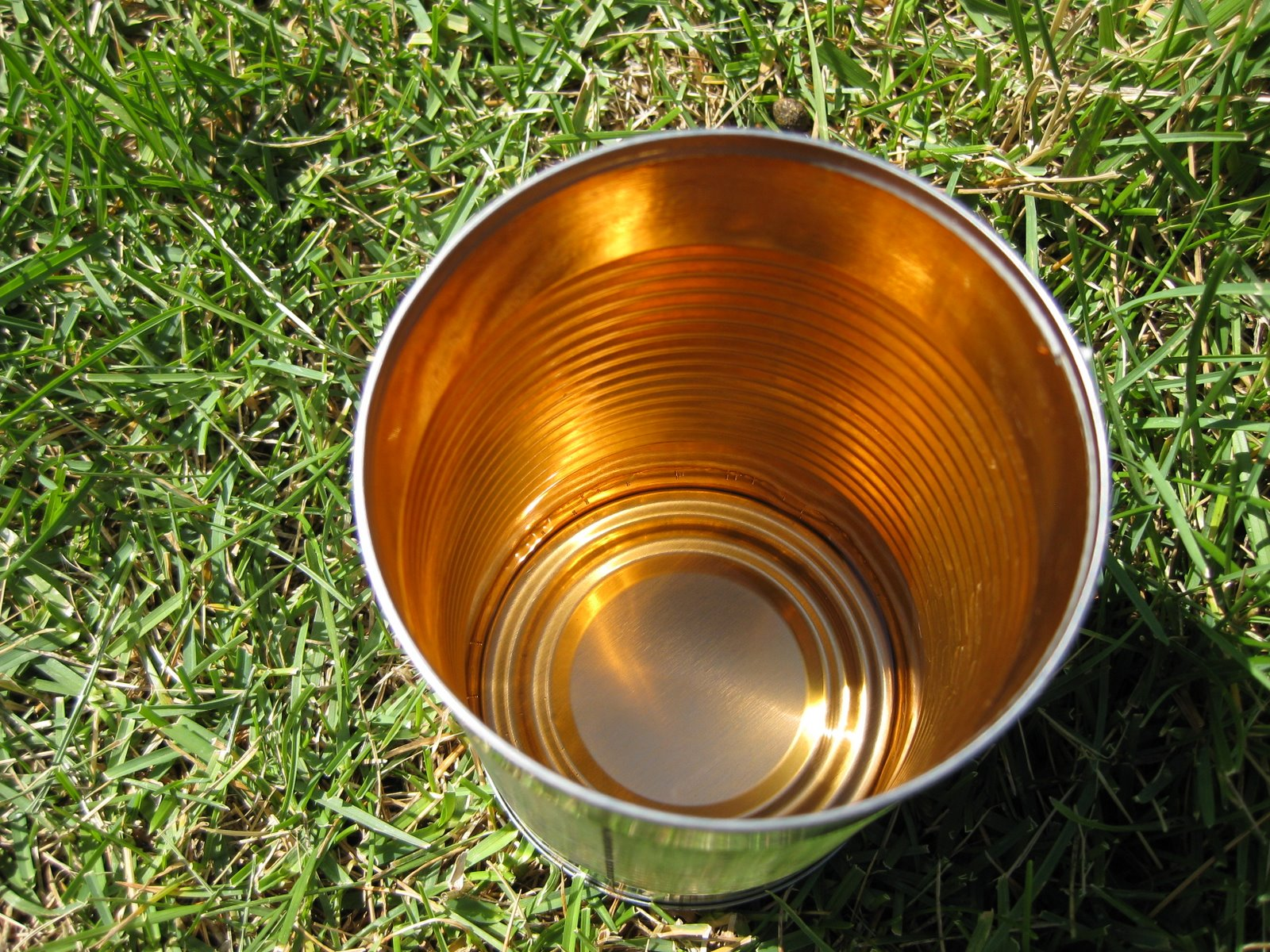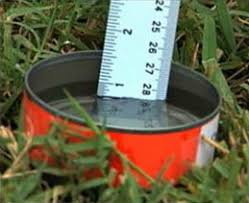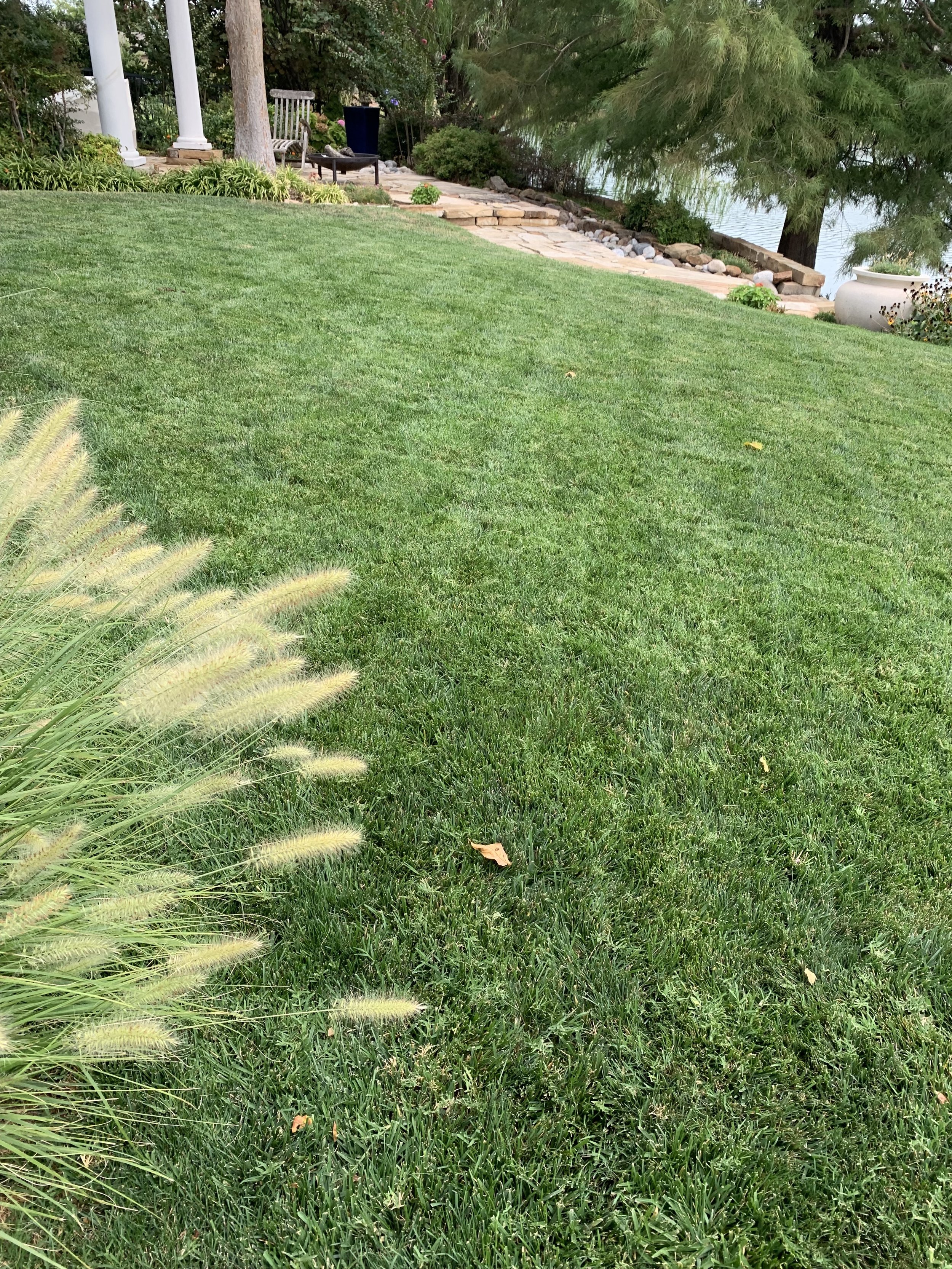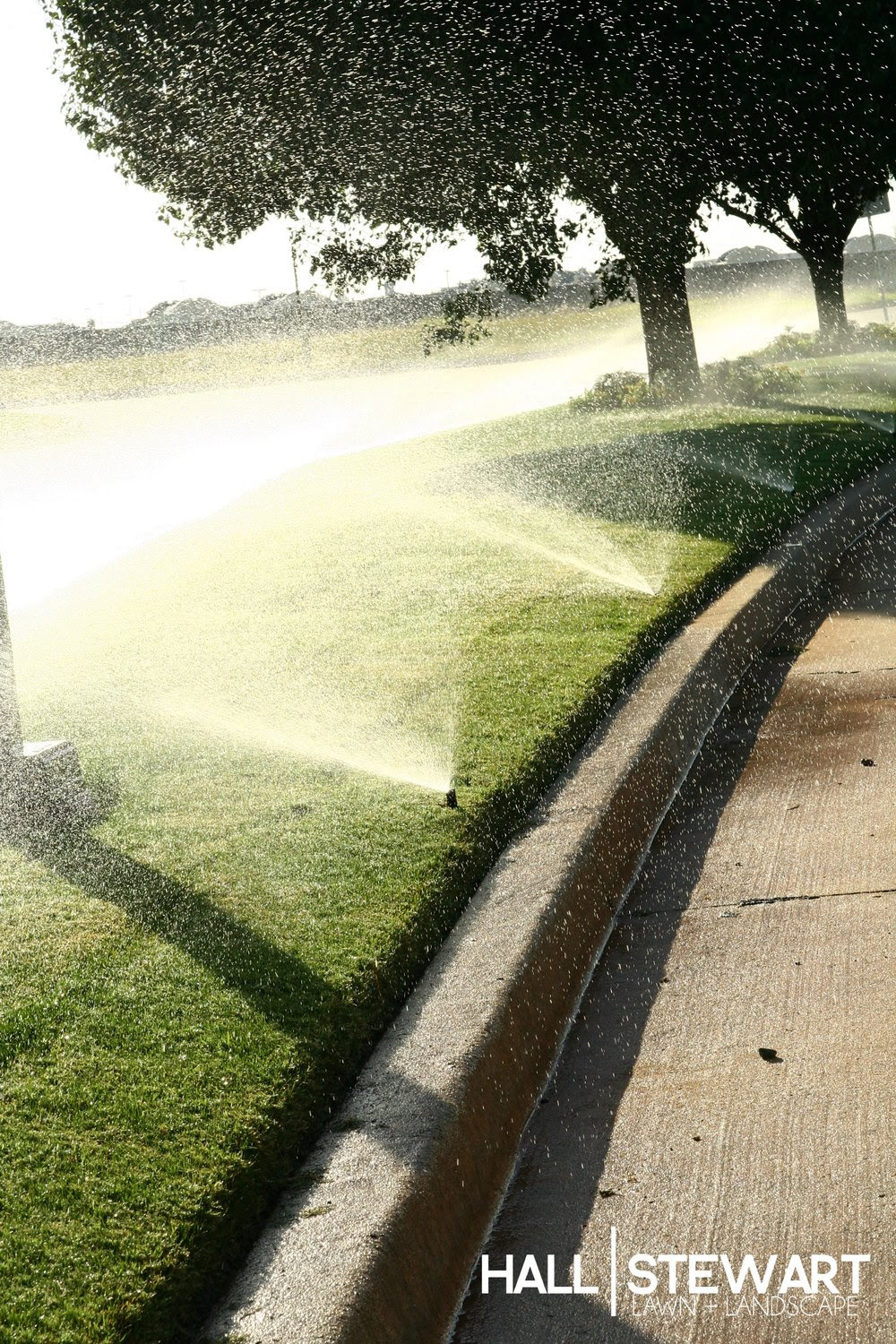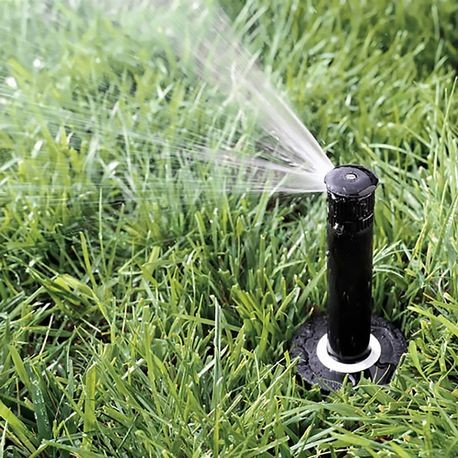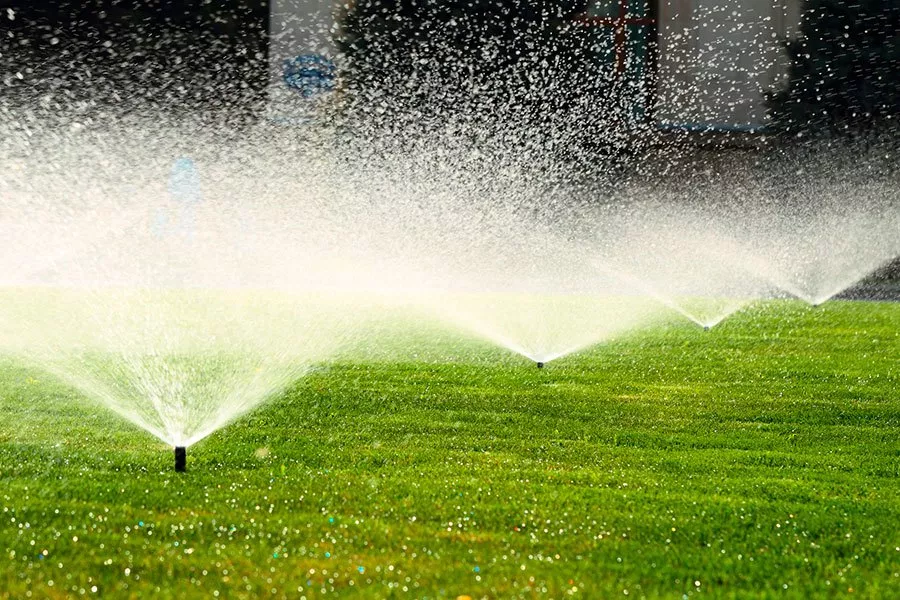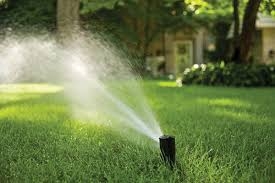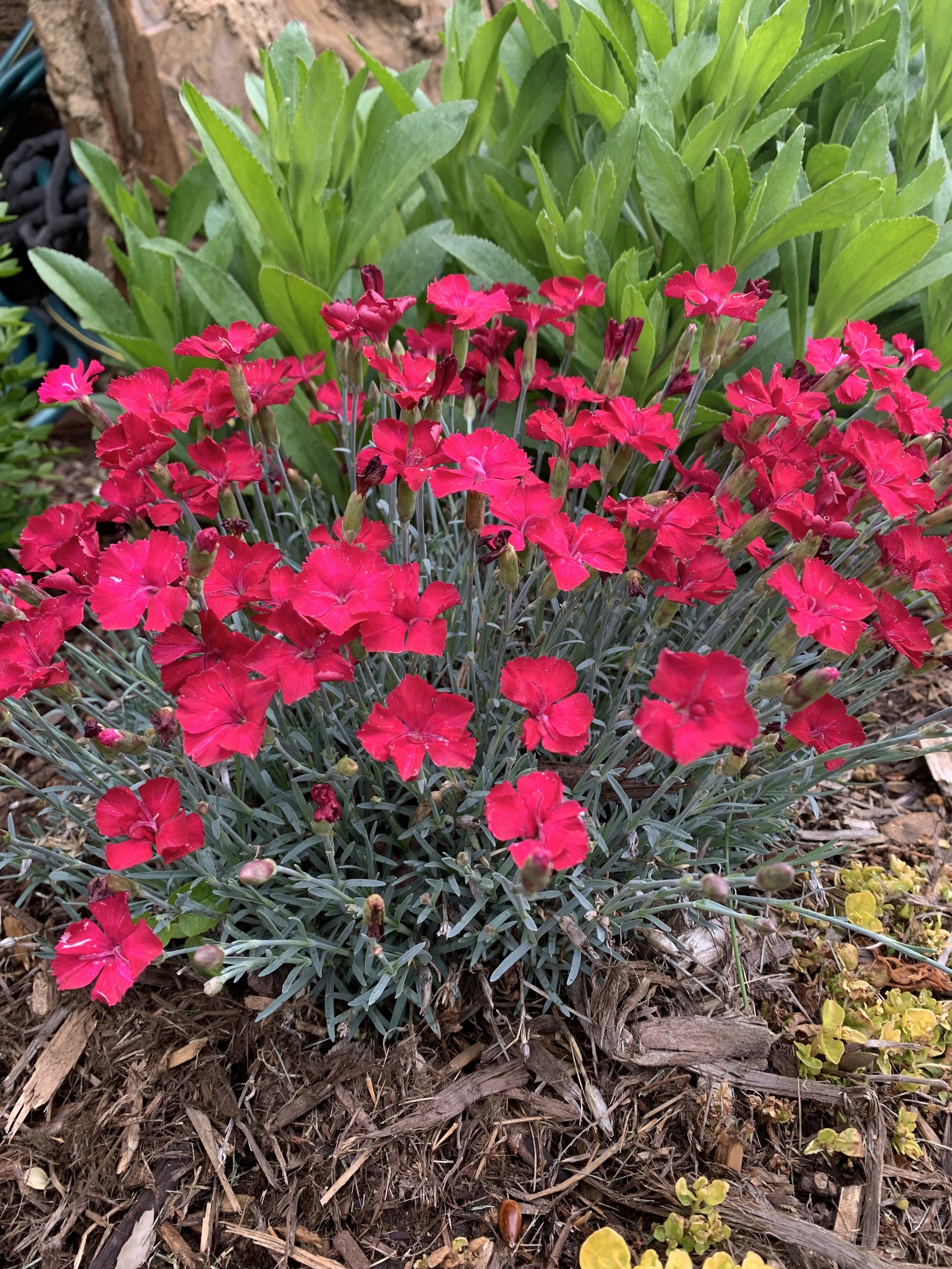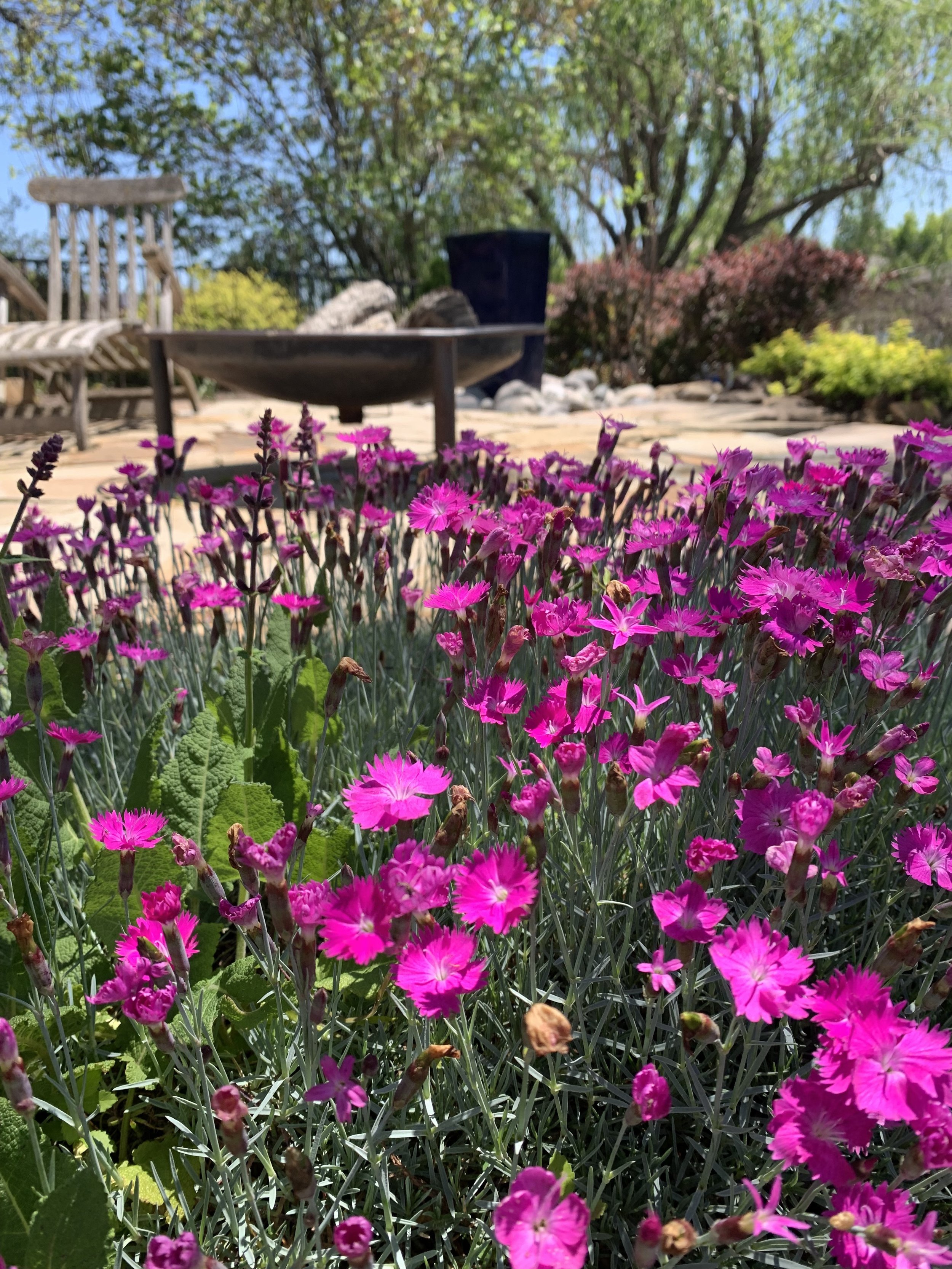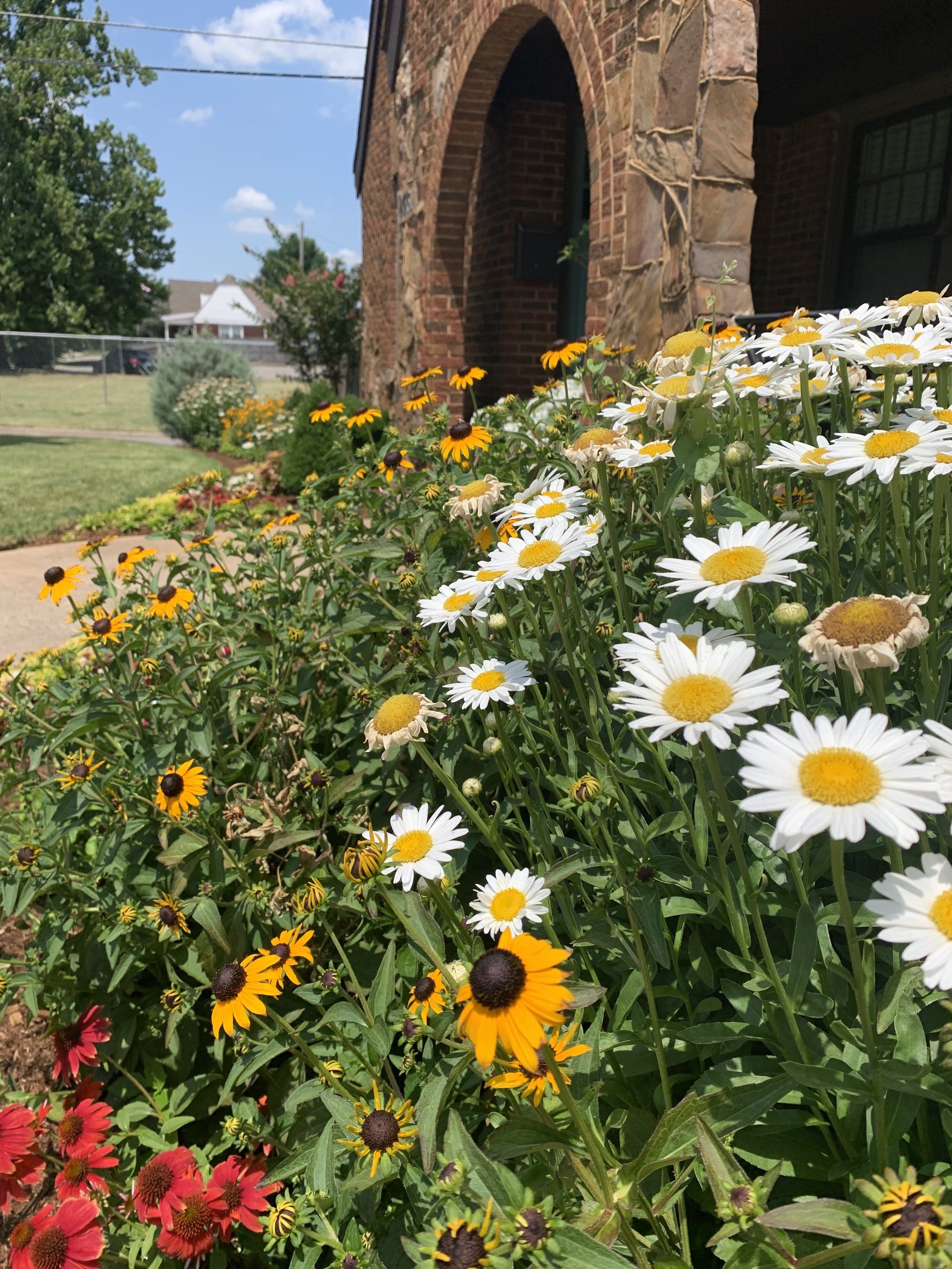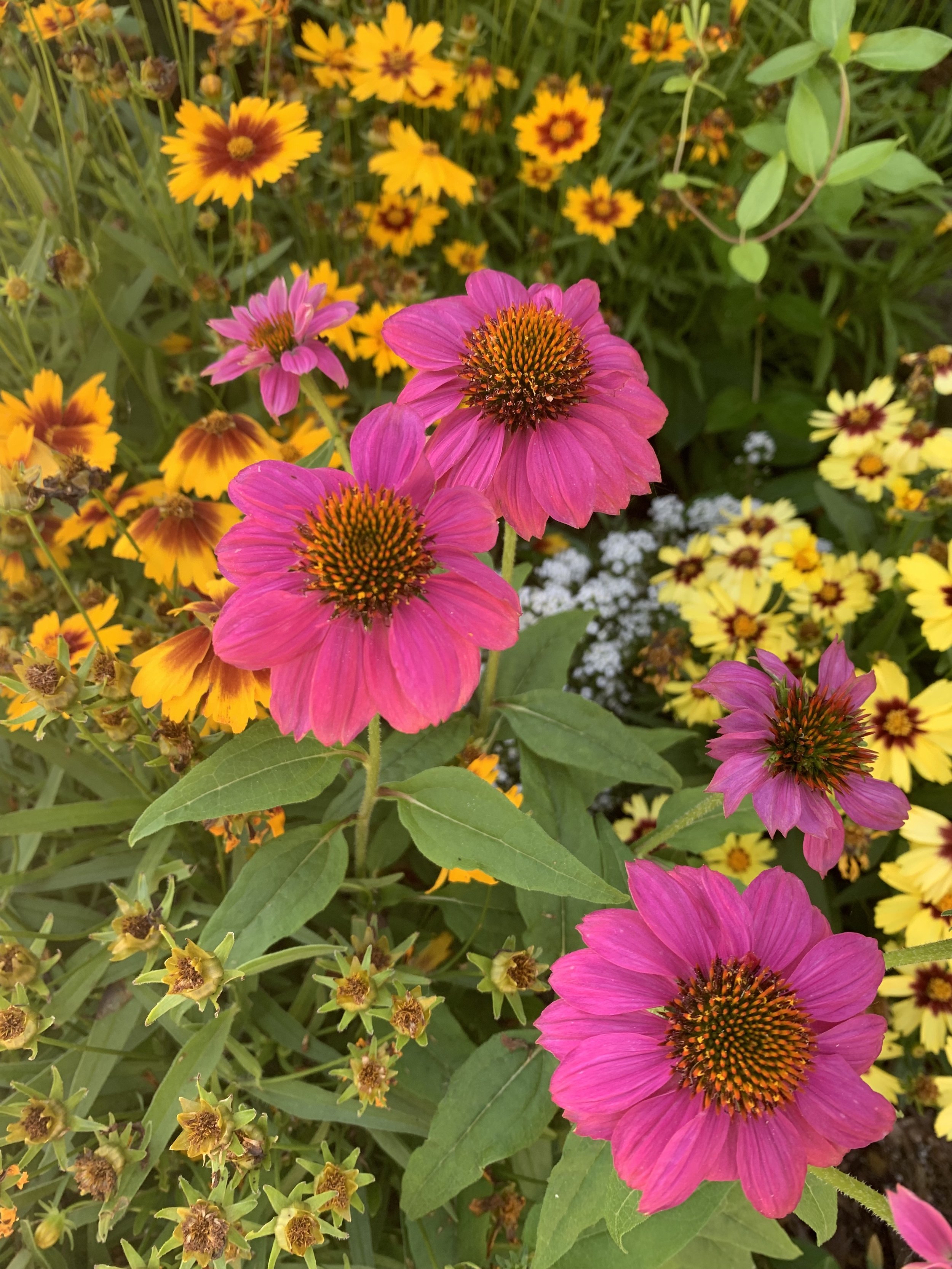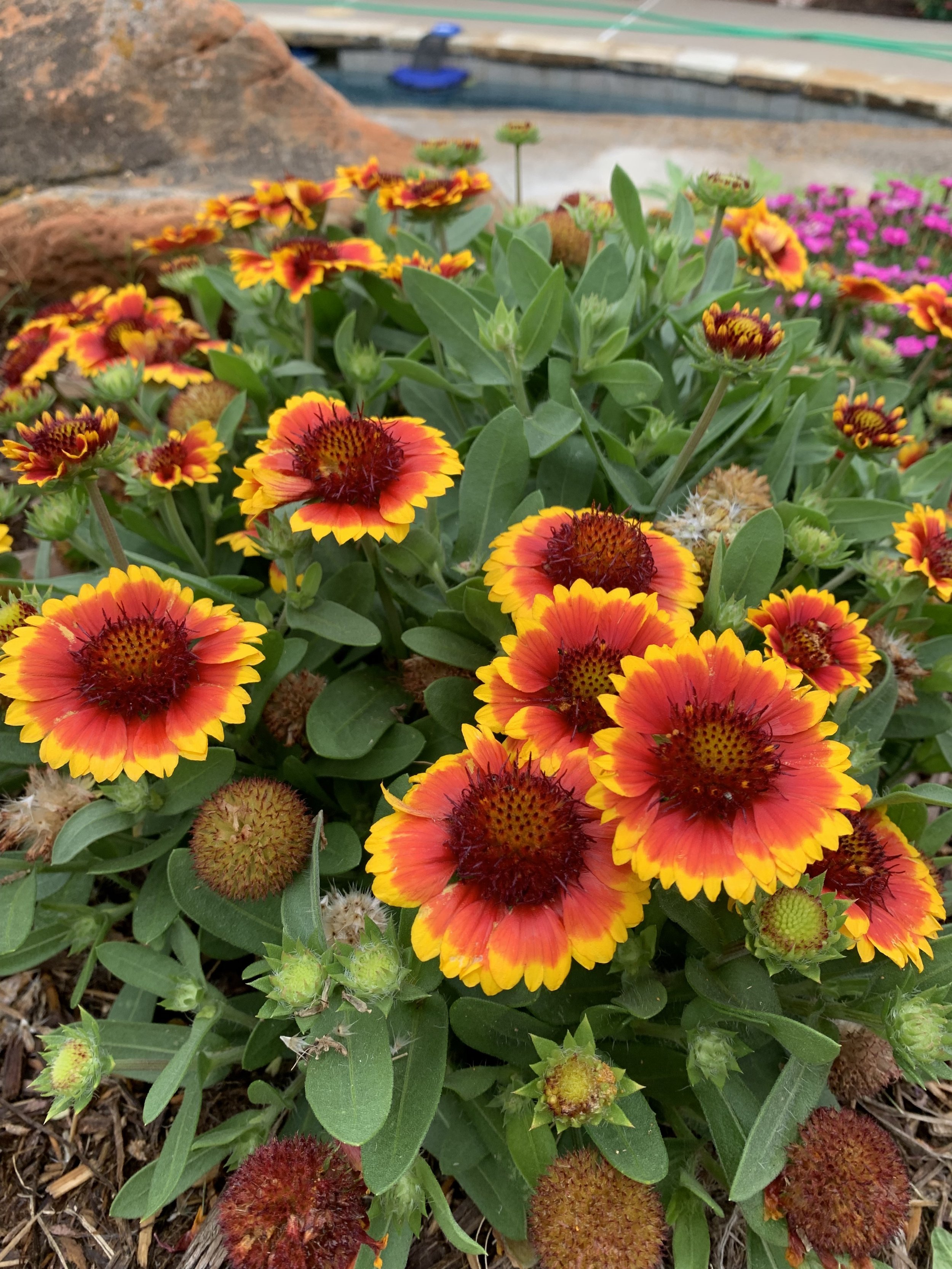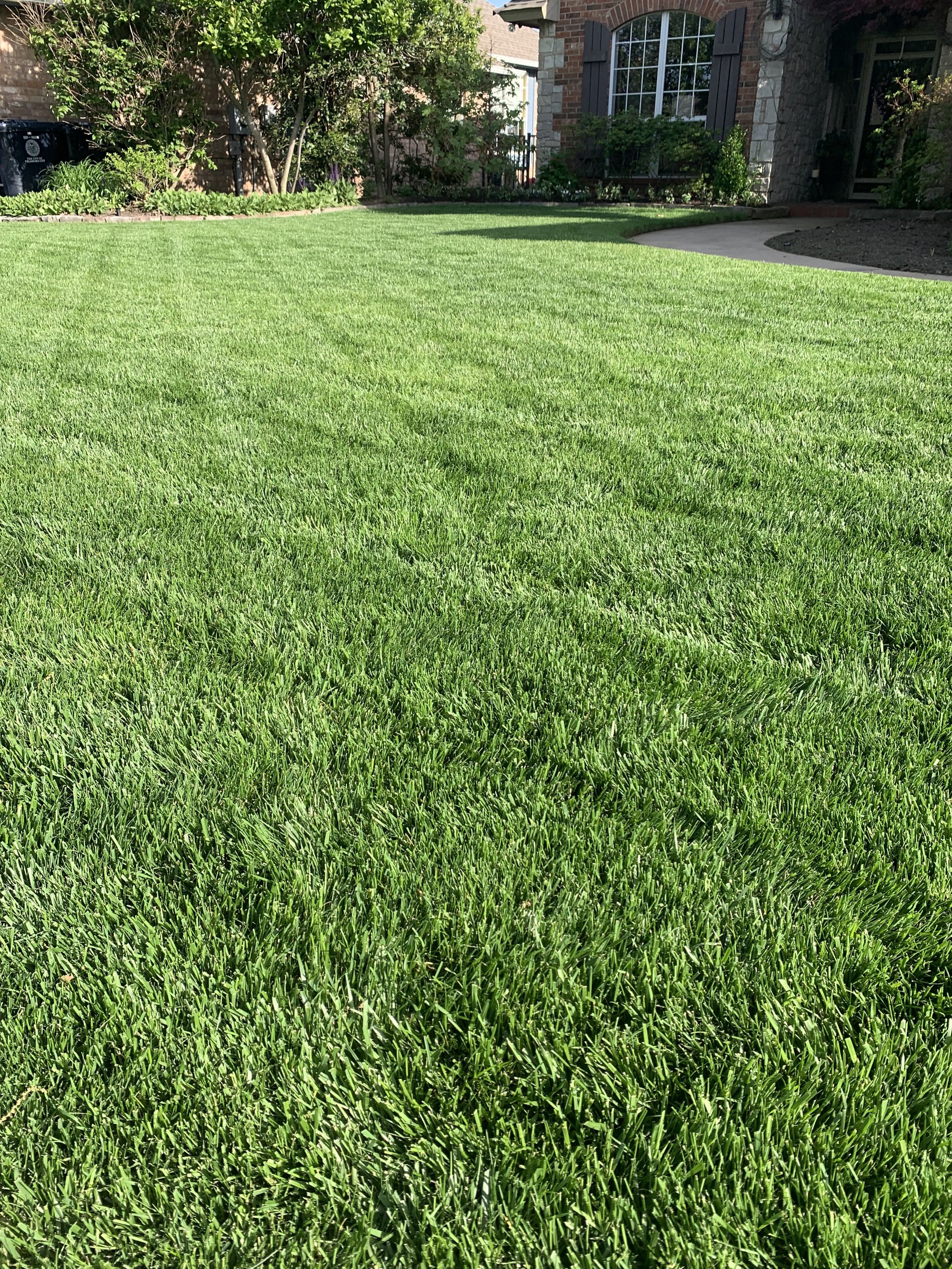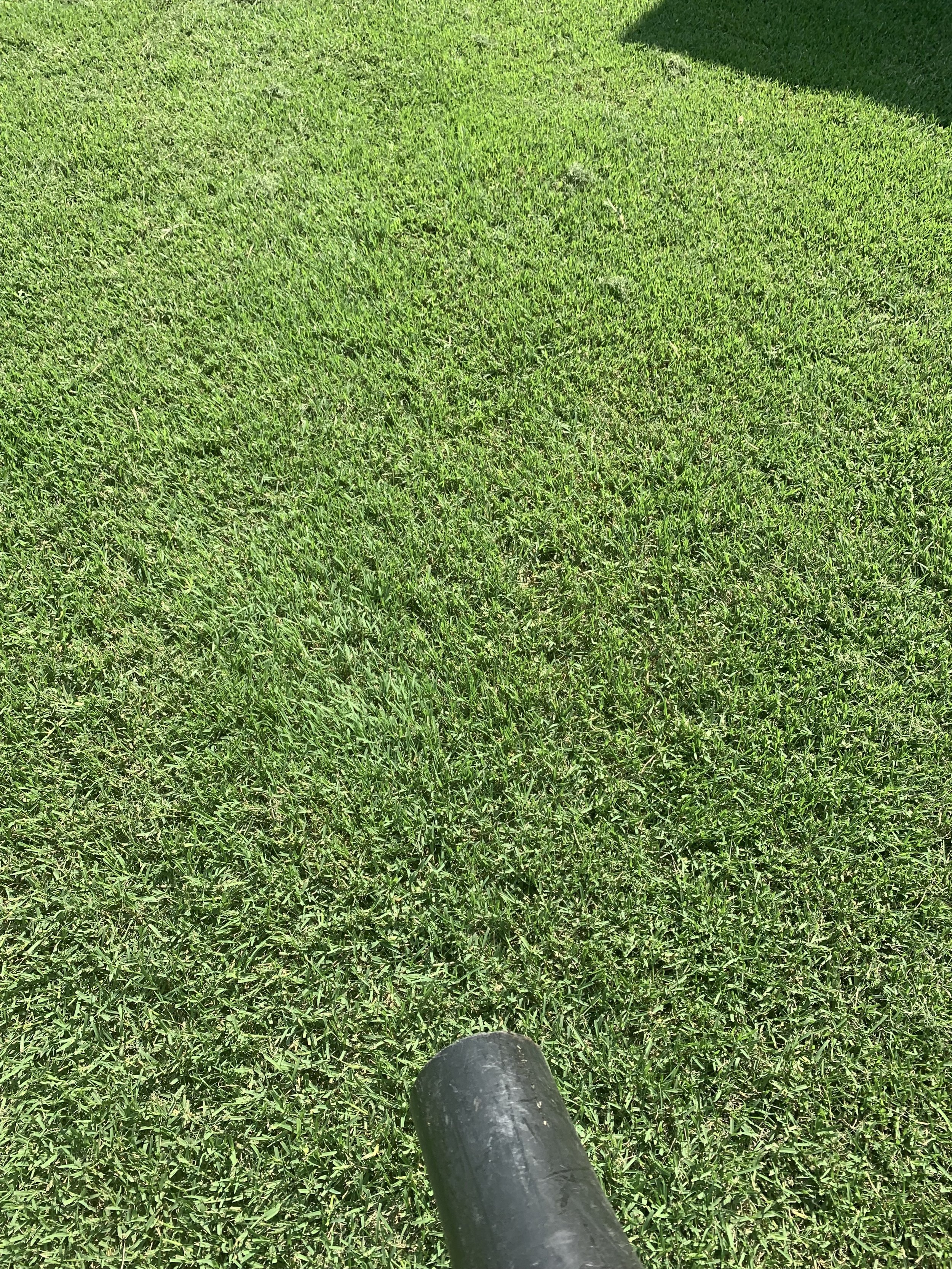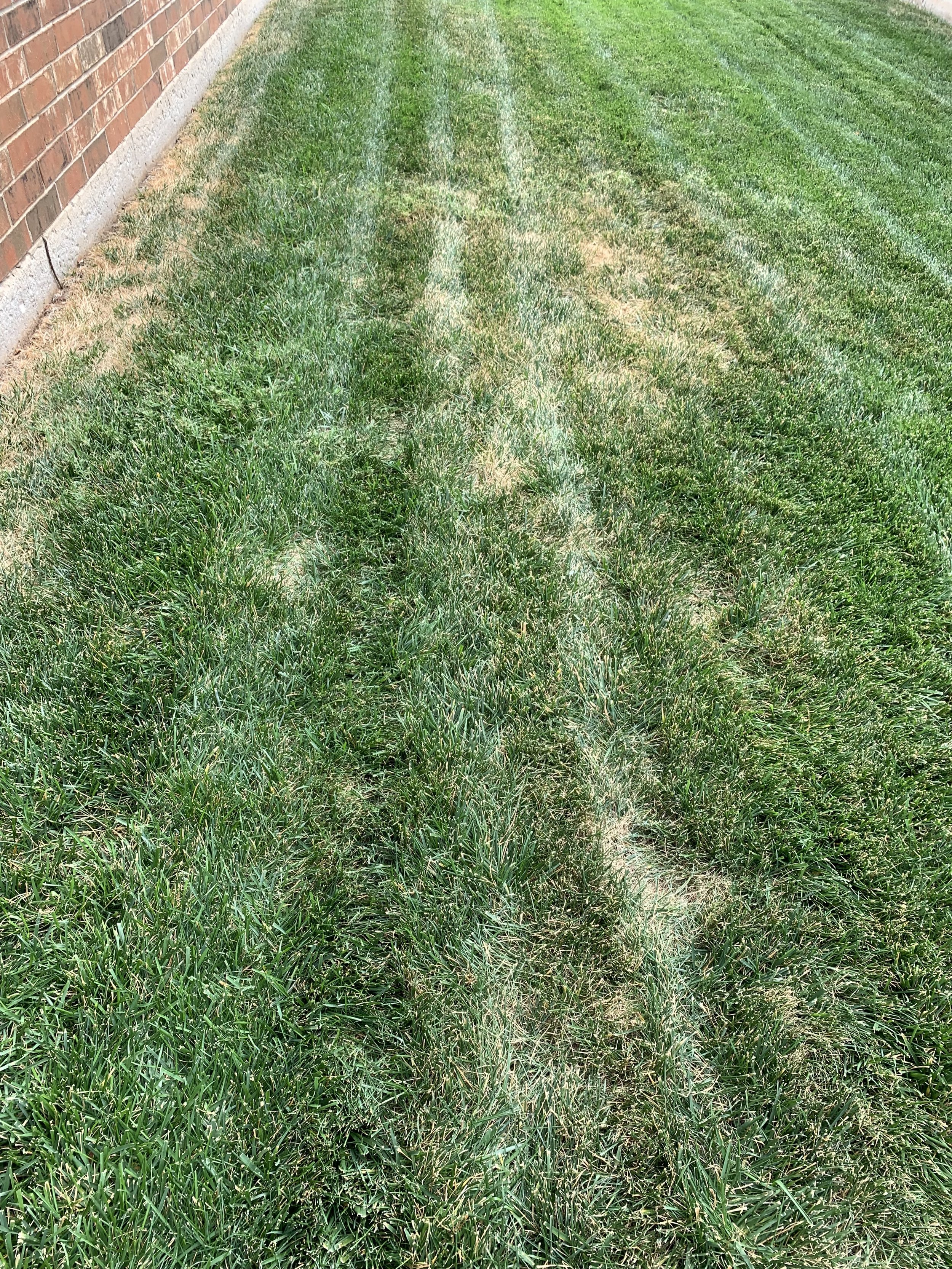Tree pruning is possibly the most important winter landscape activity.
Proper tree pruning during the early years of a tree is an essential practice for any landscape.
Mature neighborhoods are full of examples of trees that were properly trimmed resulting in assets to the landscape. In the same neighborhoods, some trees were left untouched leaving to chance if they would add value to the landscape someday. And other trees were improperly pruned destroying their appeal.
Trees are too large of an investment to leave their growth to chance.
Another reason for tree trimming is to correct storm damage. If you live in Oklahoma, it is likely you have had or will have to deal with tree damage due to wind or ice.
Let’s first cover maintenance pruning of younger trees, then tree trimming techniques, and finally we will tackle restorative pruning concepts to continue to return your trees to their former beauty after they experience storm damage.
Here are a few things to consider when pruning young trees:
Spend a few minutes studying the shape of the tree before making any cuts. Have a plan of what needs to be accomplished before making your first cut.
Avoid pruning the central leader. If there is competition for the central leader, select the best leader and reduce the size of the competing leaders. When dual central leaders are allowed to grow, there will be two negative outcomes: the tree will not grow as tall and have more of a rounded top, and the tree will develop a weak top more suspectable to storm damage.
Young trees if not properly trimmed will add little value to the landscape as they mature.
Prune branches around the perimeter that extend beyond the desired shape. If it is a species with a central leader, prune the tree to a gentle pyramid shape. If it is an oval-topped tree, prune any branches that are out of proportion. If the tree is in a location where southern winds are impacting the shape, reduce the north side of the tree.
Gradually remove lower branches over the years. As a tree begins to reach maturity, it is best to be able to walk under the branches with your arm fully extended without touching branches.
Remove branches that are too close together on the trunk. My rule of thumb is for there to be a minimum of one to two hand widths between all branches.
Remove vigorous vertical branches. Known as waterspouts, these branches grow quickly and are weakly wooded. If not removed, they are the first to go during wind and ice storms.
Remove downward-growing branches.
Remove any branches that are larger than the trunk. If not, weak branching will be the outcome.
Remove crossing or rubbing branches.
Remove branches that are growing into the center of the tree.
Never remove more than 1/3 of the branching system in a single year. If major pruning is needed to correct a tree, do it over a few years.
A folding hand saw is a great tool for tree pruning.
A good tree cut is located at the branch collar, smooth and straight.
Tree trimming techniques:
When pruning a branch back to the trunk, prune close to the branch collar.
When removing branches over 2” in width use a three-cut method. Make the first cut 18” above the collar on the underneath side of the limb. Make the second cut on the top side of the first cut. Then remove the remaining stub at the branch collar.
When branch pruning (vs not removing the branch completely at the trunk) make your cut ¼” above a bud. Select a bud facing the direction you want the branch to grow and make the cut on a diagonal.
Should you use tree wound dressing? There is good research for both using dressing on cuts and not using a wound dressing. Our experience is tree wounds heal quicker without a dressing, so we tend not to use a dressing.
Most routine tree pruning and minor restorative pruning can be accomplished with these 4 tools.
Lower branches on this Chinese Pistache will be pruned this winter. Goal is to be able to walk around under mature trees and not be able to touch any branches with an outstretched hand.
Good tree pruning removes lower branches in proportion to the size of the tree to avoid lollipop shaped trees.
Before
After
Lower branches were removed. Shape was improved by removing overgrown perimeter branching.
Restorative Tree Pruning:
Walk around the tree from a distance. There is a good chance that the tree canopy will need more shaping this year. If the canopy of the tree is out of balance, make a plan to thin the tree on the heavy side.
Before making any cuts, determine the direction you want the branch to grow. If you need to fill in the middle of the tree, select growth toward the center of the tree. If you need to develop outward growth, select a branch growing outward.
Our Chinese Pistache one year after heavy ice storm damage destroyed the oval canopy. Restoration is a multi-year process when a tree is heavily damaged.
At the point of most restorative cuts, it is best if only one or two branches remain. If selecting more than one, they need to be at least one hand width apart.
For trees that lost a large portion of their canopy two years ago, the disproportionate amount of root system to canopy most likely resulting in an abundance of new branch growth again this year. Thin out and remove excessive branching, crossing branches, and branches growing into the interior of the canopy.
When selecting two branches to remain it is best if they are at least one hand width apart.
With less canopy to support our Chinese Pistache has produced a lot of new branches this year that need to be thinned out.
Three years post-ice storm our Chinese Pistache’s shape has greatly improved after two winters of restorative pruning. One more year of pruning is planned after the Christmas lights come down in January.
Our Chinese Pistache with a wonderful oval canopy before the ice storm in October of 2020.
If the central leader was damaged two years ago and cuts were made to establish a new central leader, notice how the new central leader is developing. Remember, it is important to not allow a cluster of new branches to compete for the central leader. The outcome will not be good in future years in both the health and the appearance of the tree.
After year one of restorative pruning our Chinese Pistache has started to regain its oval canopy.
If clusters of new branches are allowed to remain these areas will be weak and susceptible to future ice and wind damage.
Follow the tree trimming techniques listed above.
Restoring a heavily storm-damaged tree is a commitment to a 2-to-3-year process of evaluating and shaping. If your trees were damaged in the ice storm three years ago, don’t miss the opportunity to continue restorative pruning this winter.
Experience and knowledge are important for successful tree pruning.
If you need more information OSU’s Extension Service Fact Sheet HLA-6409,
Or give us a call. We can help by providing an evaluation of your tree’s health and making an improvement plan.
Lorne Hall
Hall | Stewart
(405)367-3873
P.S. Hall | Stewart will be adding new team members in both office administration and lawn care techs in 2024. If you enjoy helping homeowners have their best lawns, let’s visit very soon — lorne@hallstewart.com.

